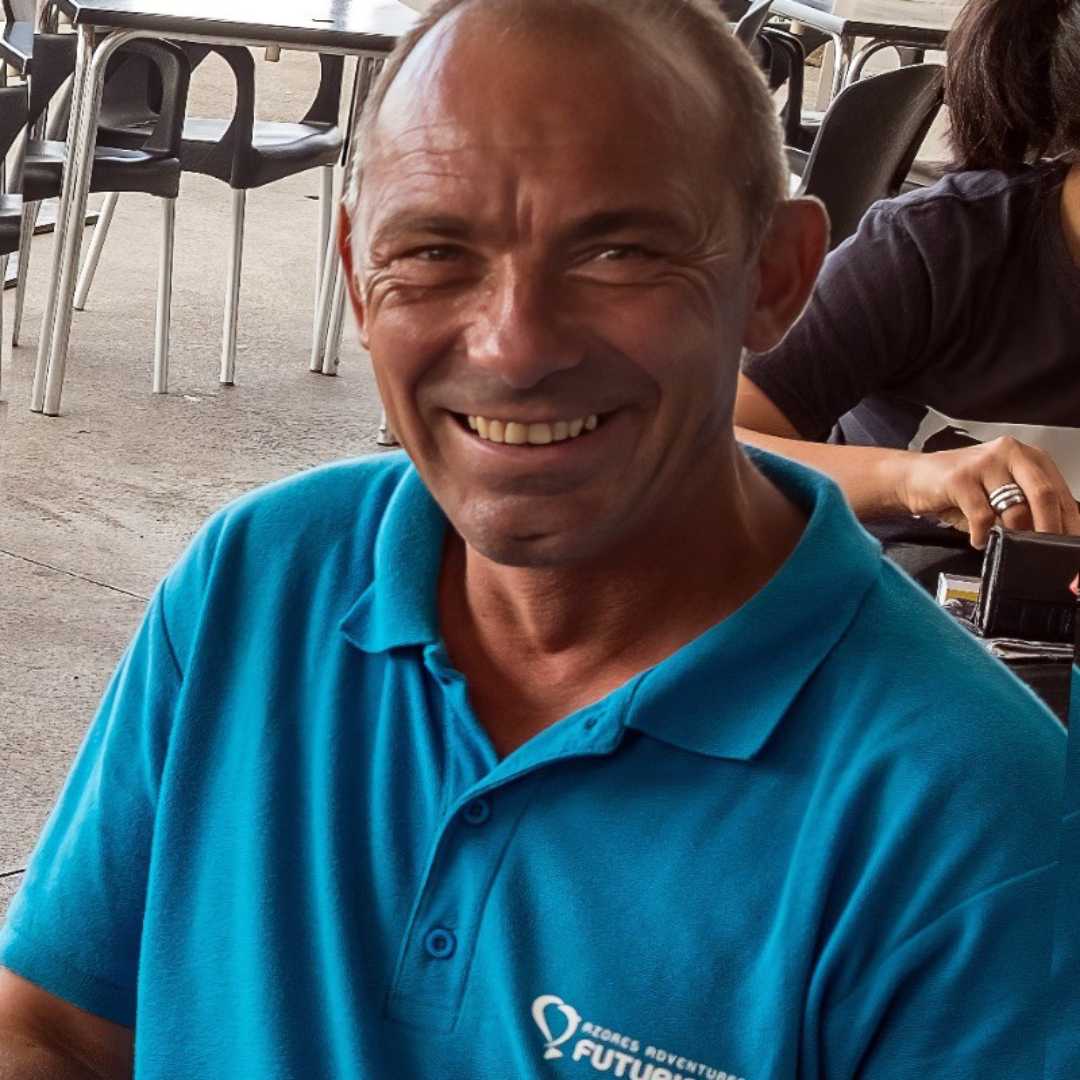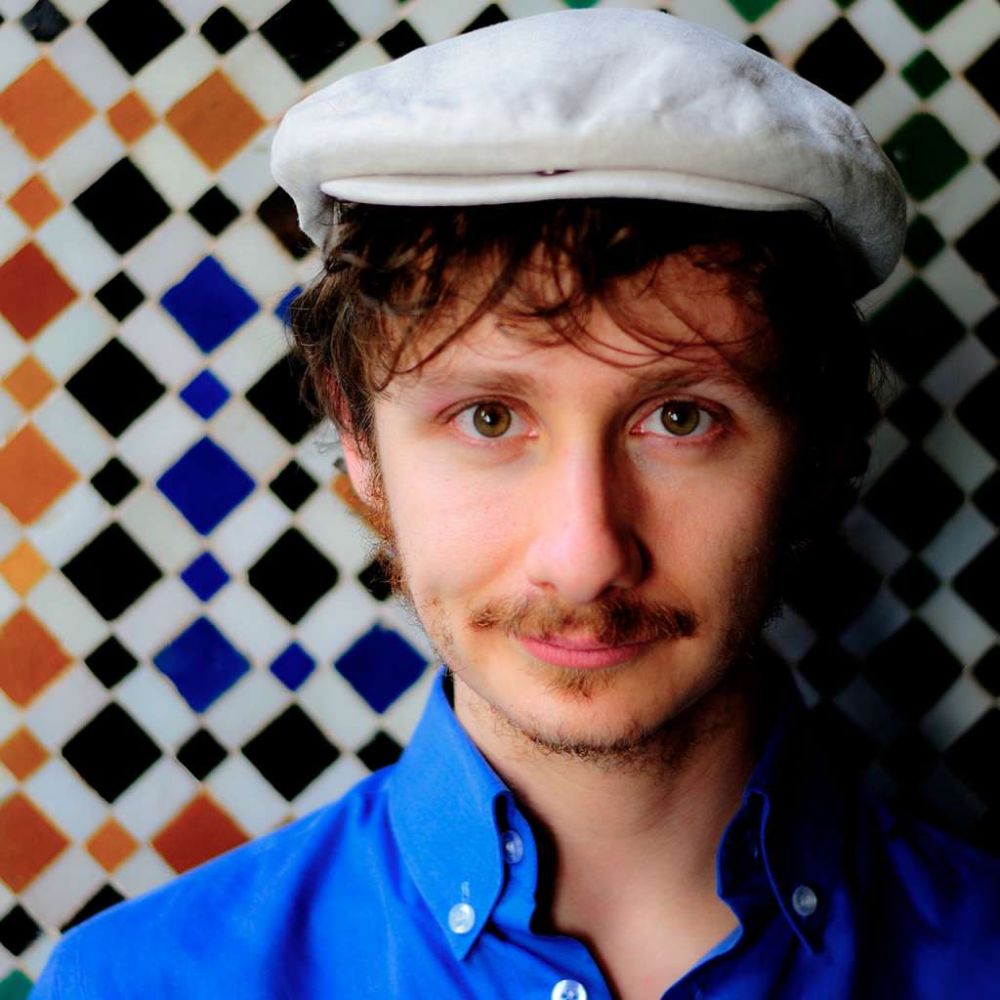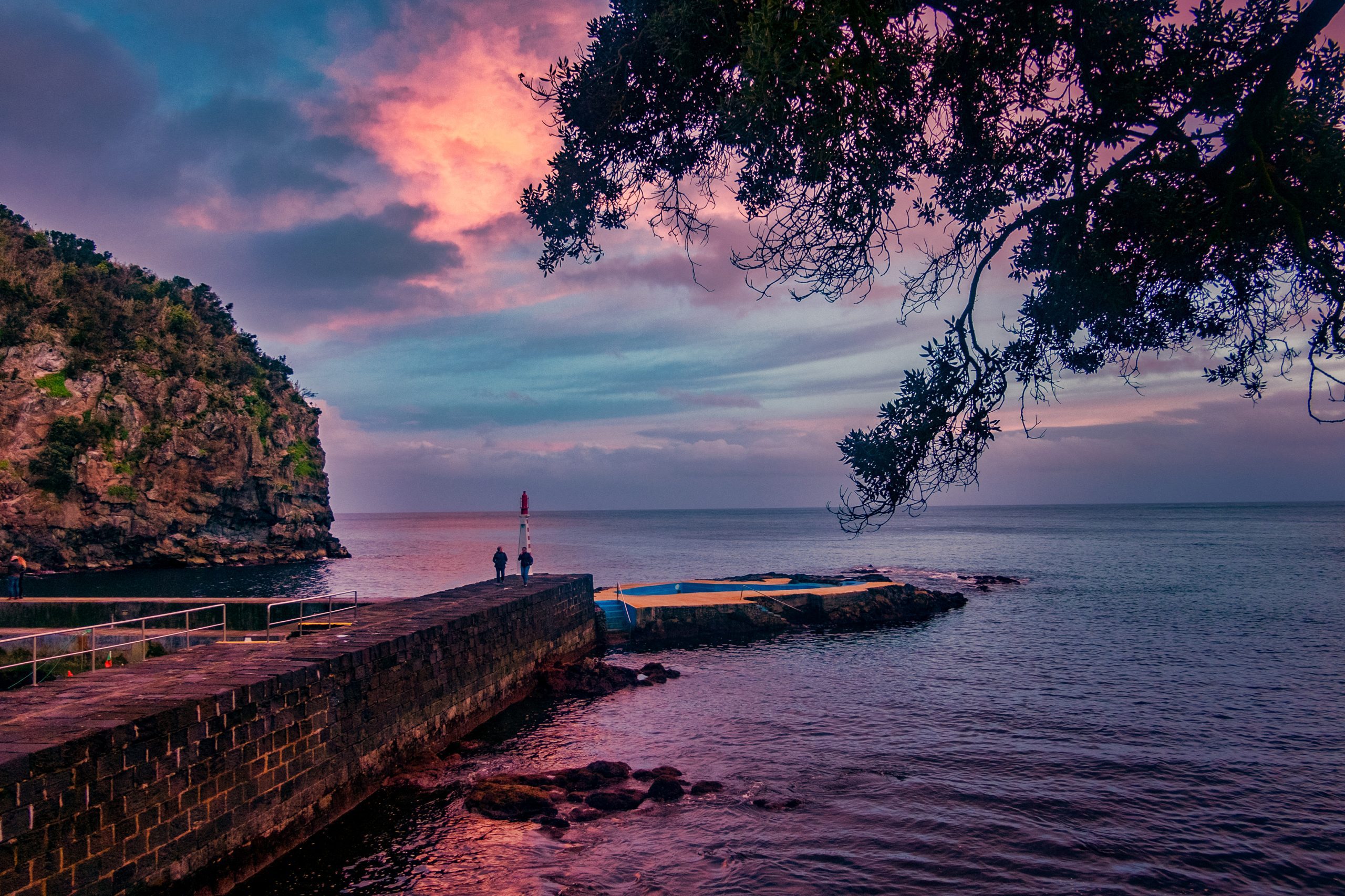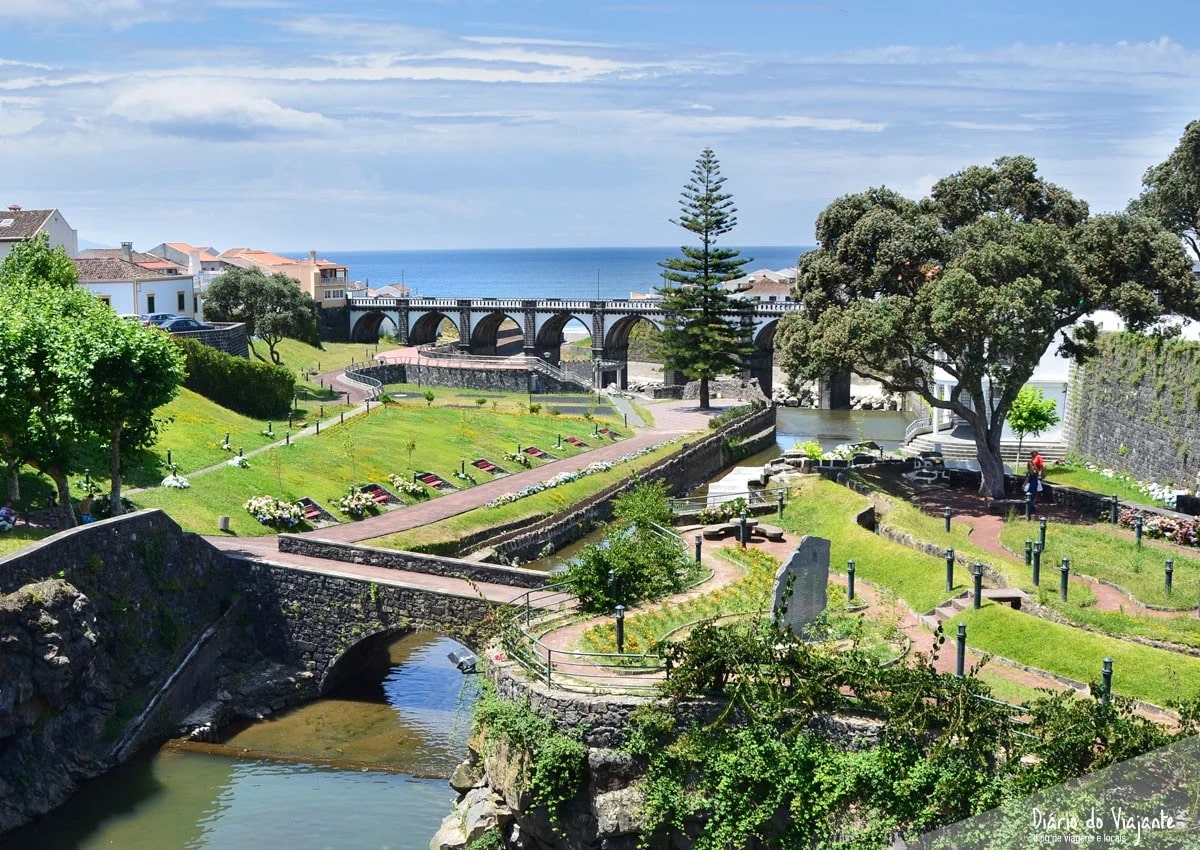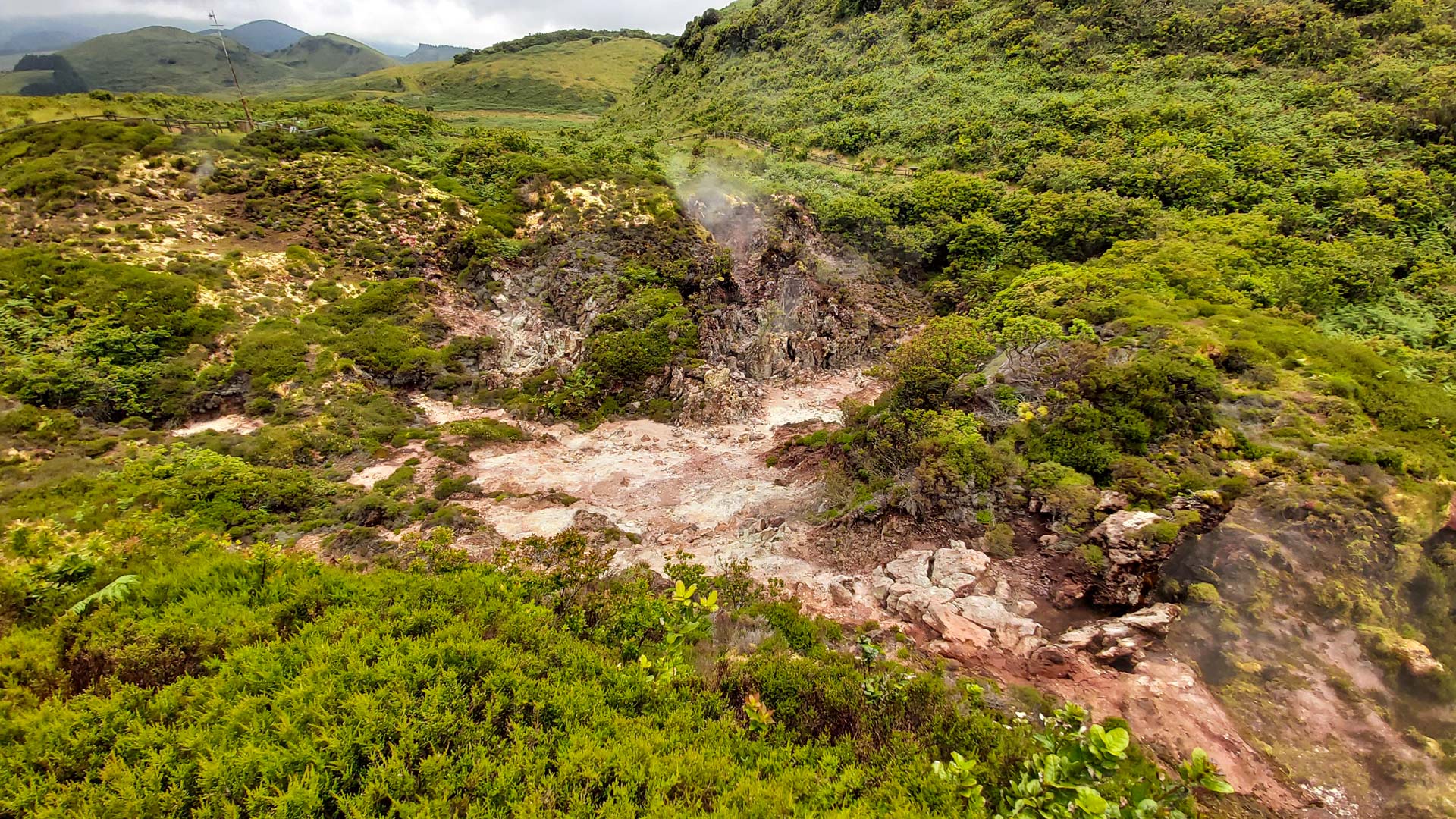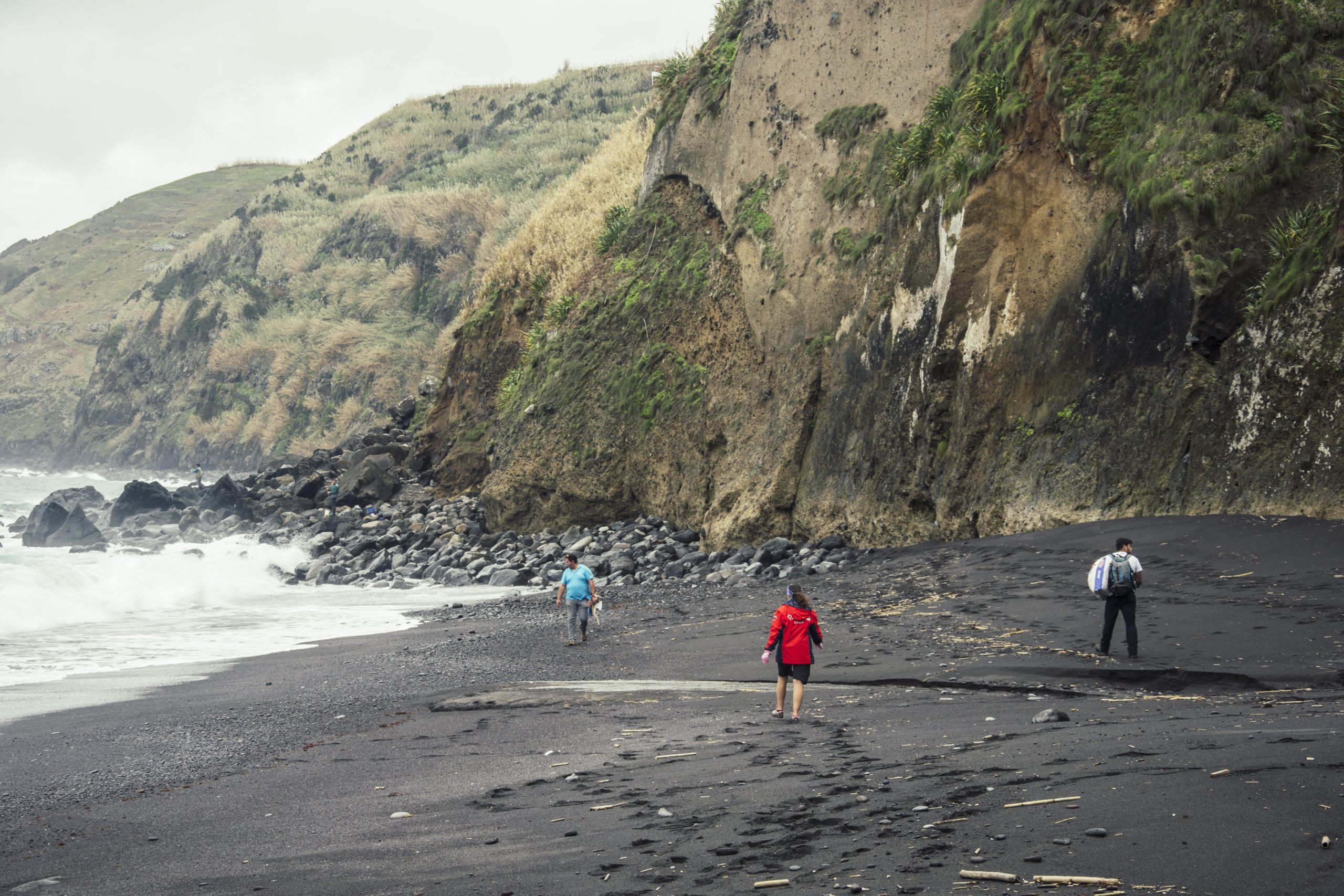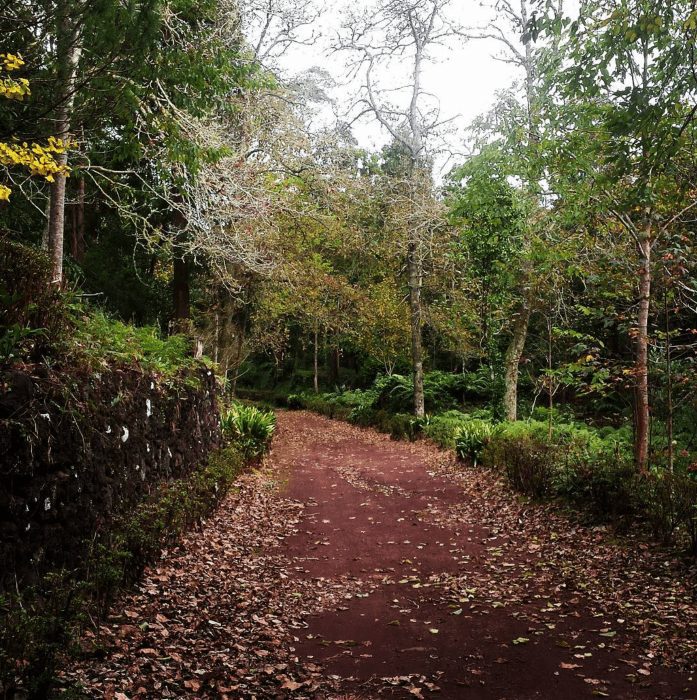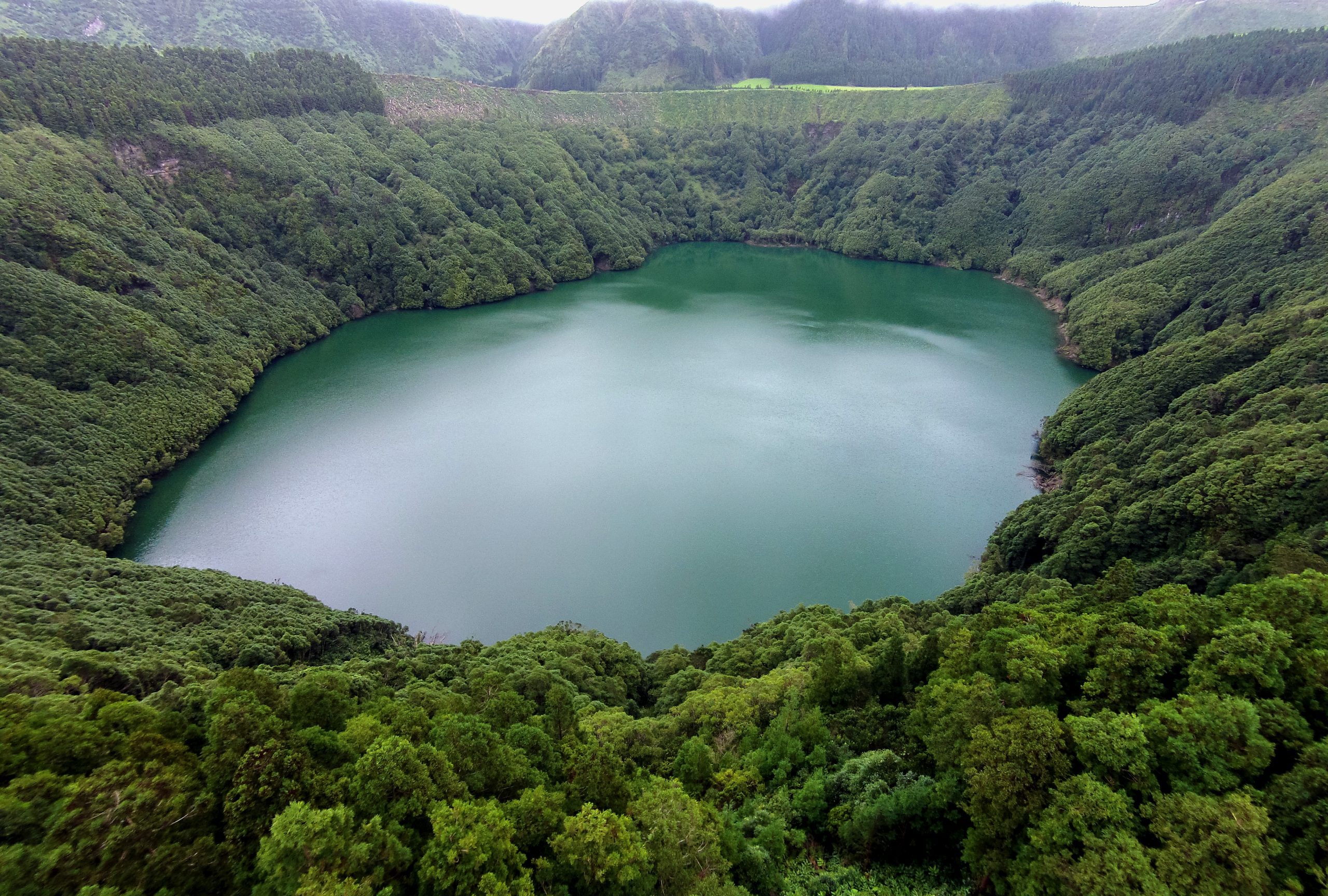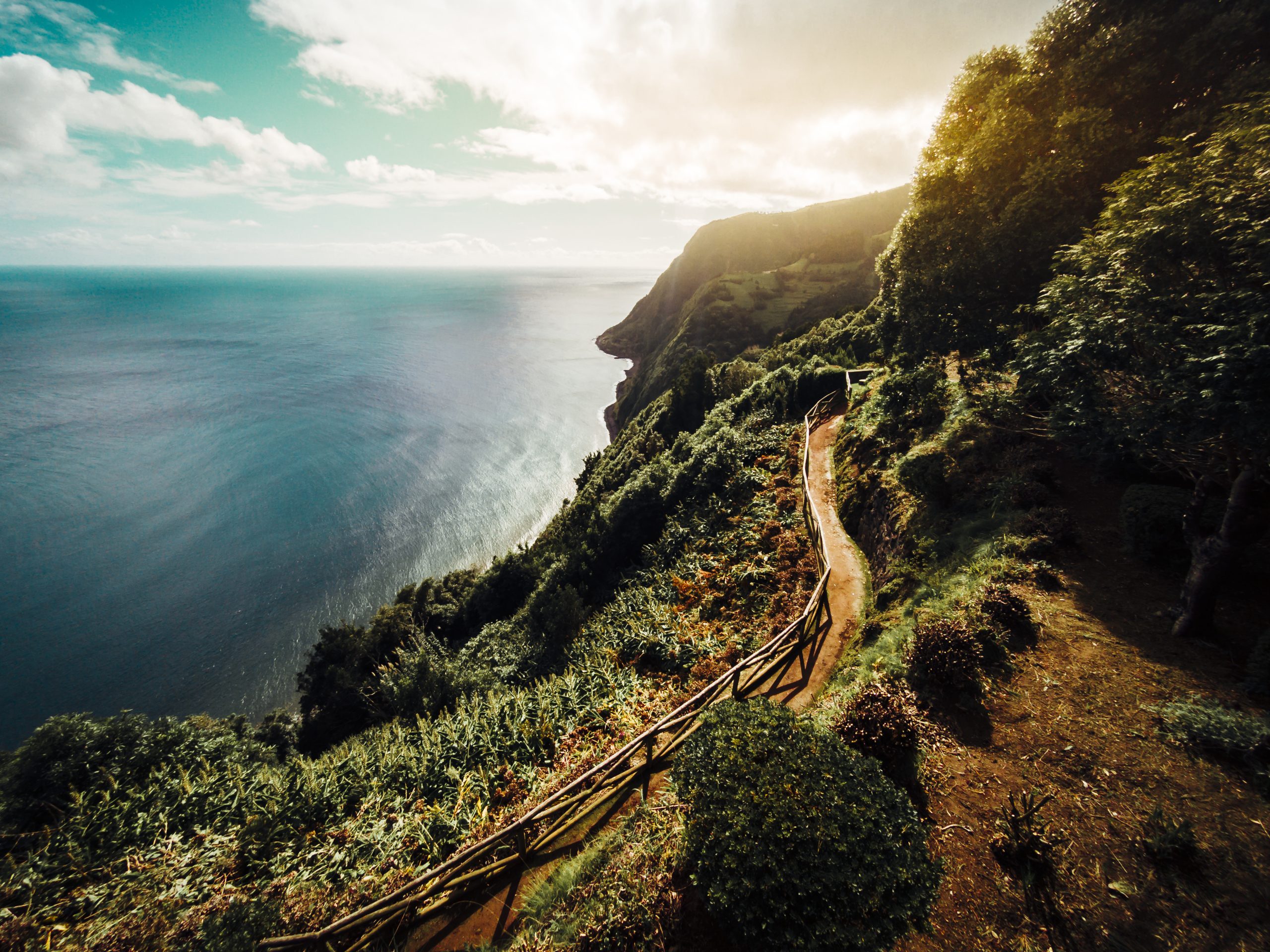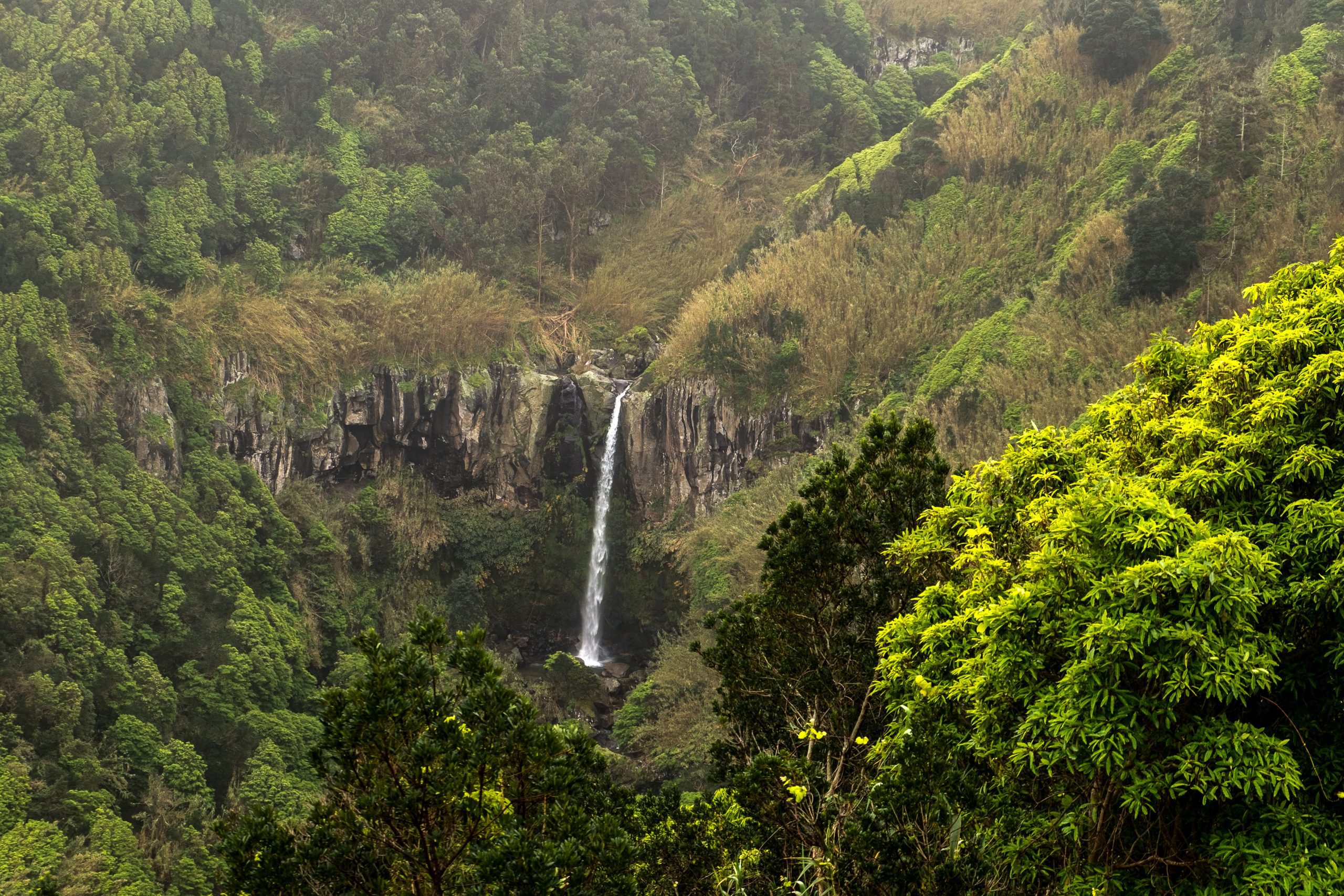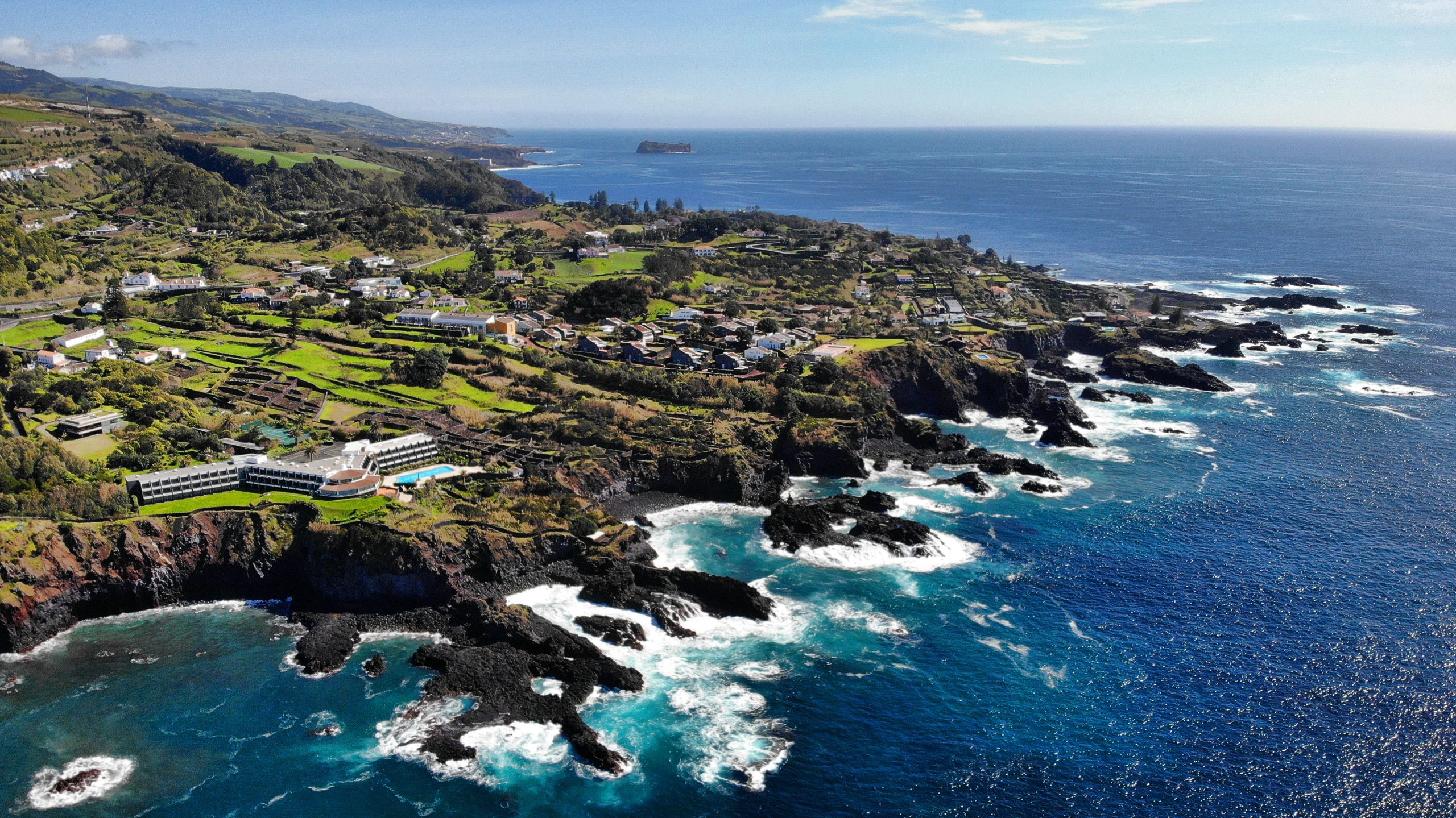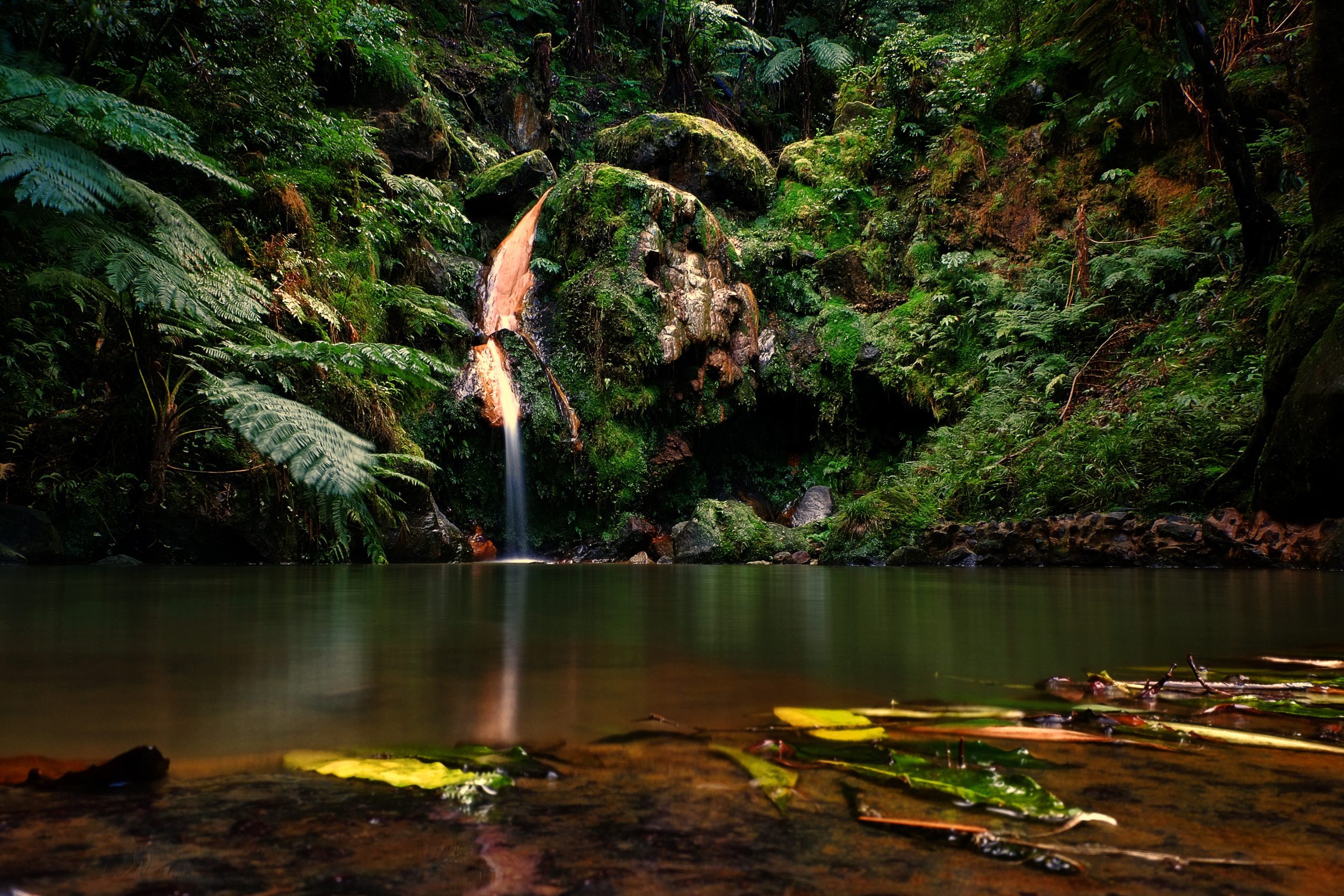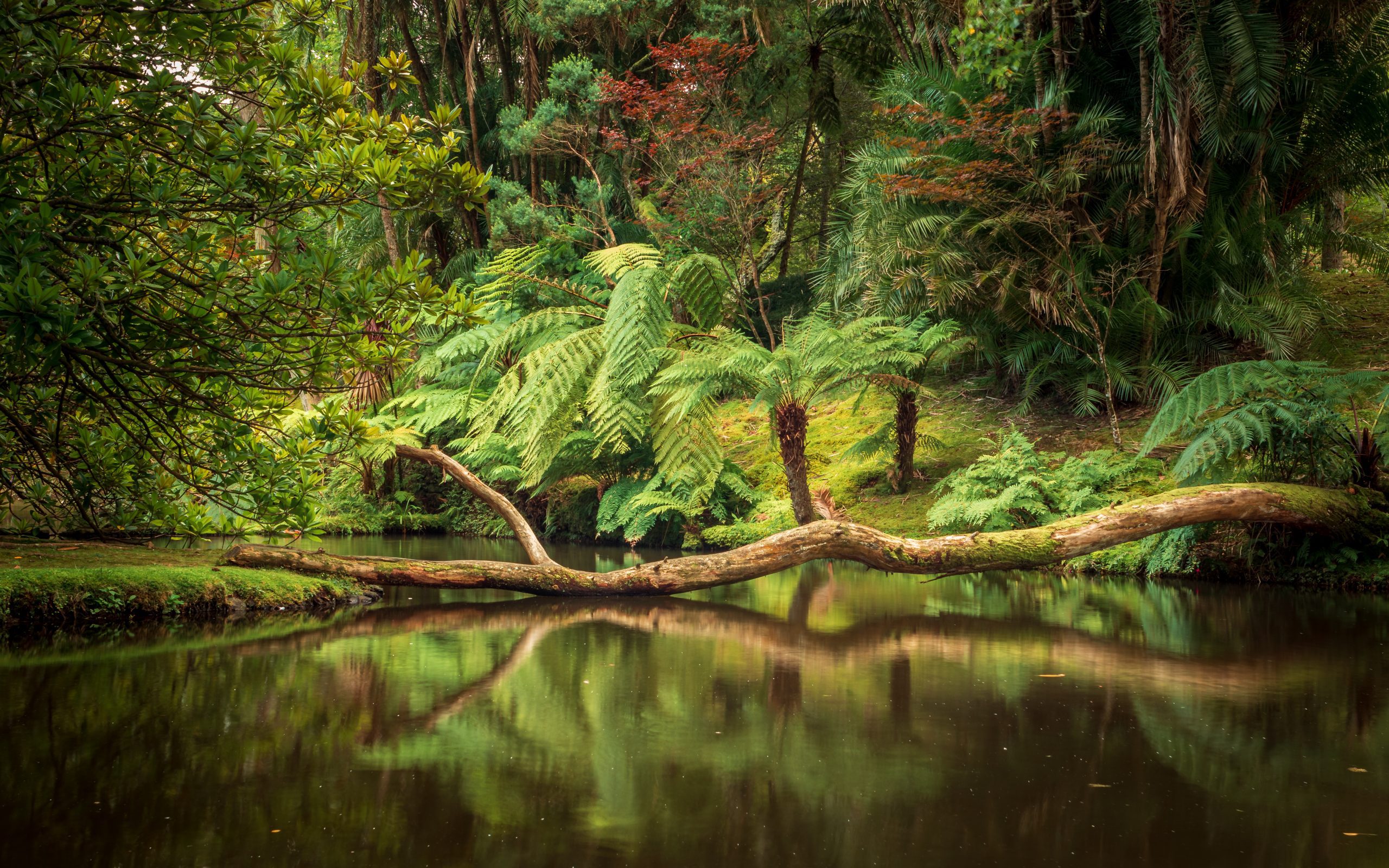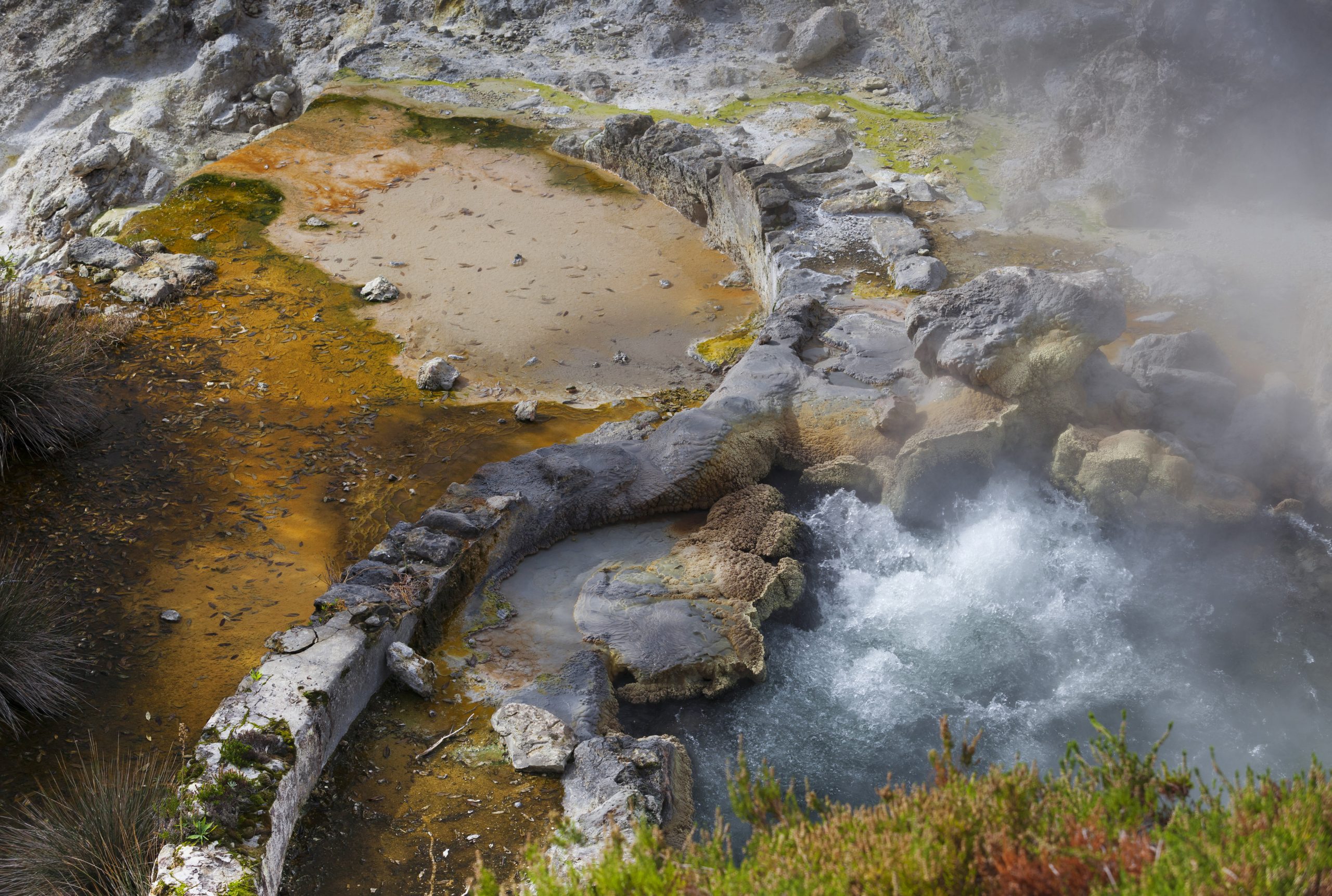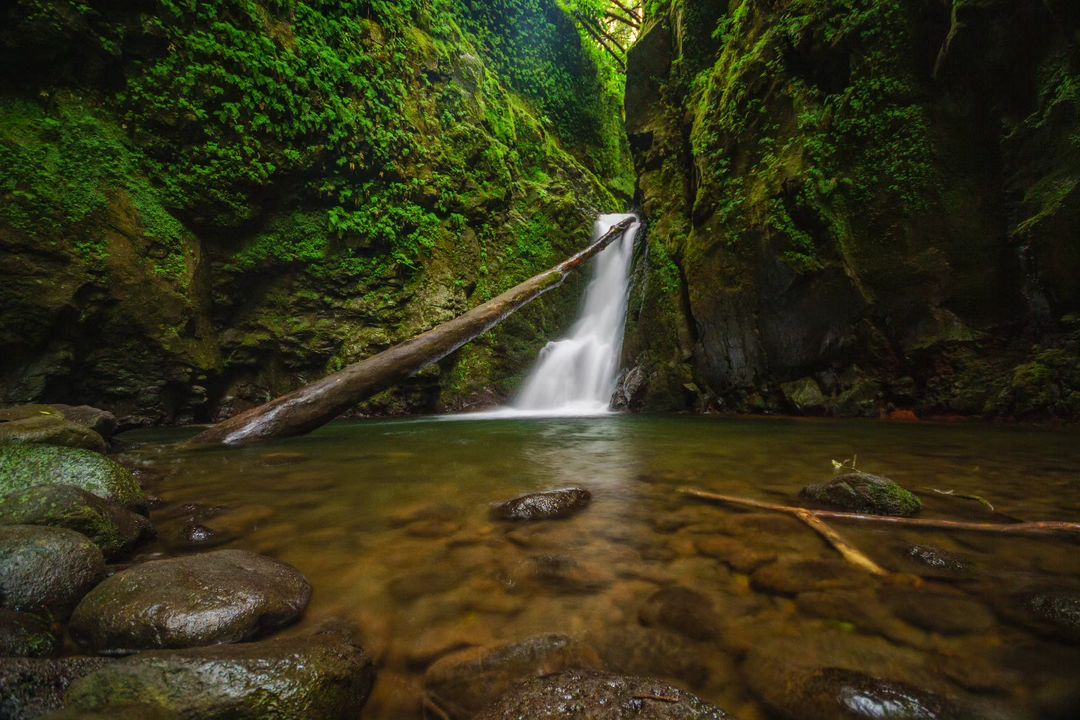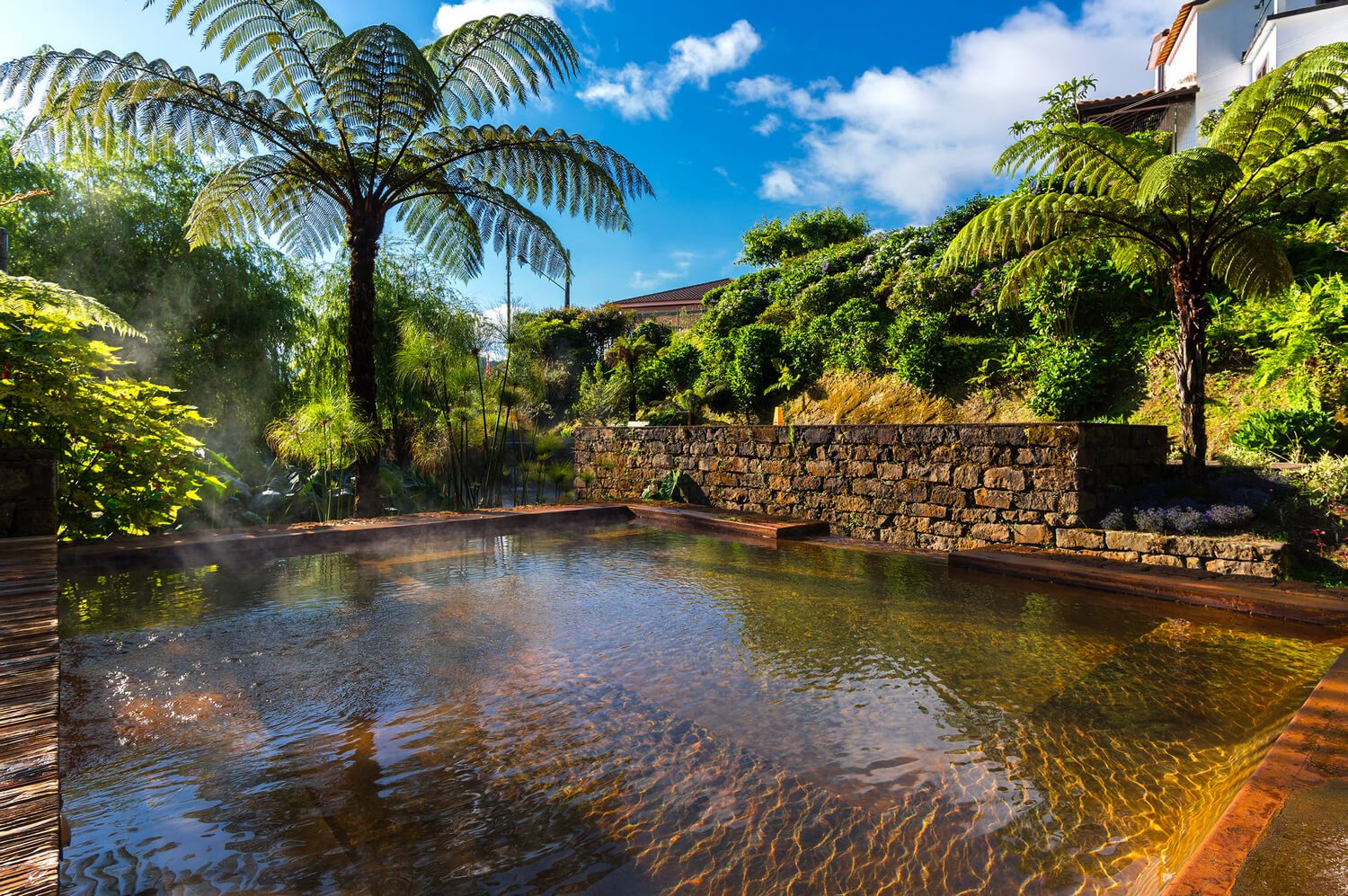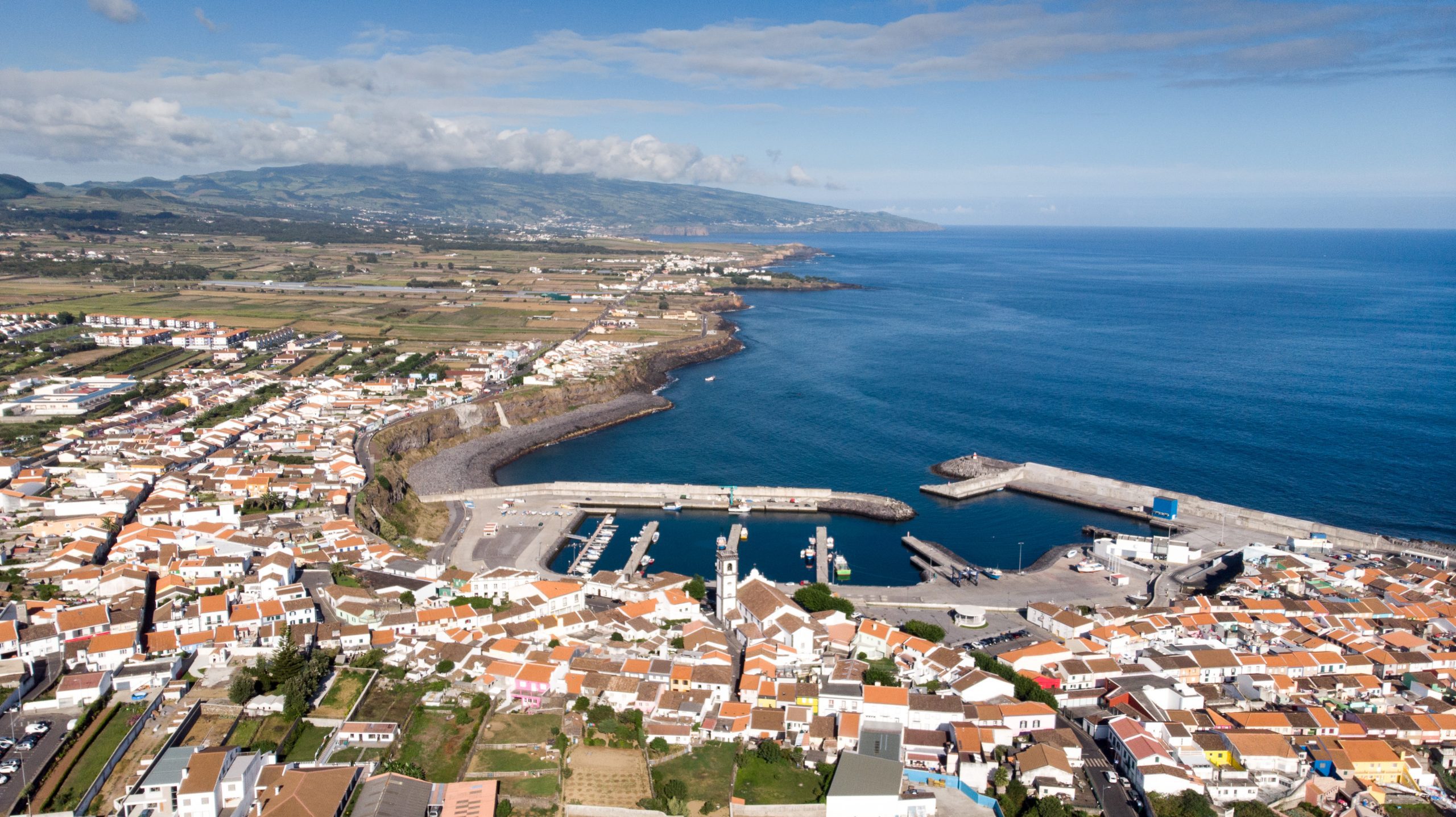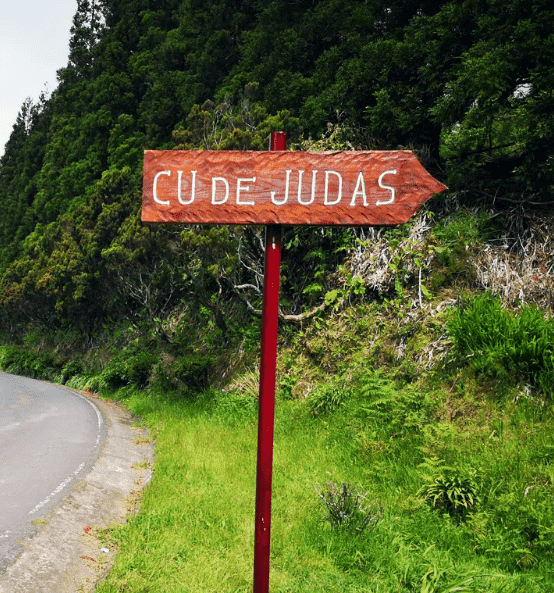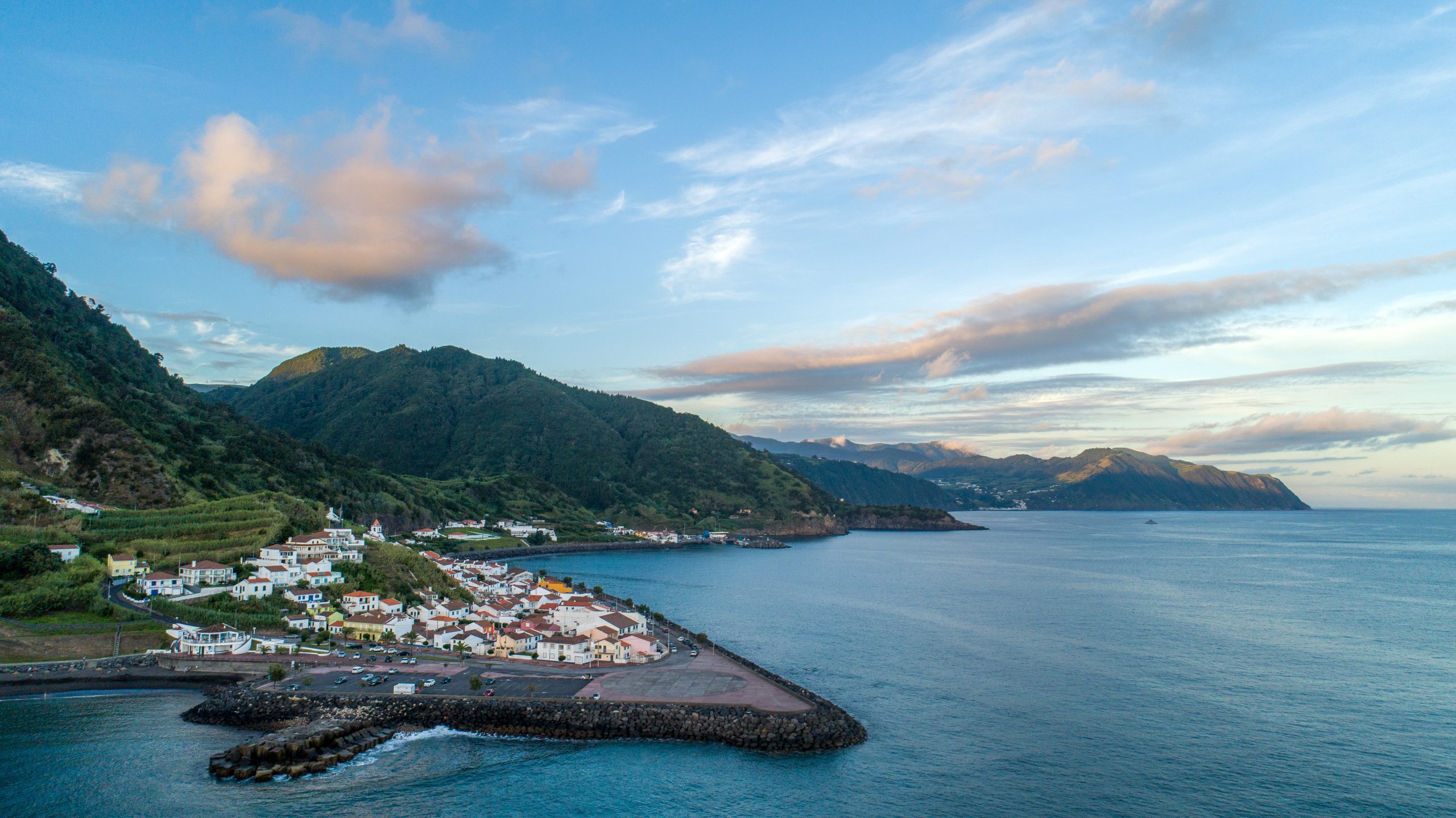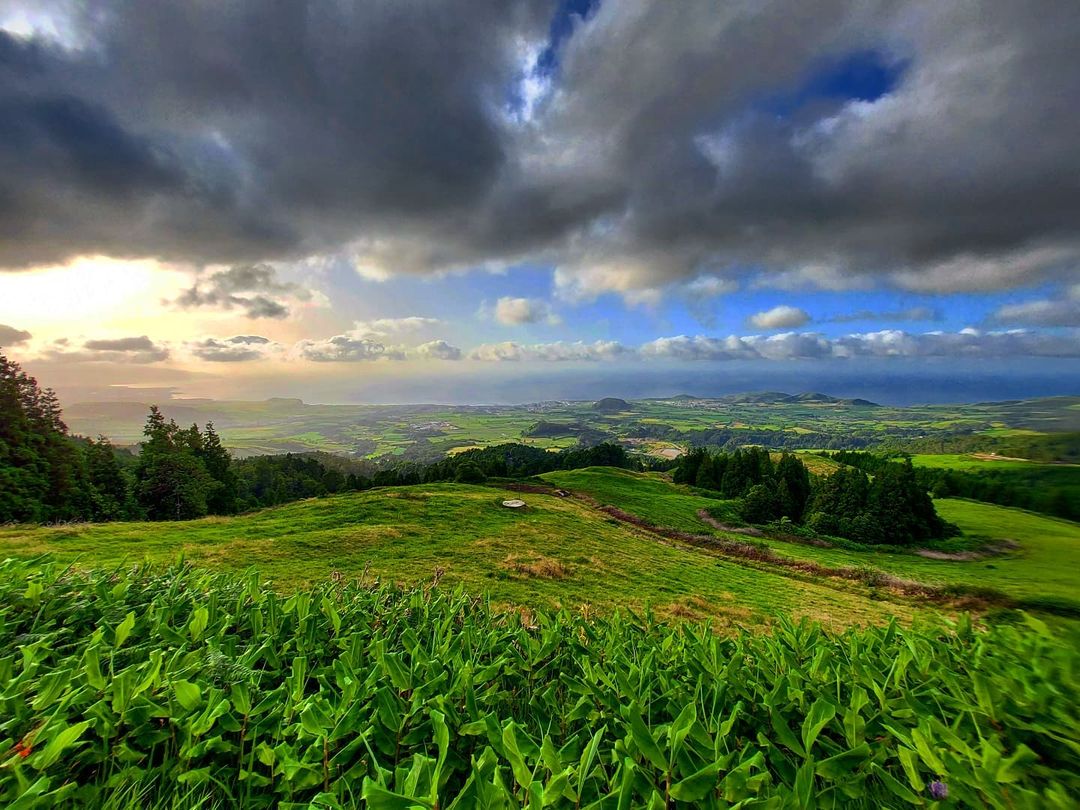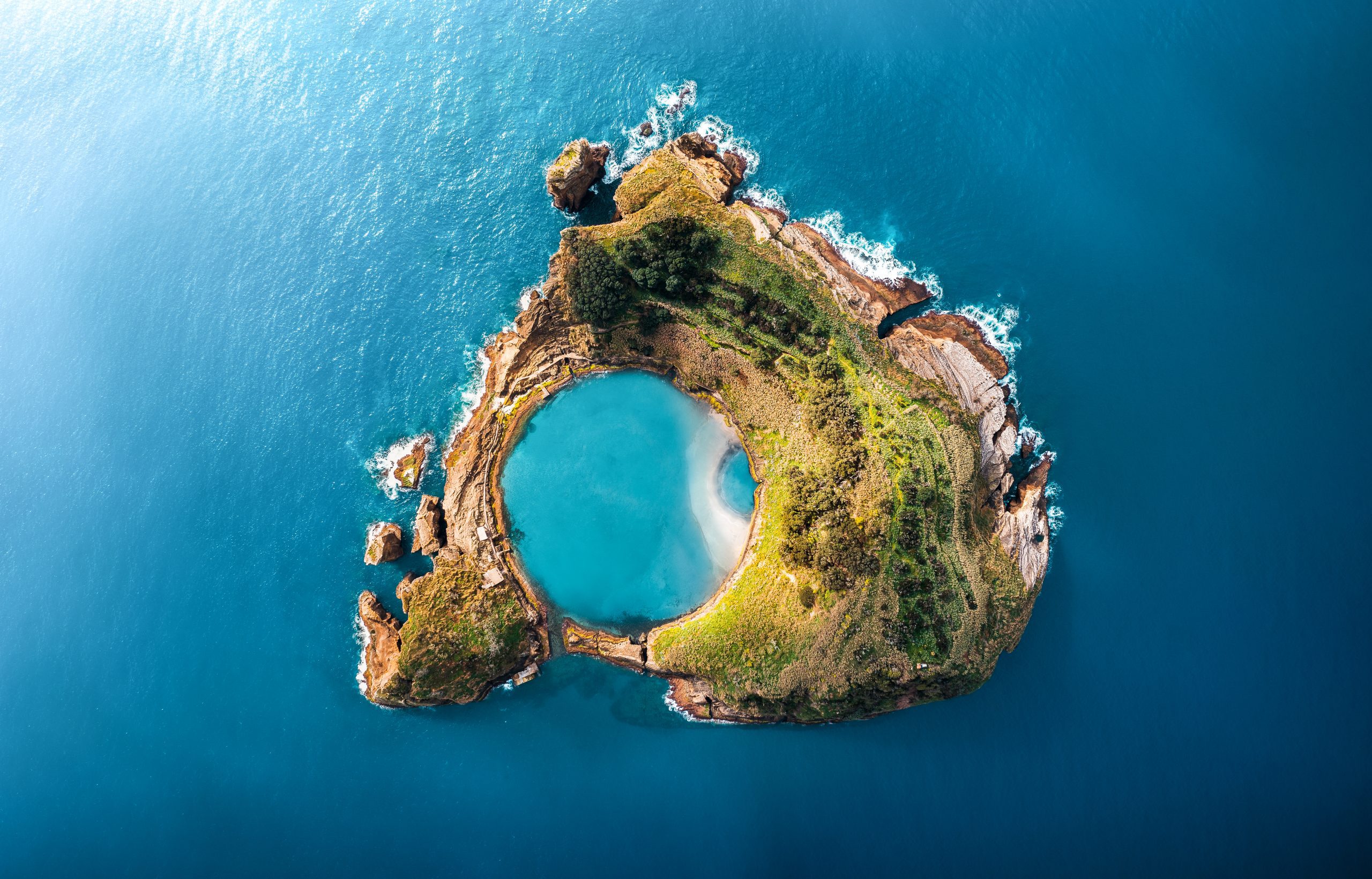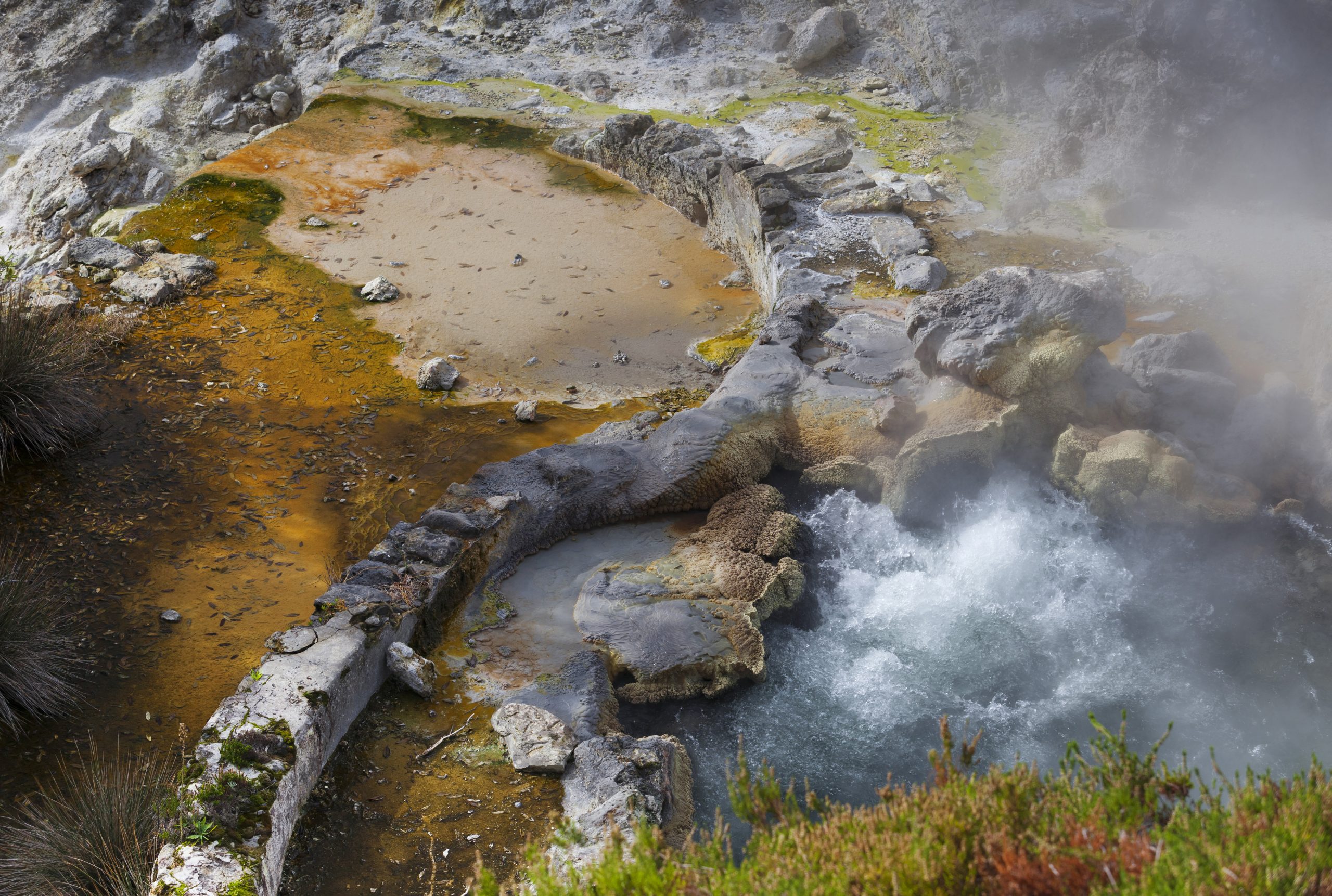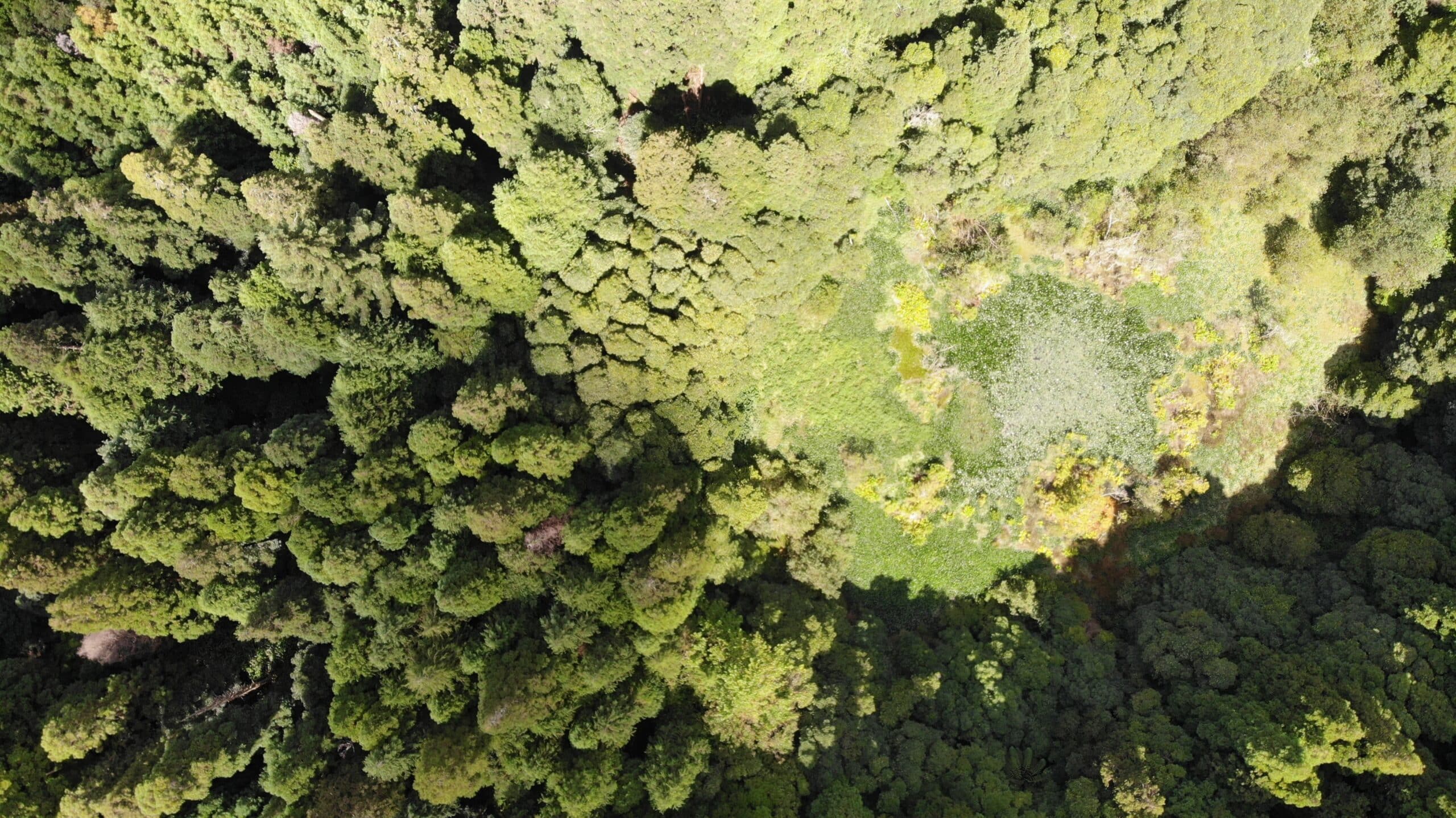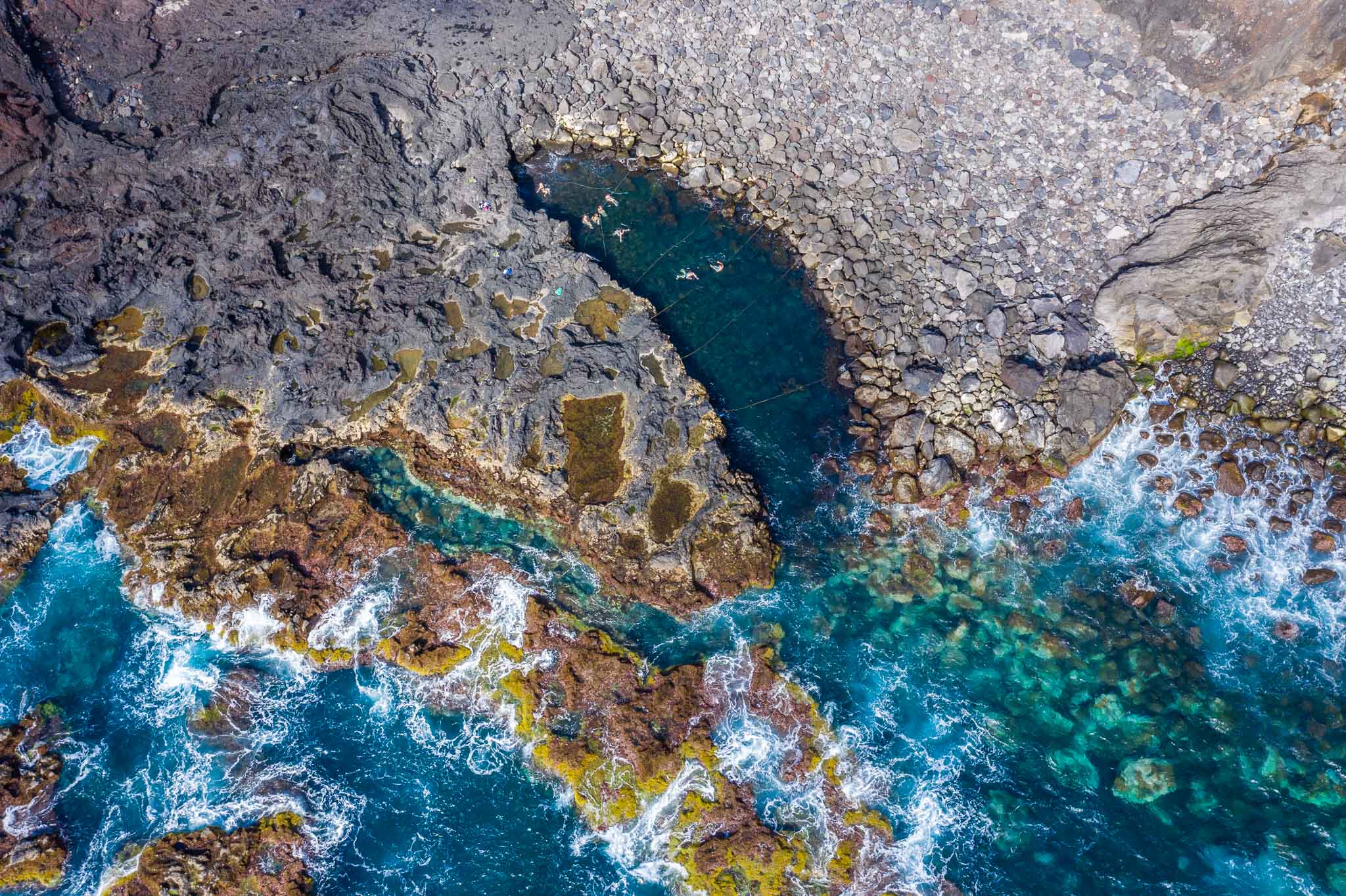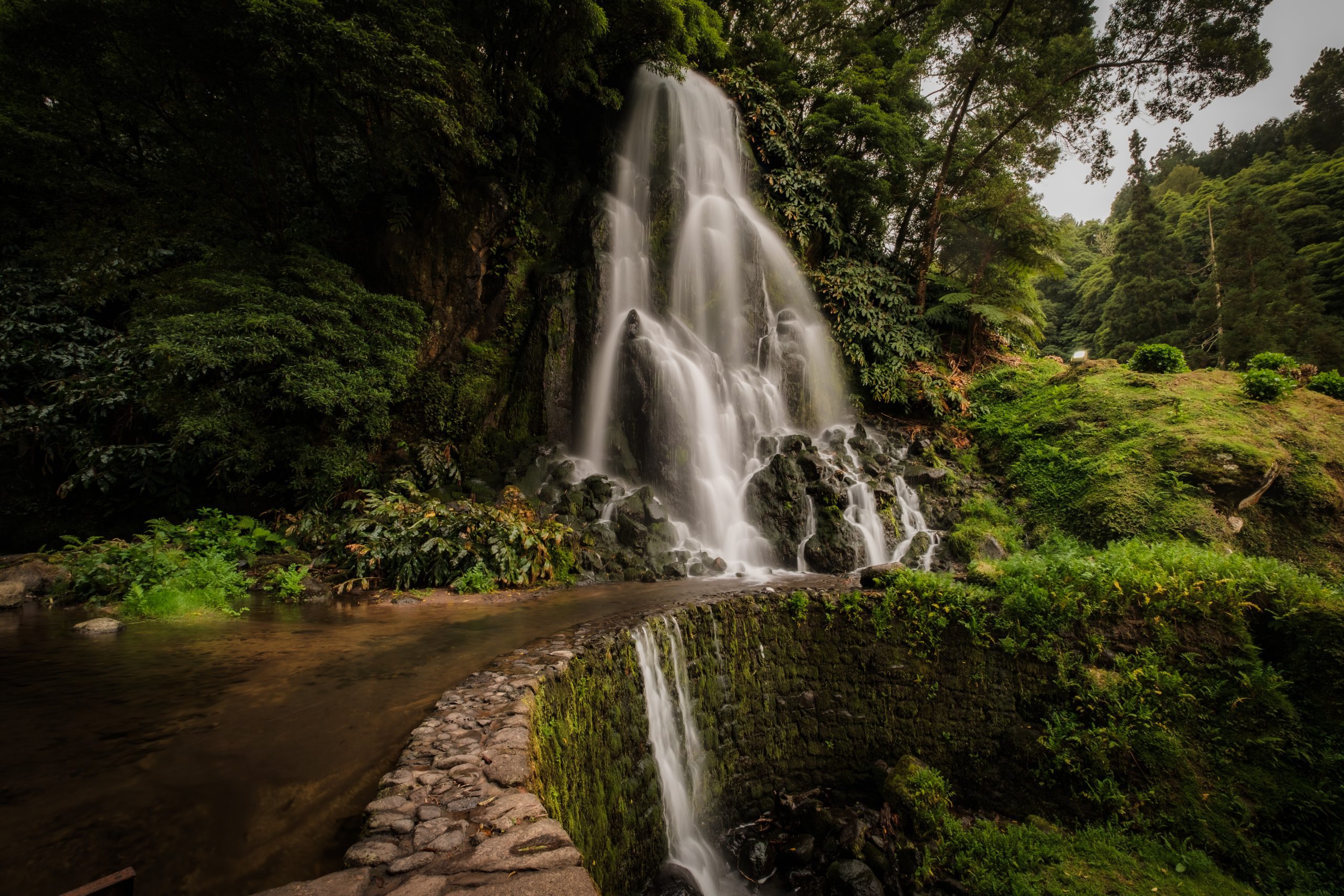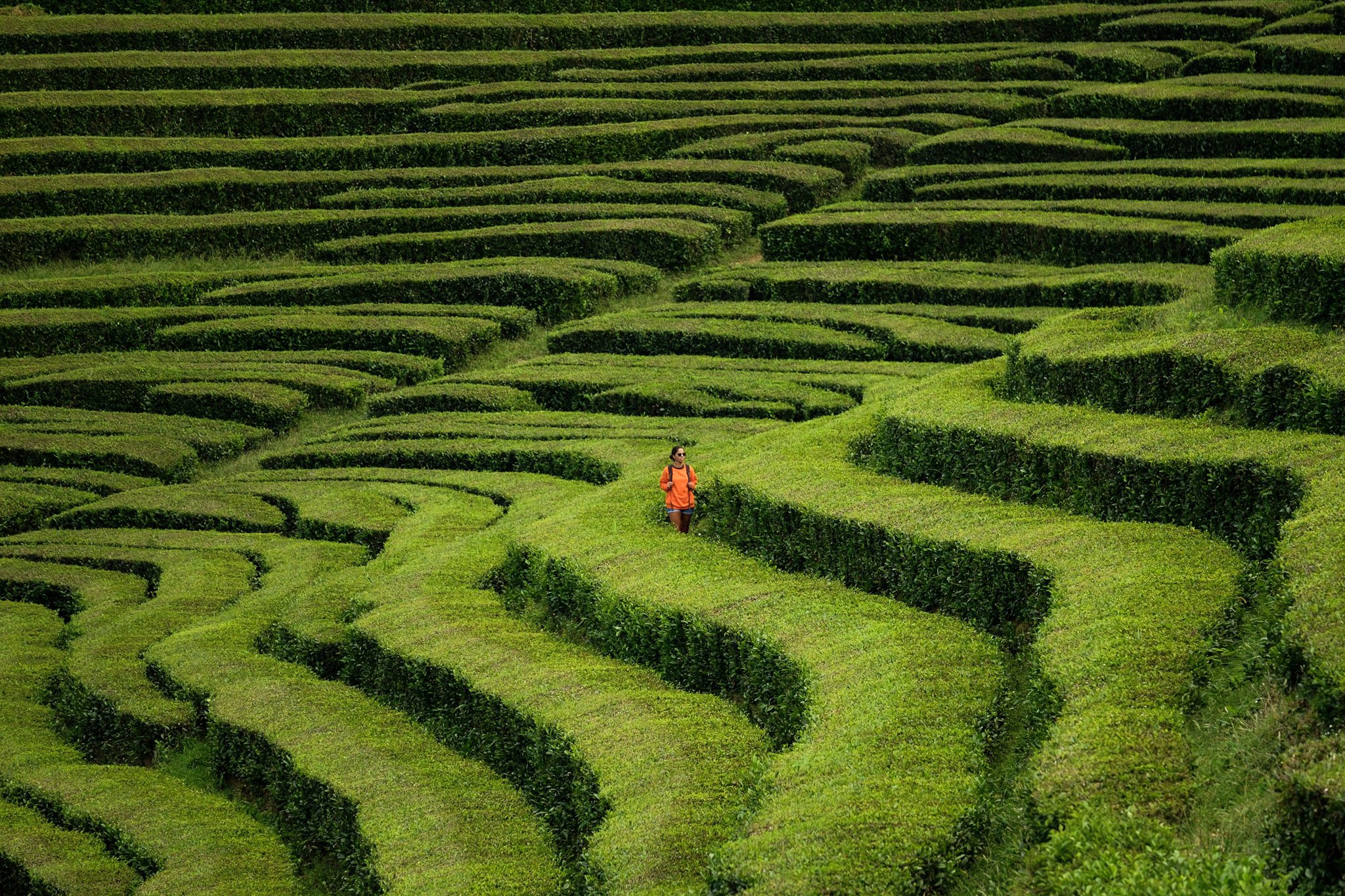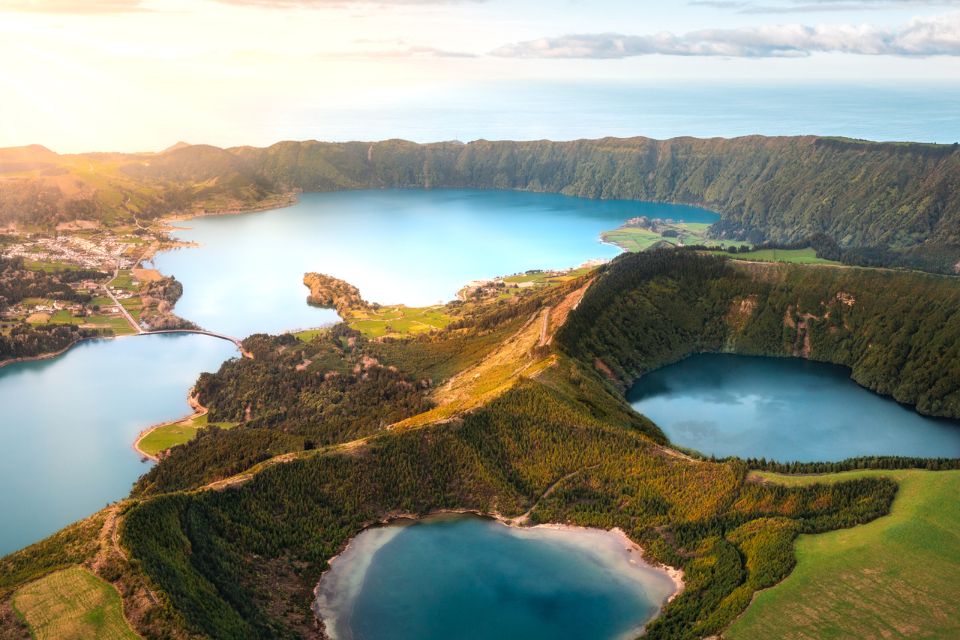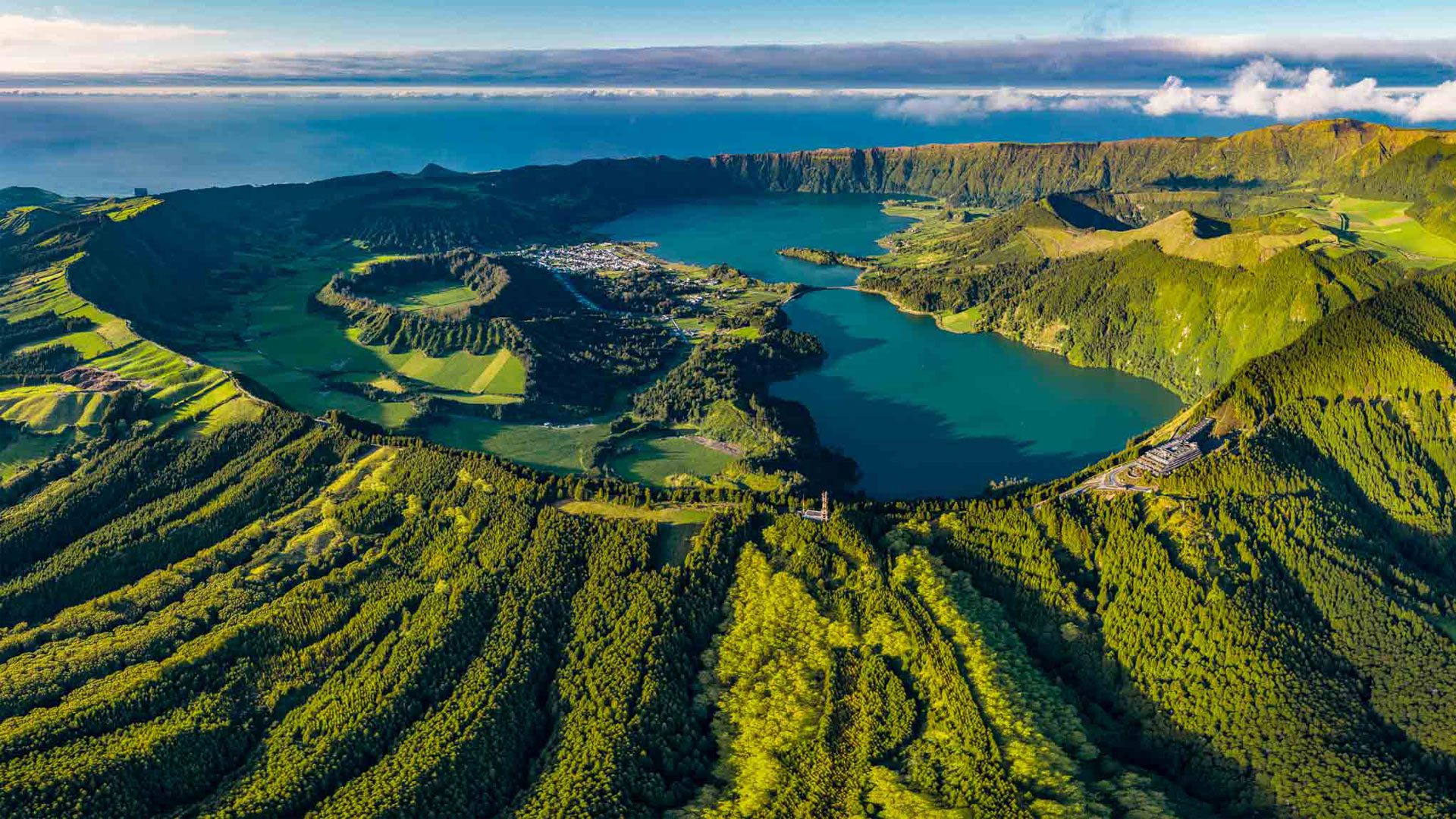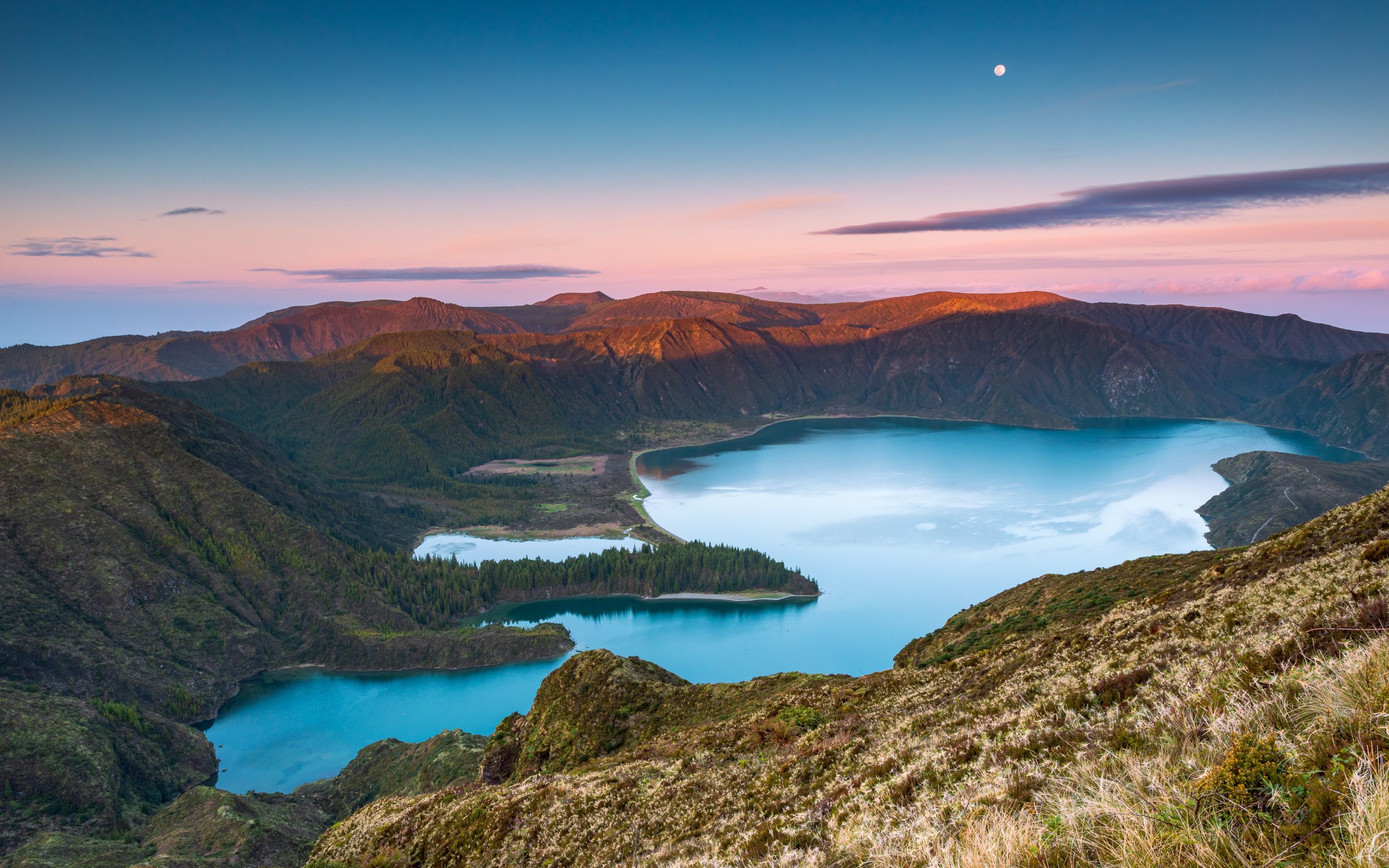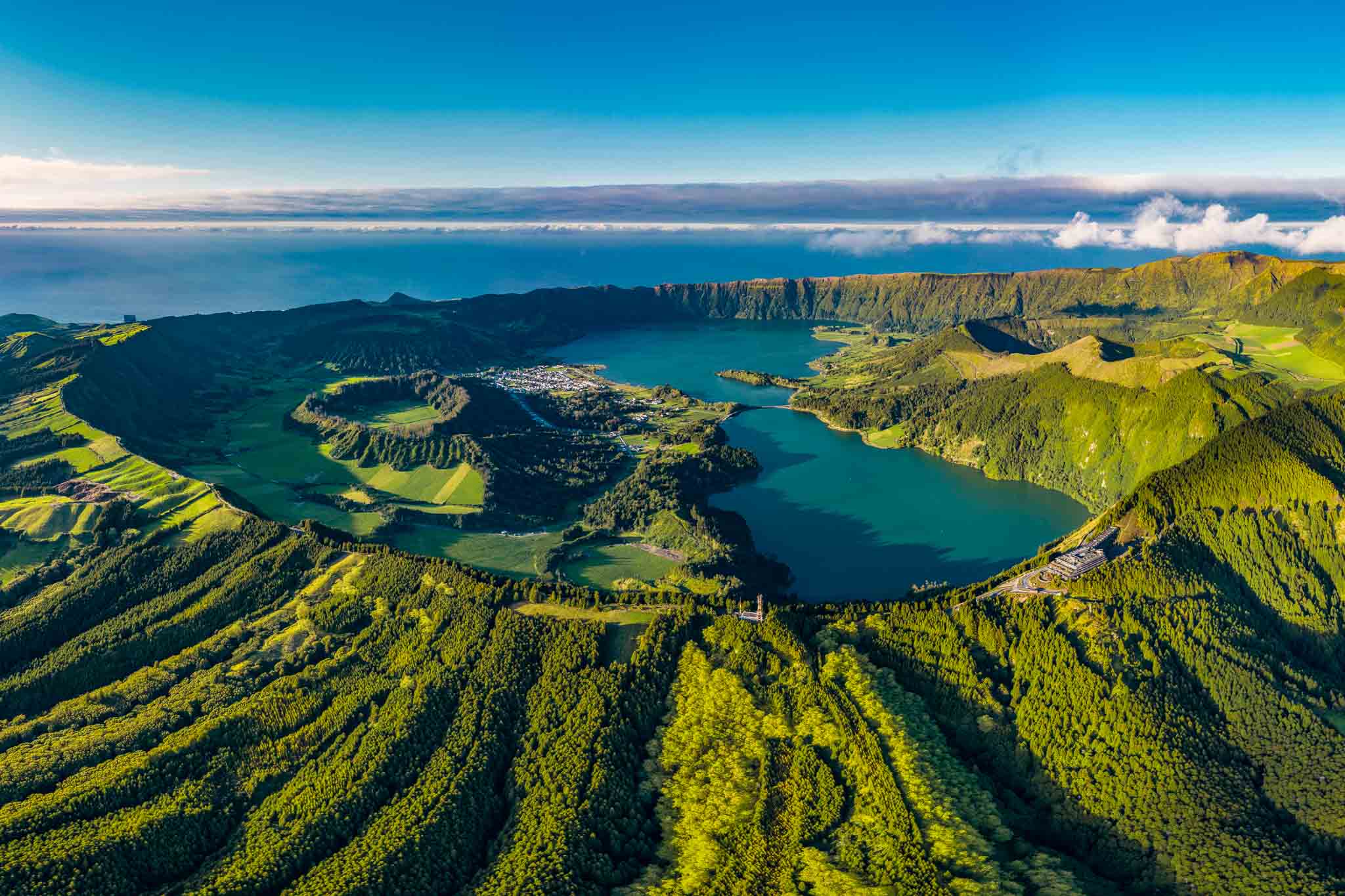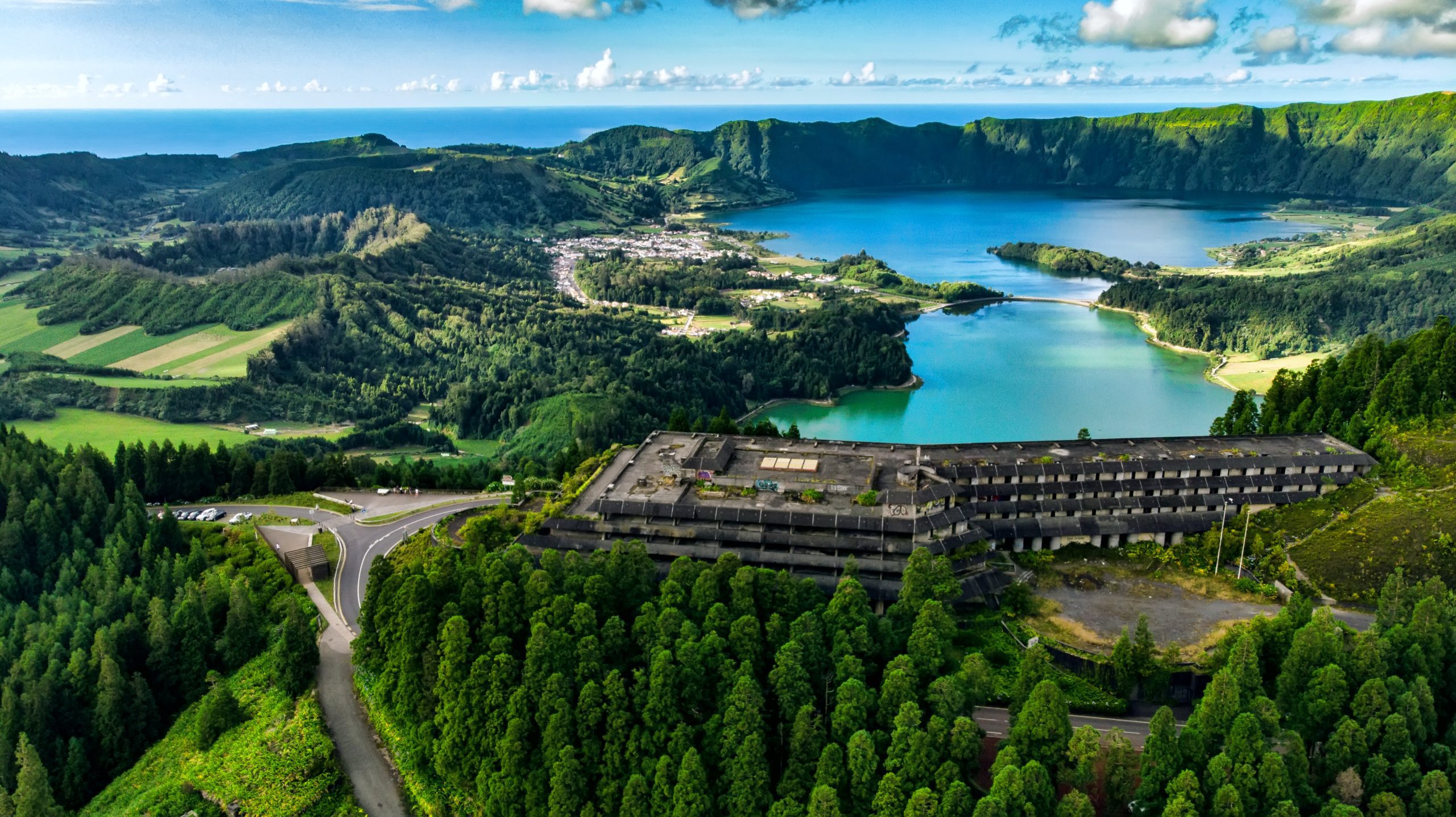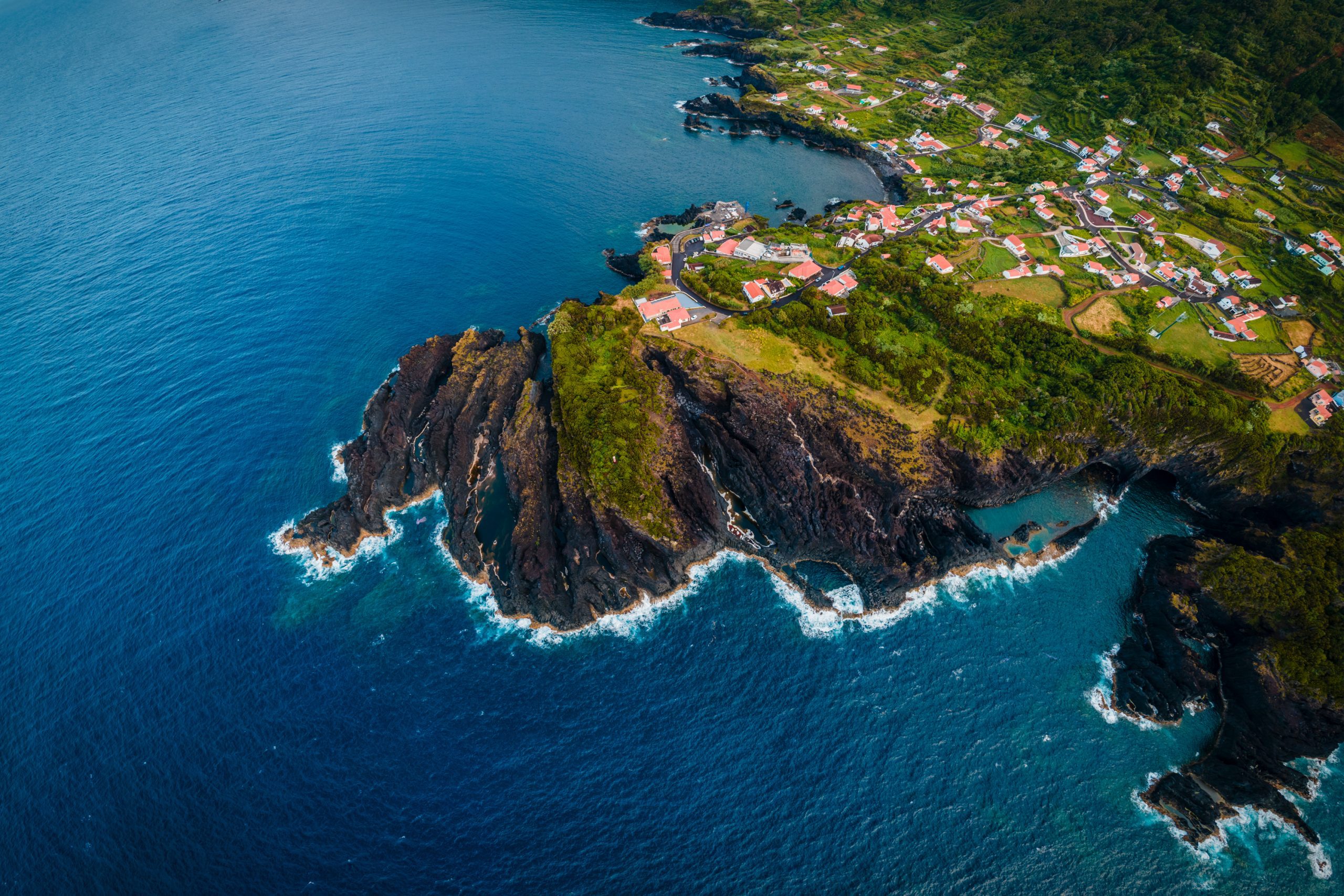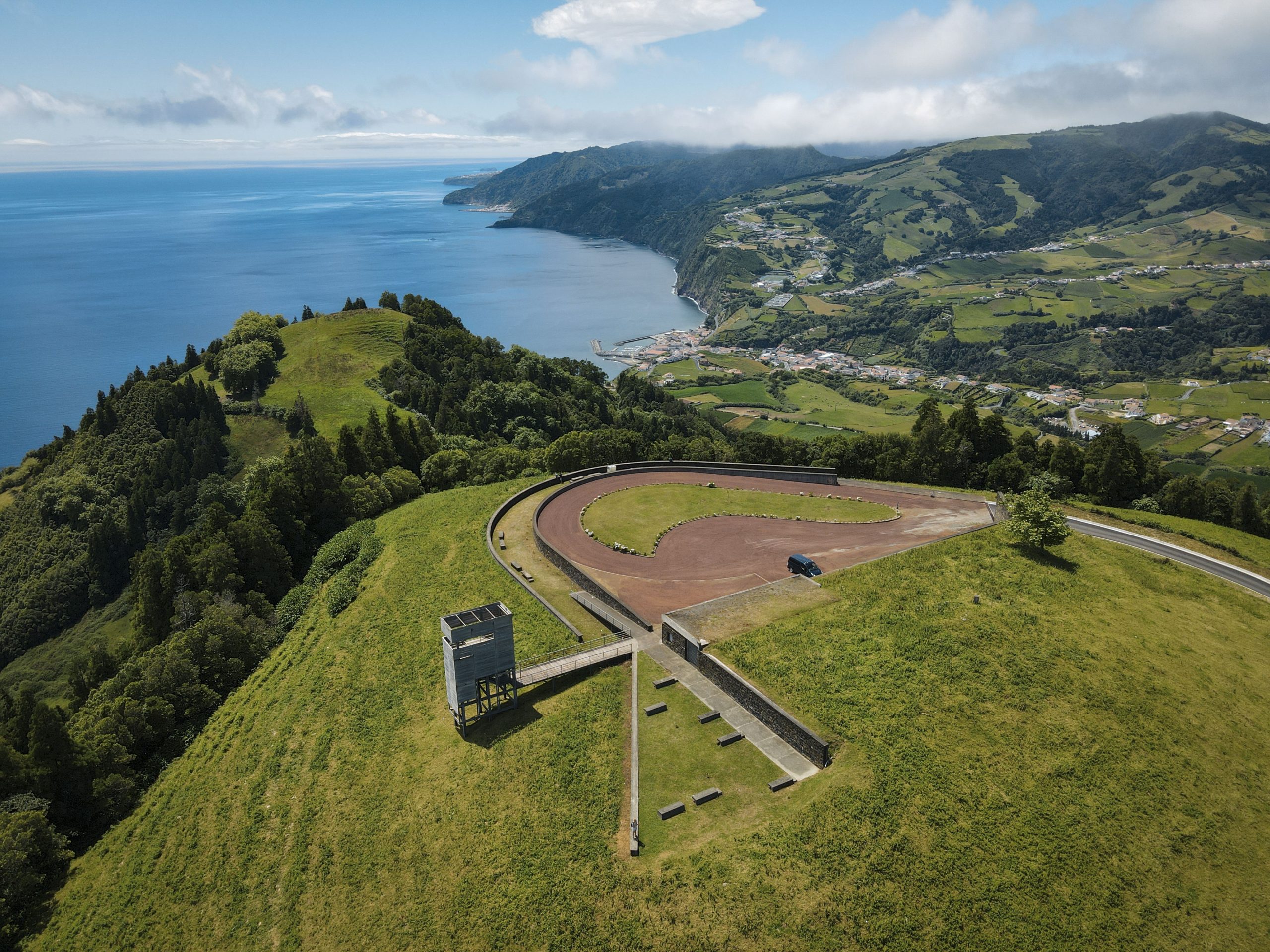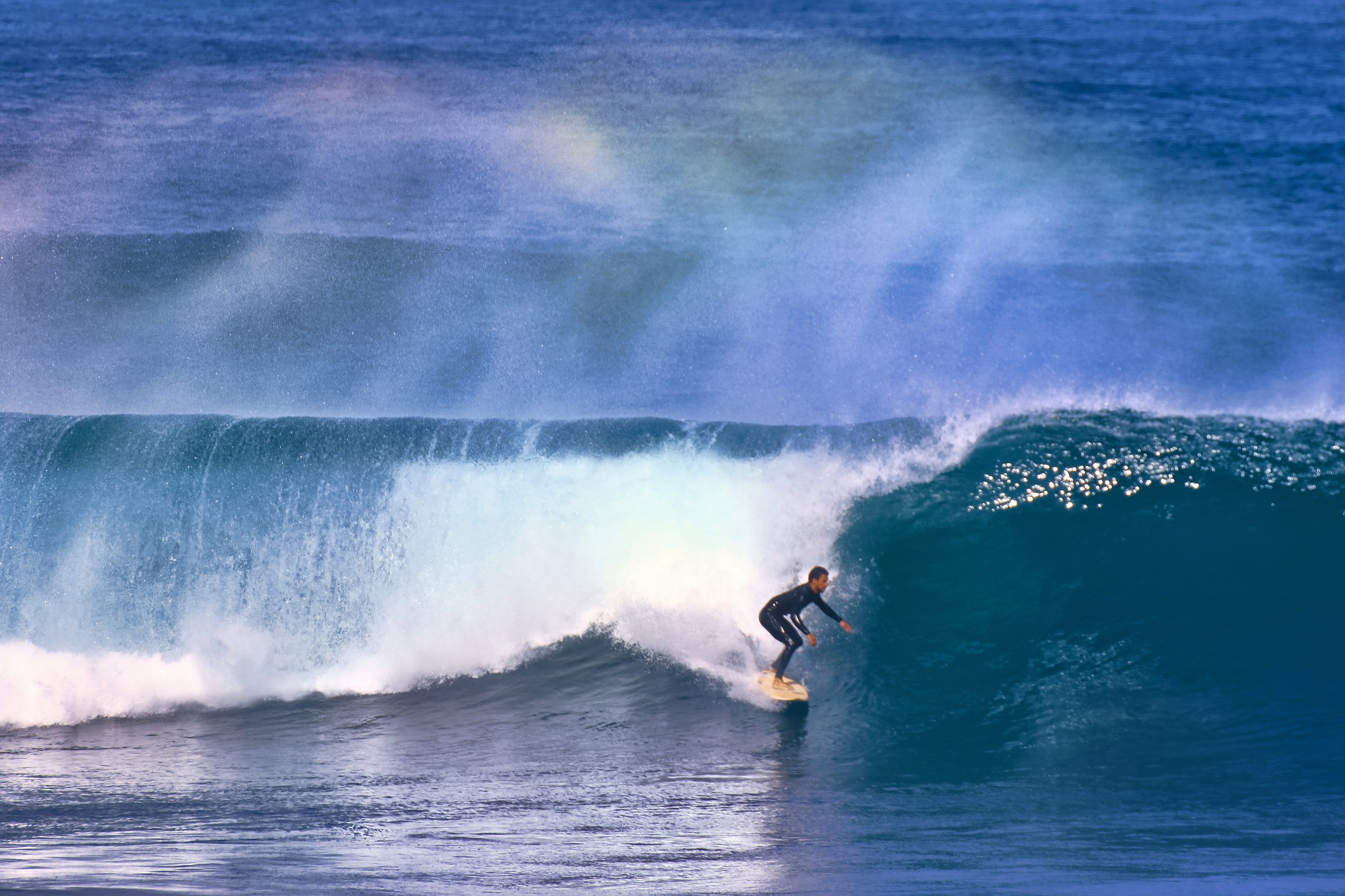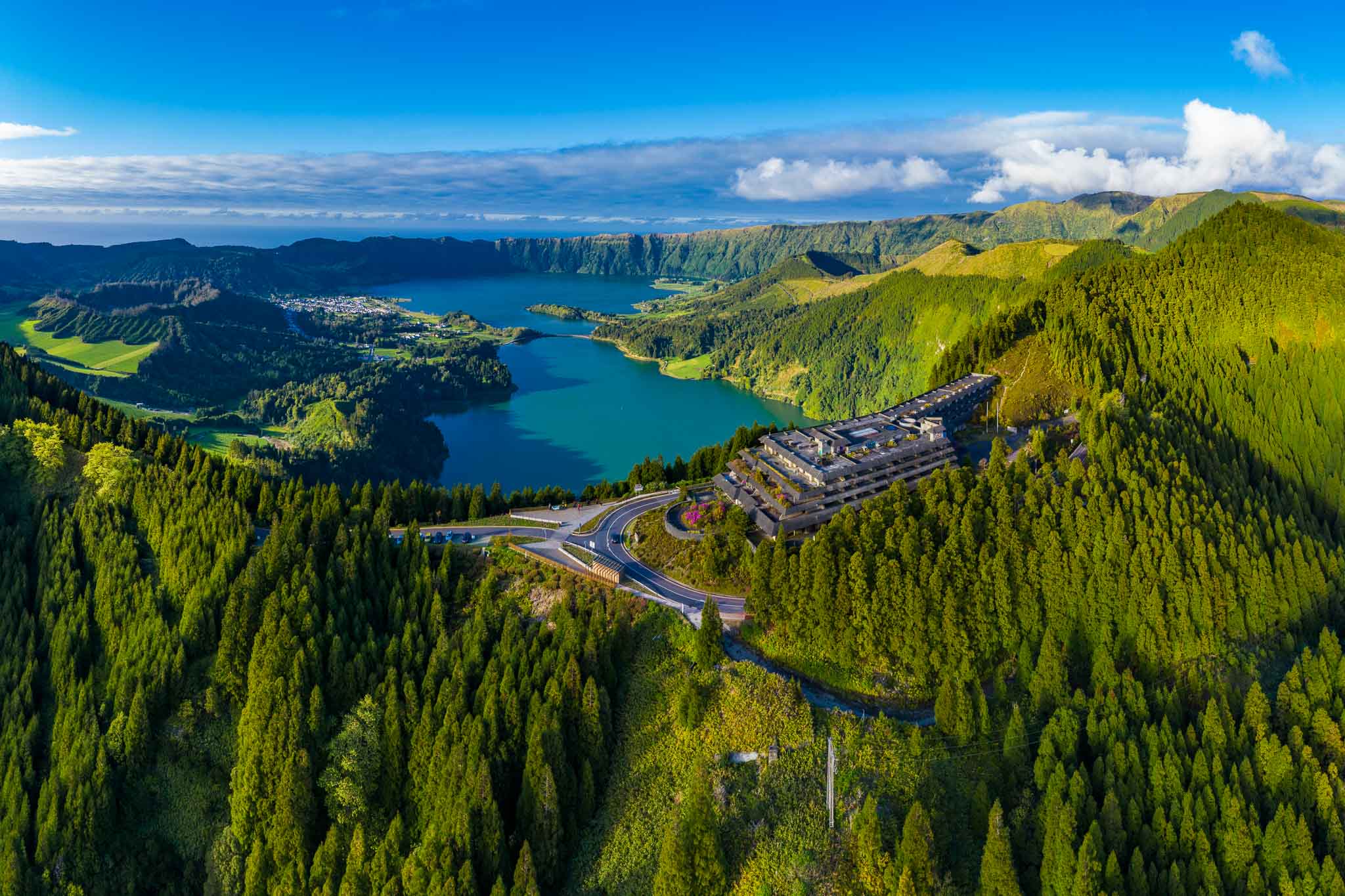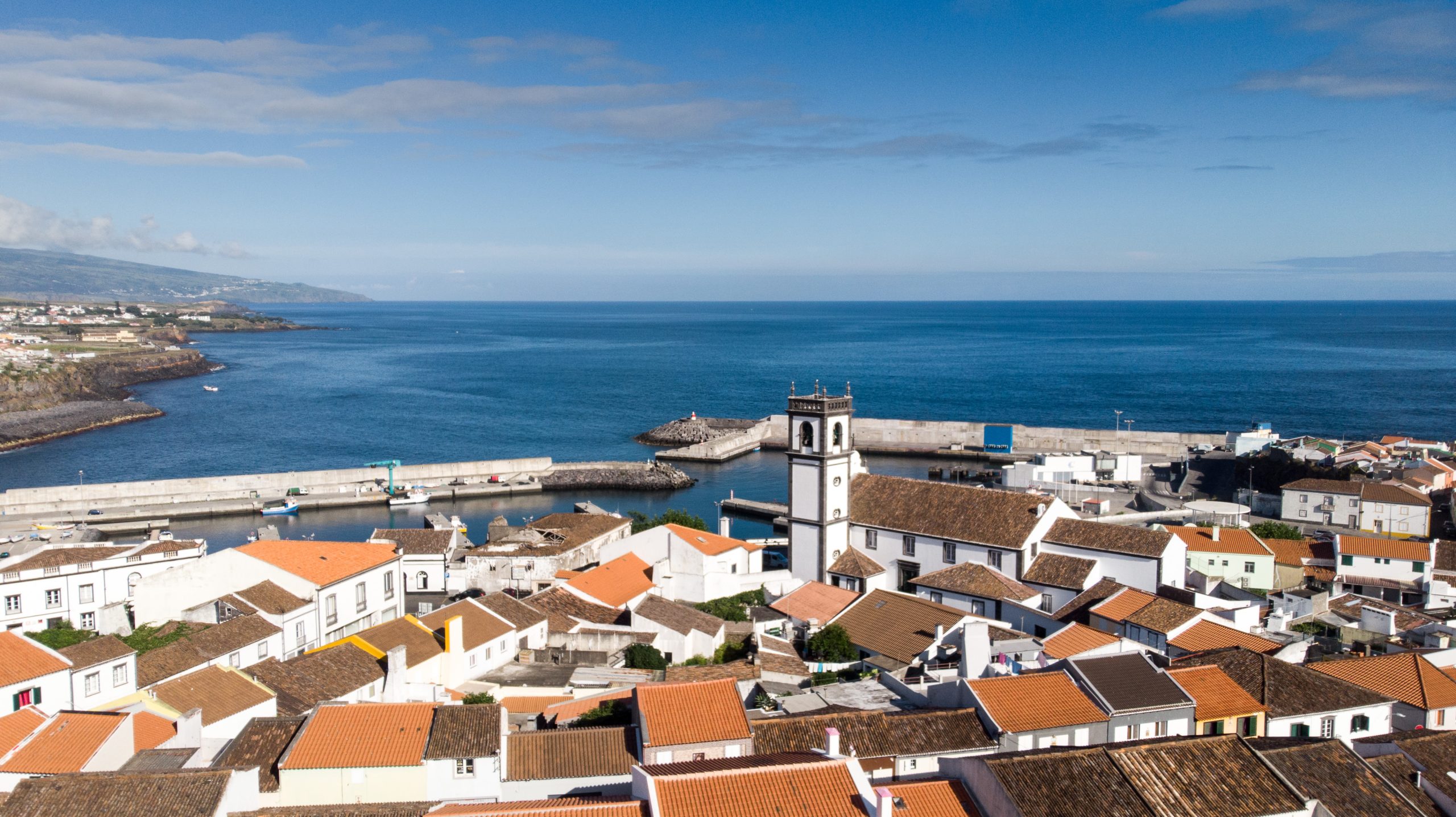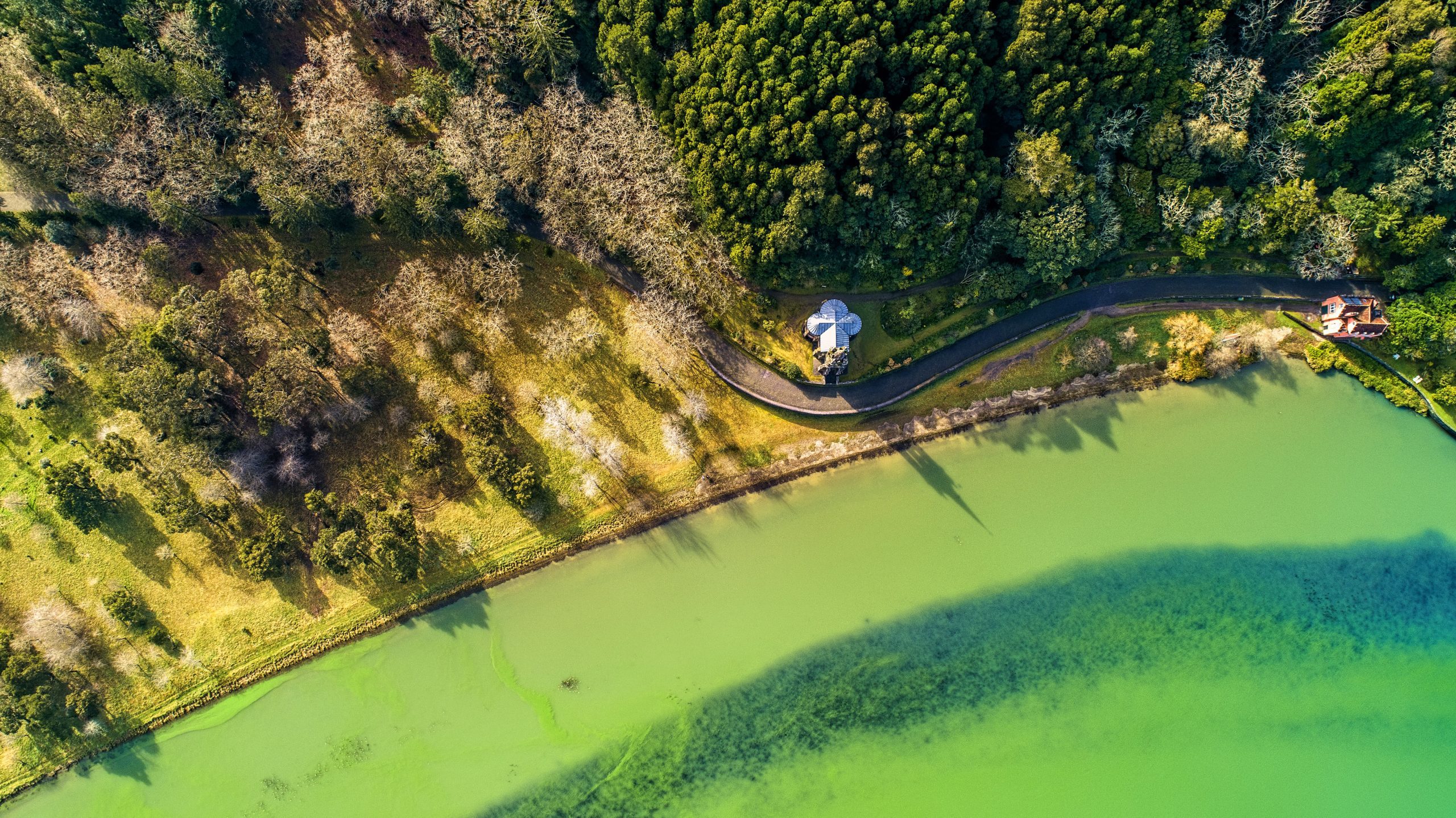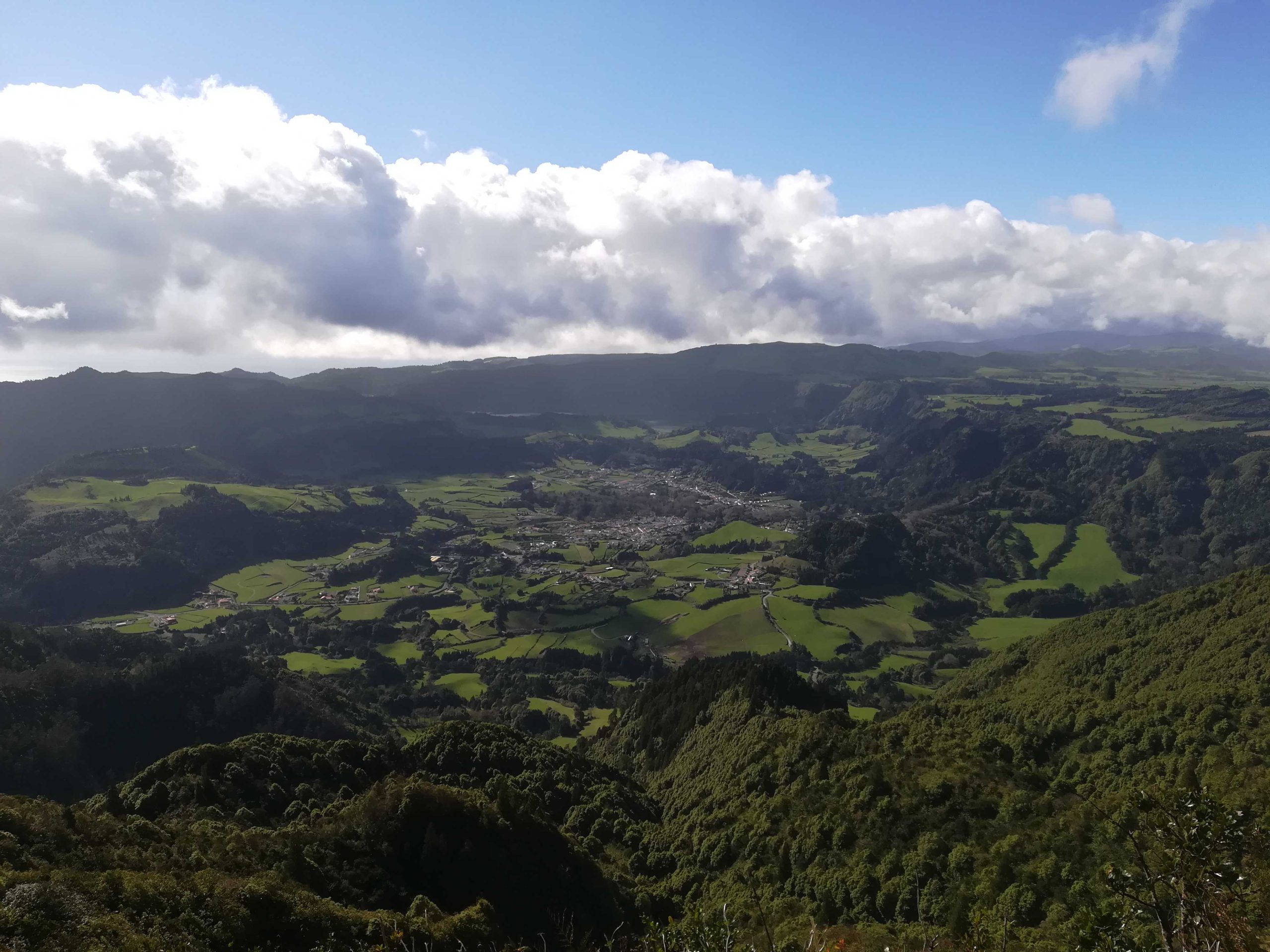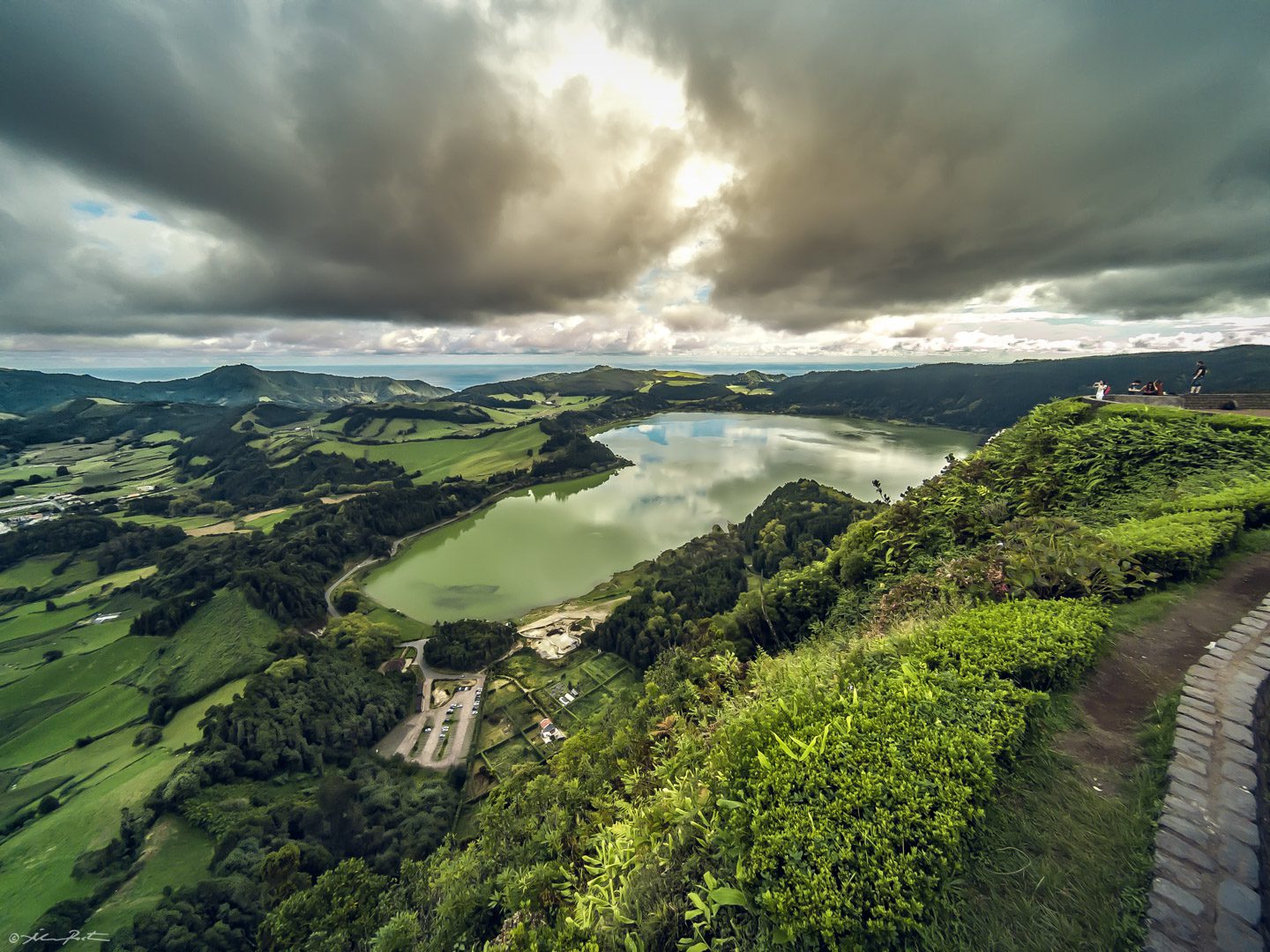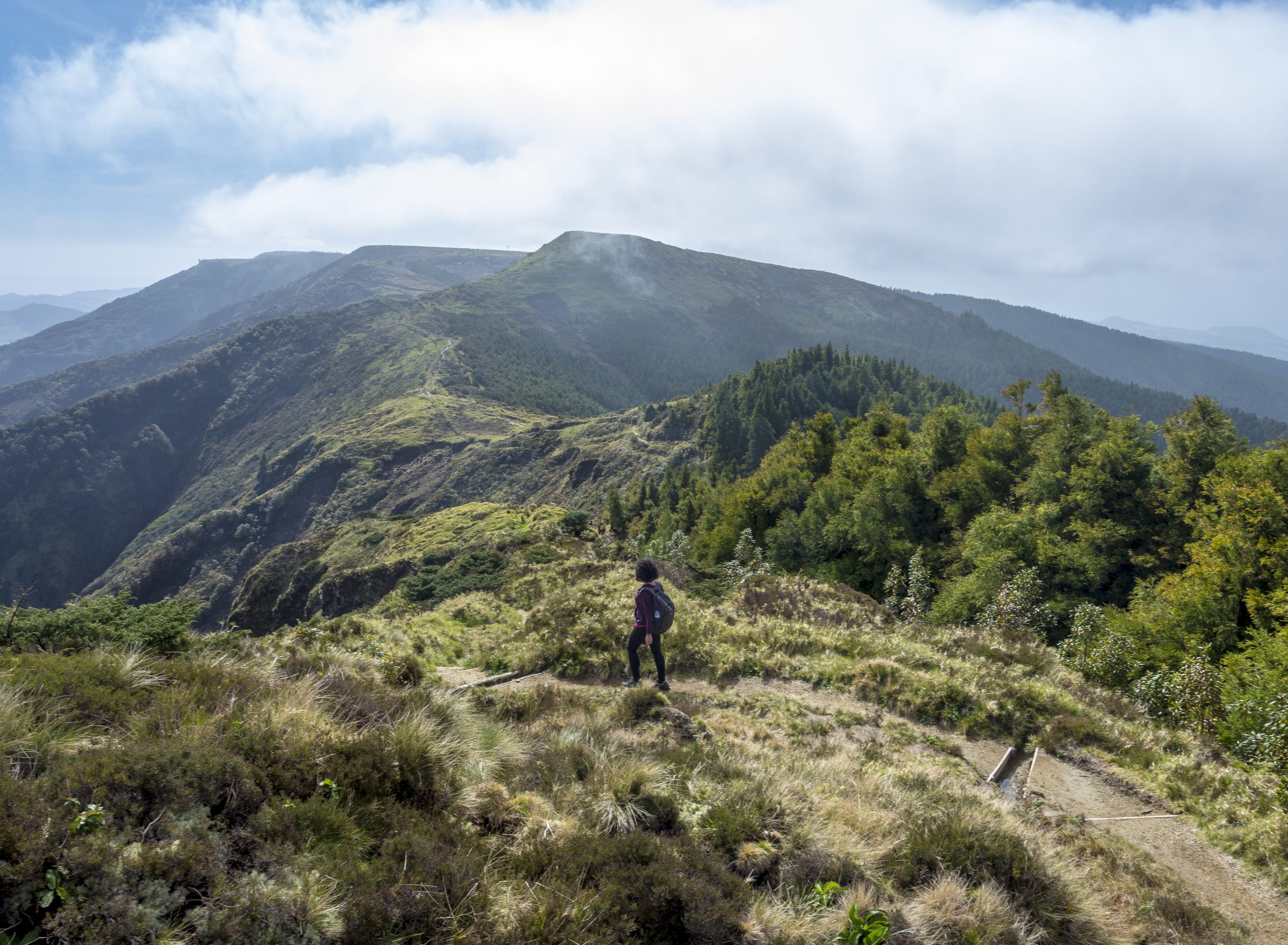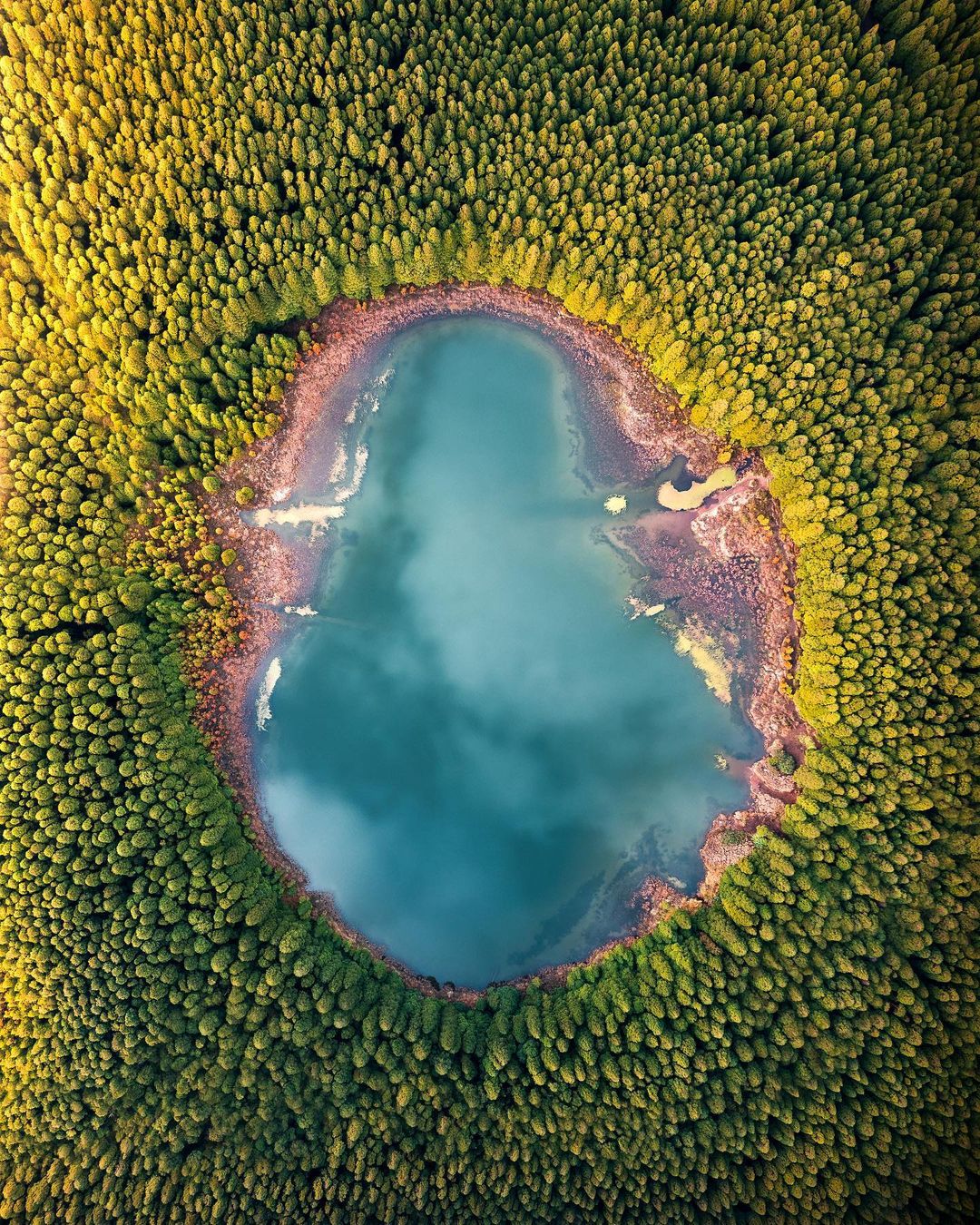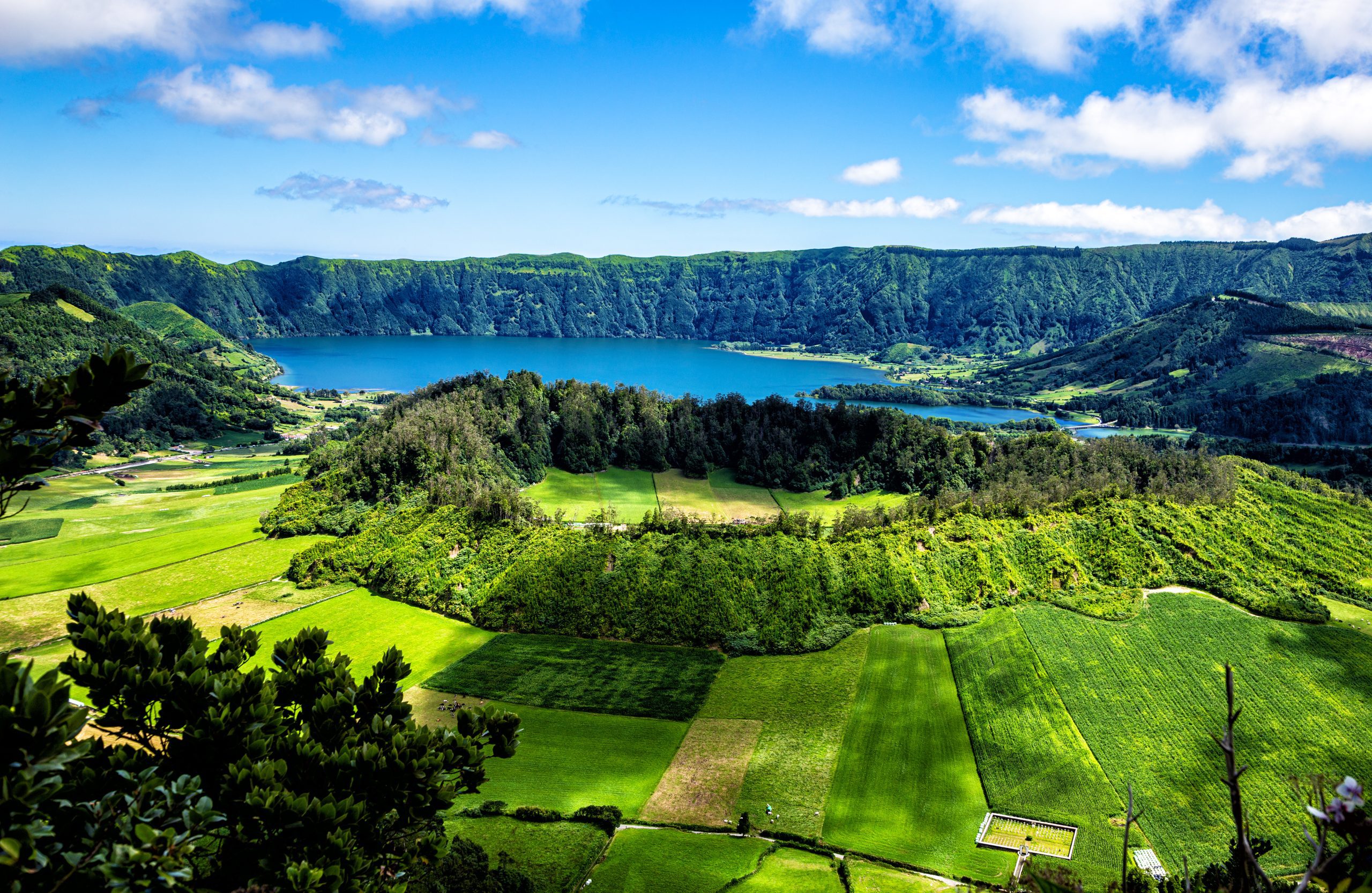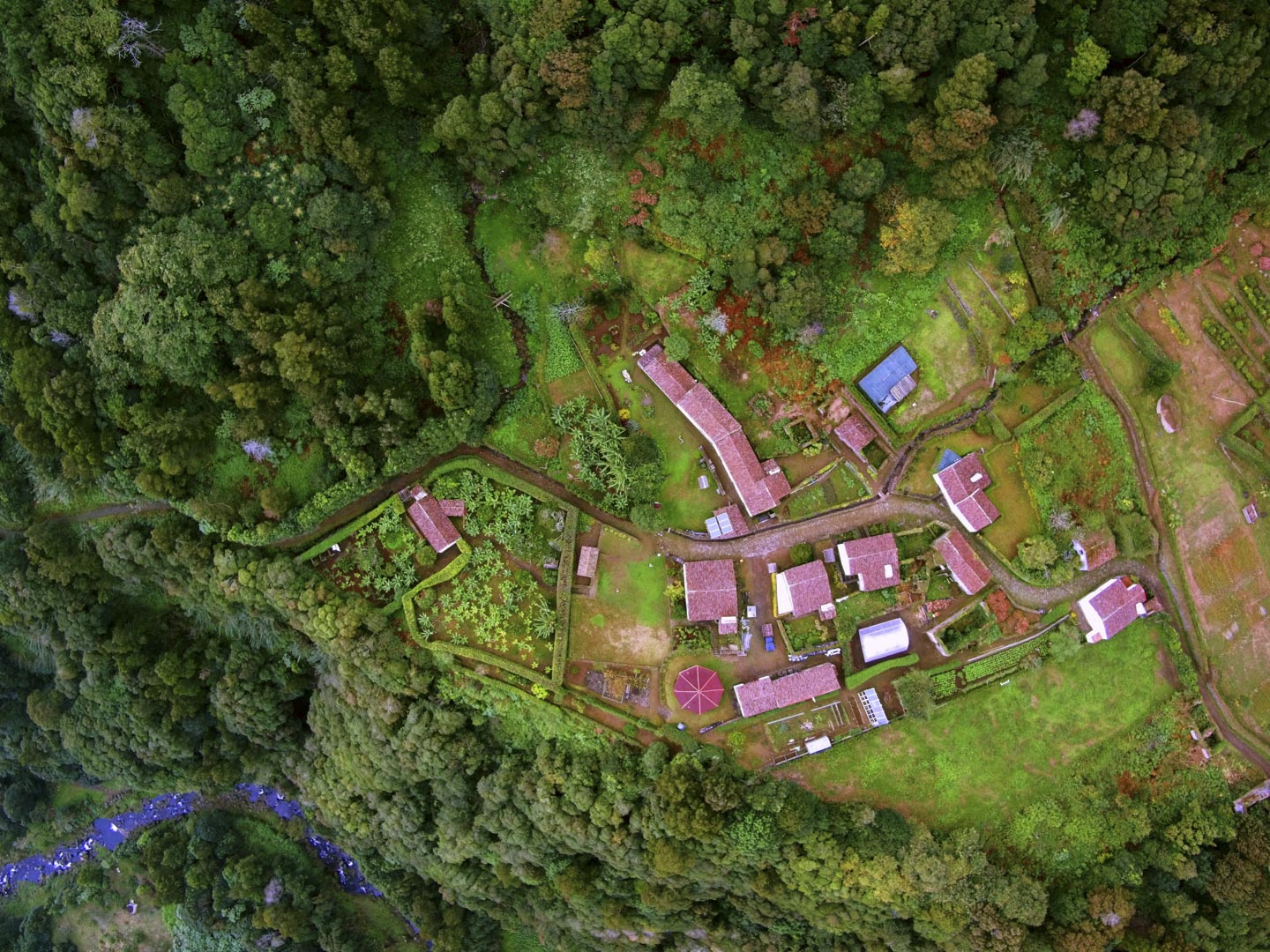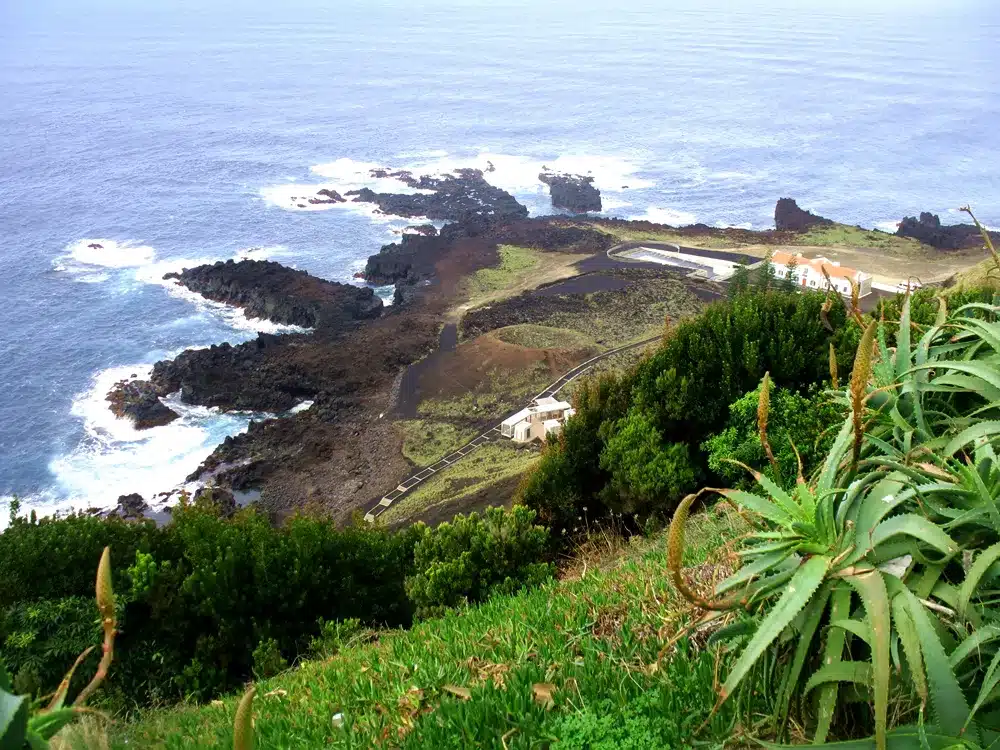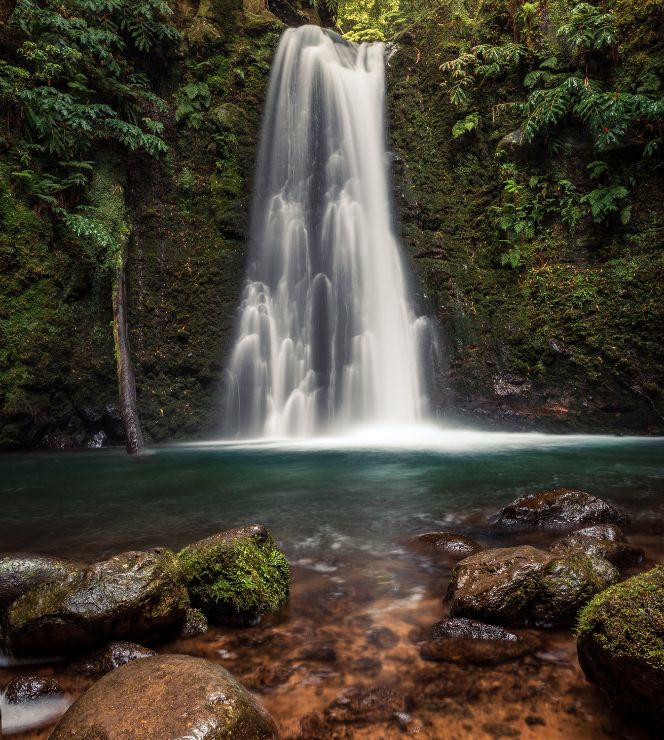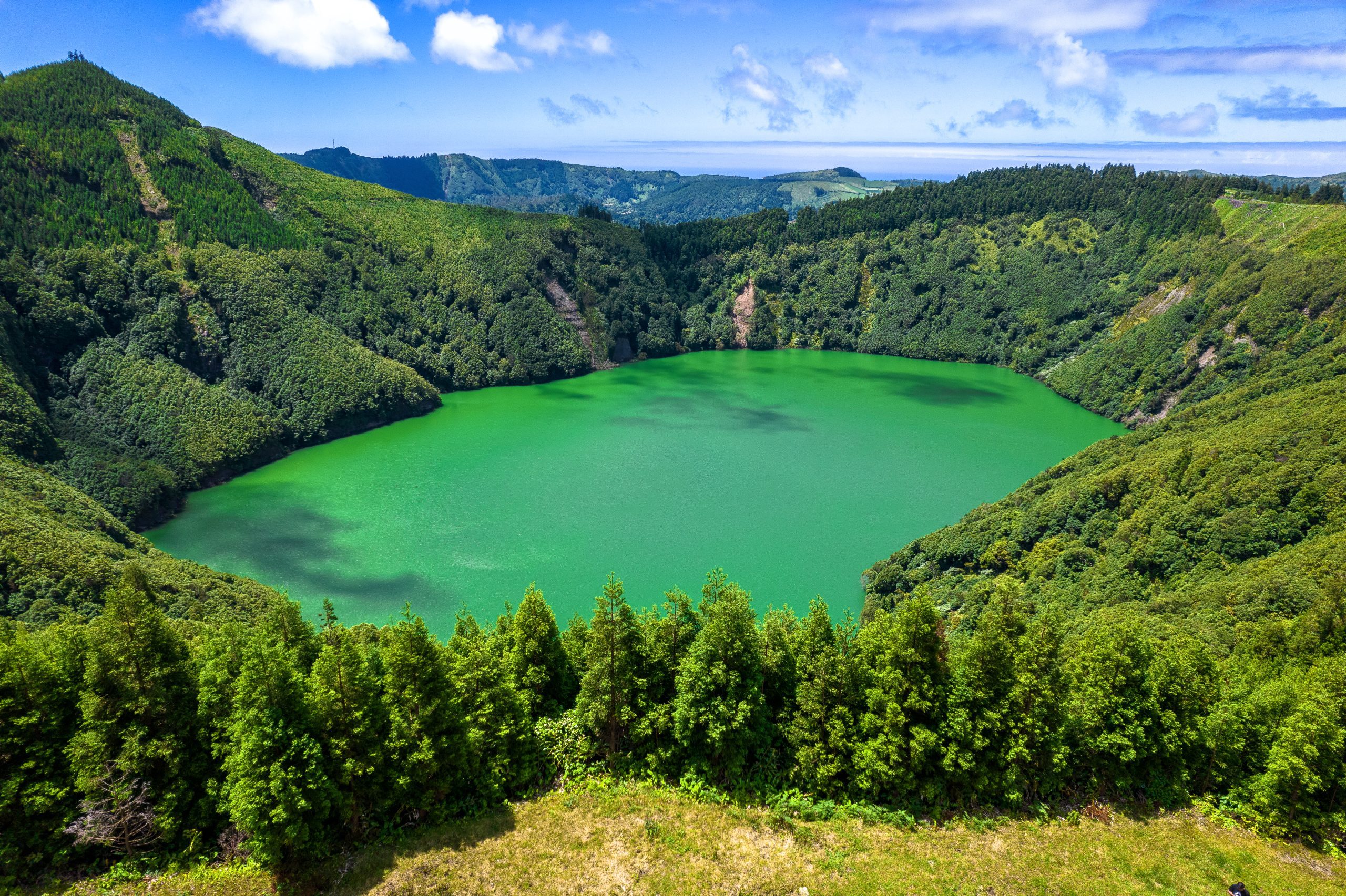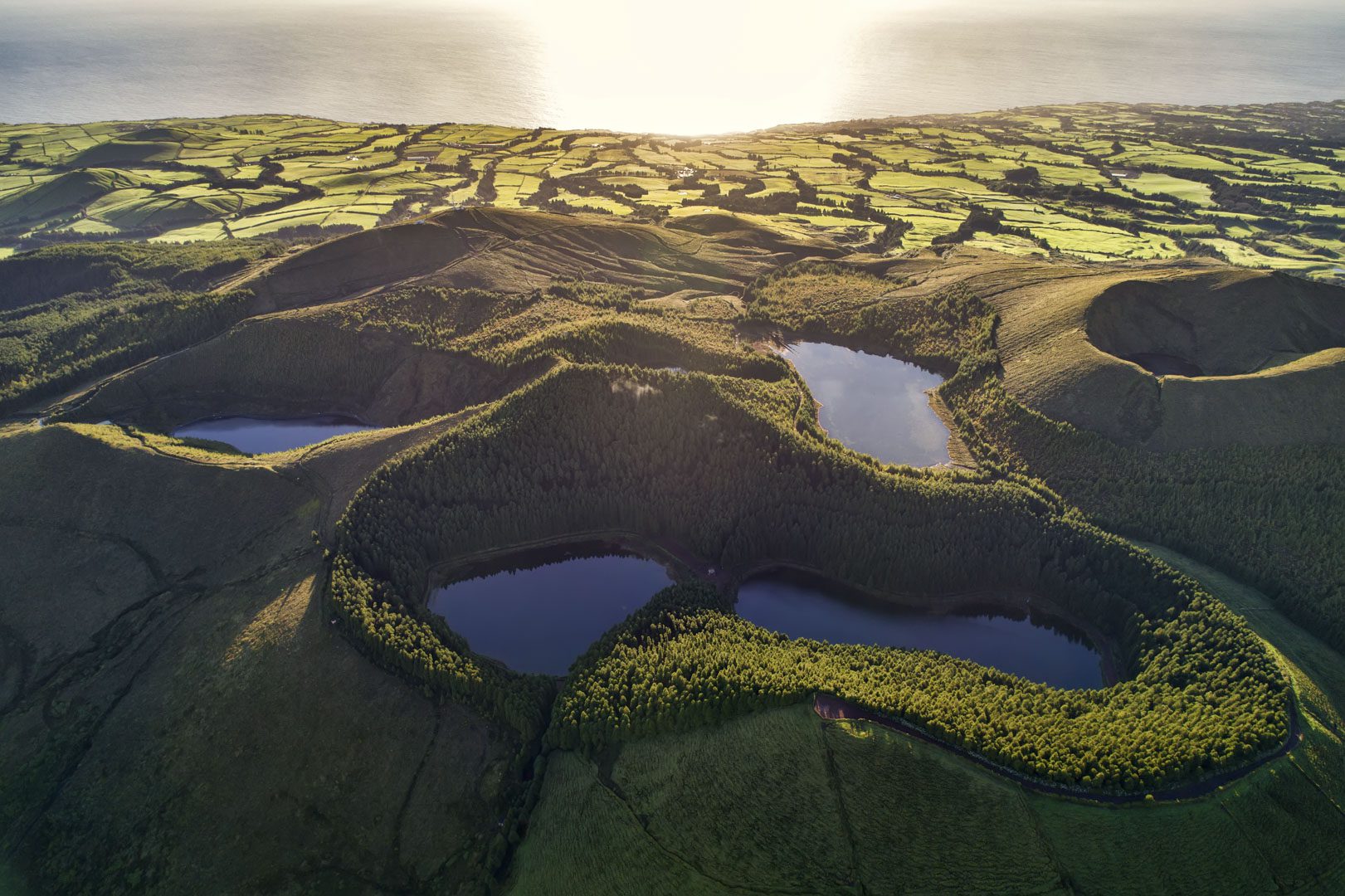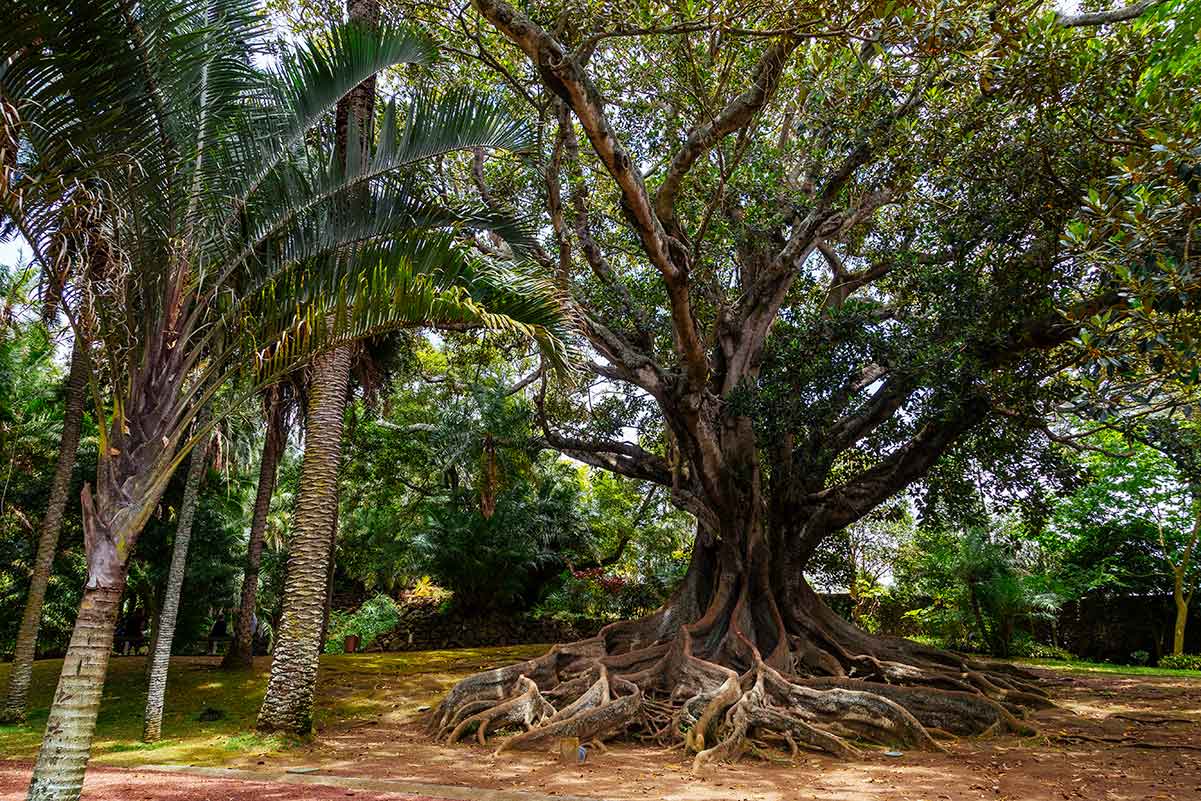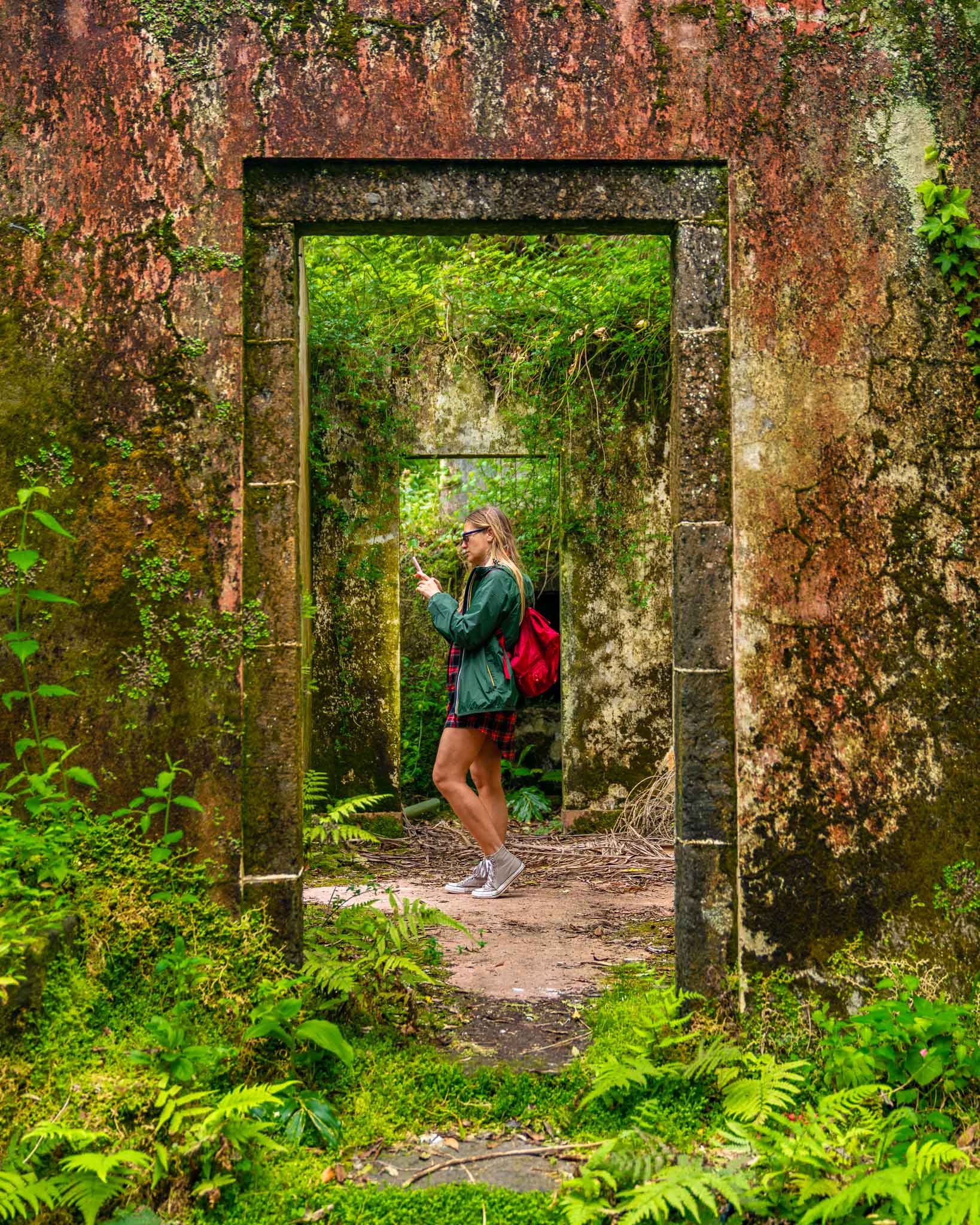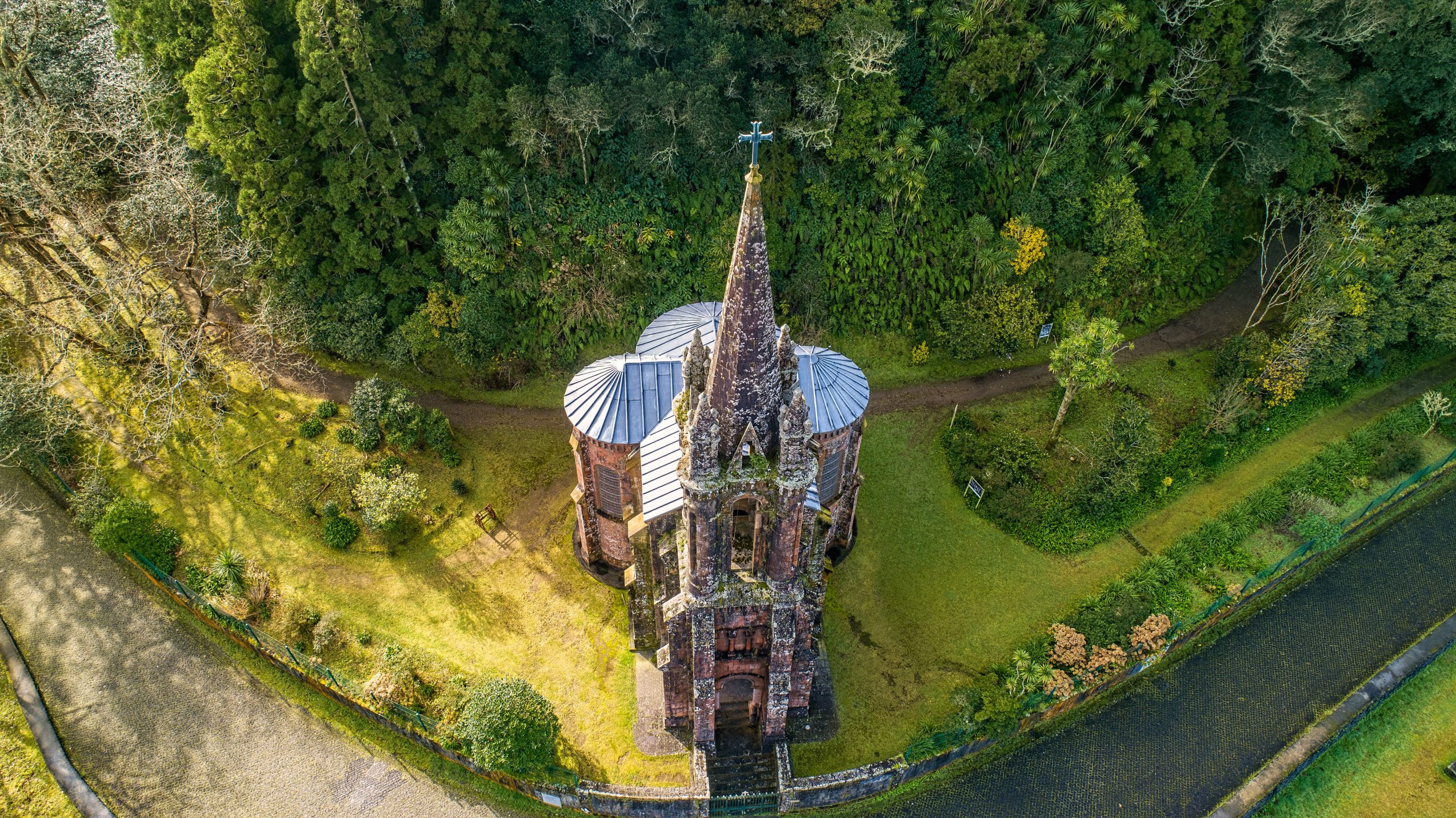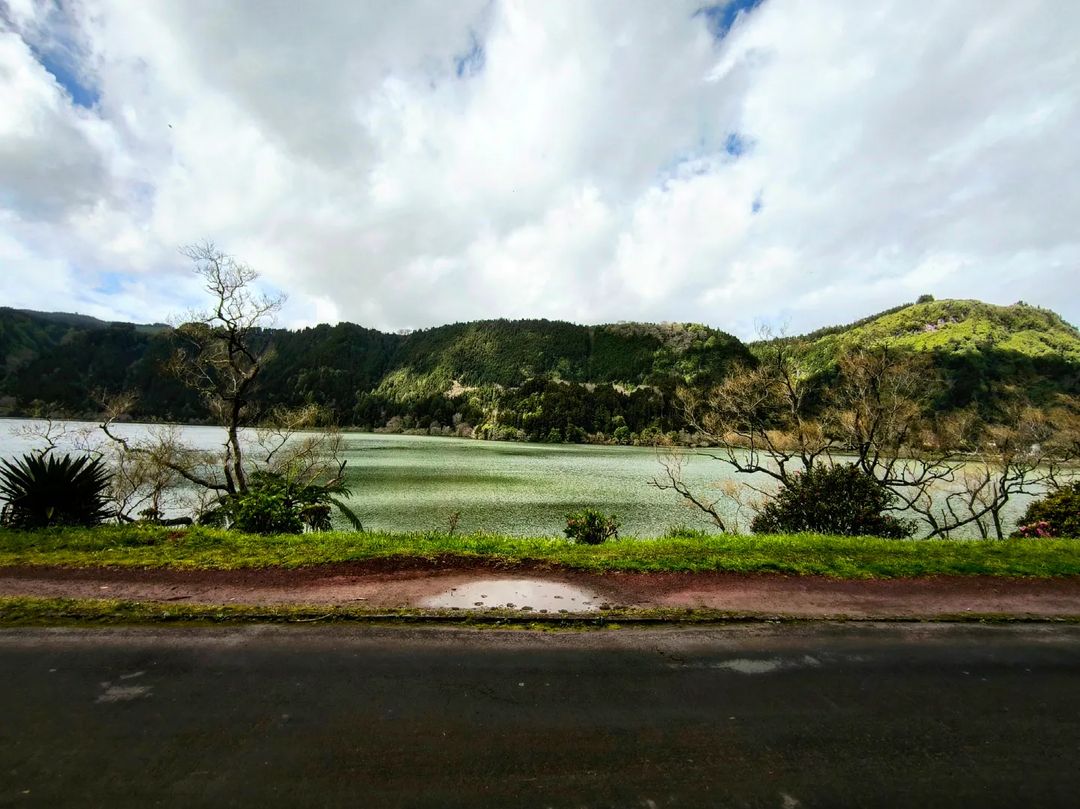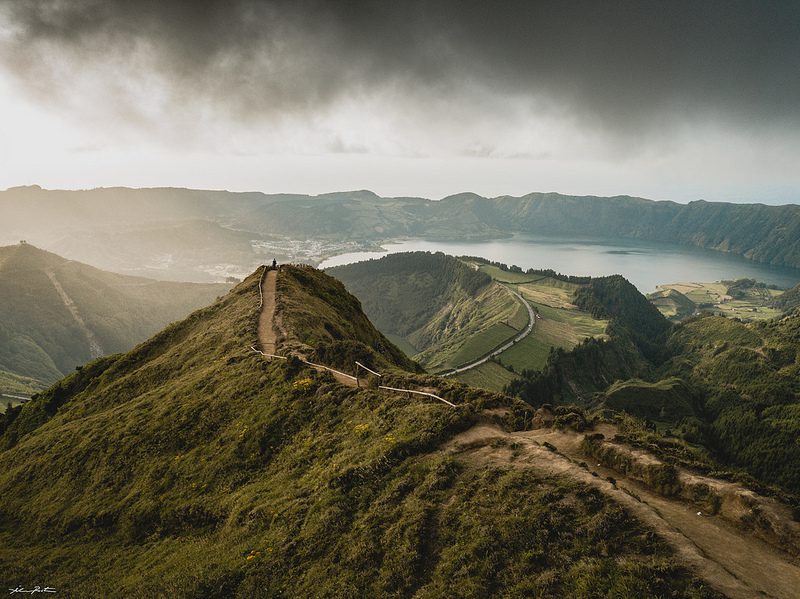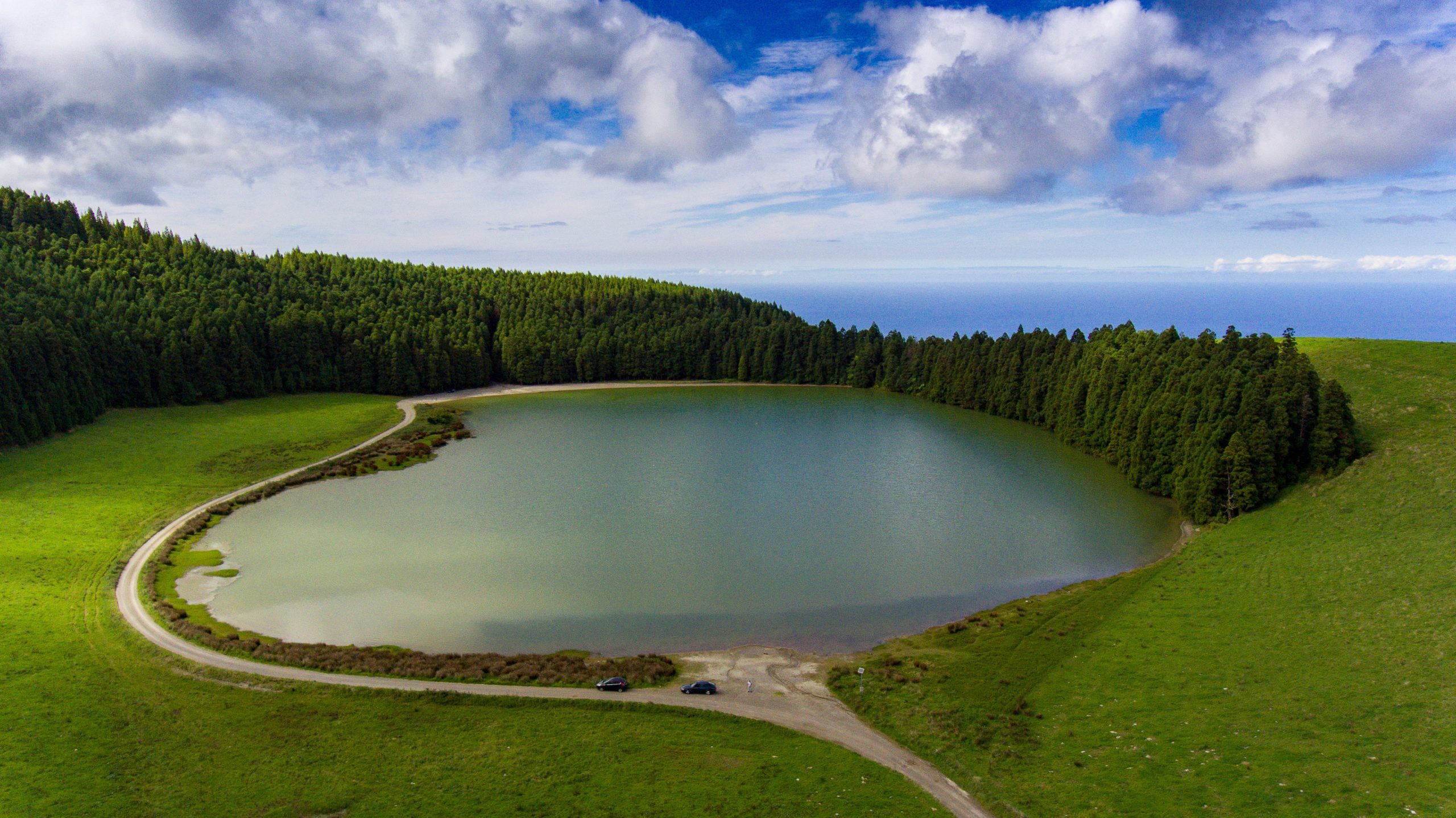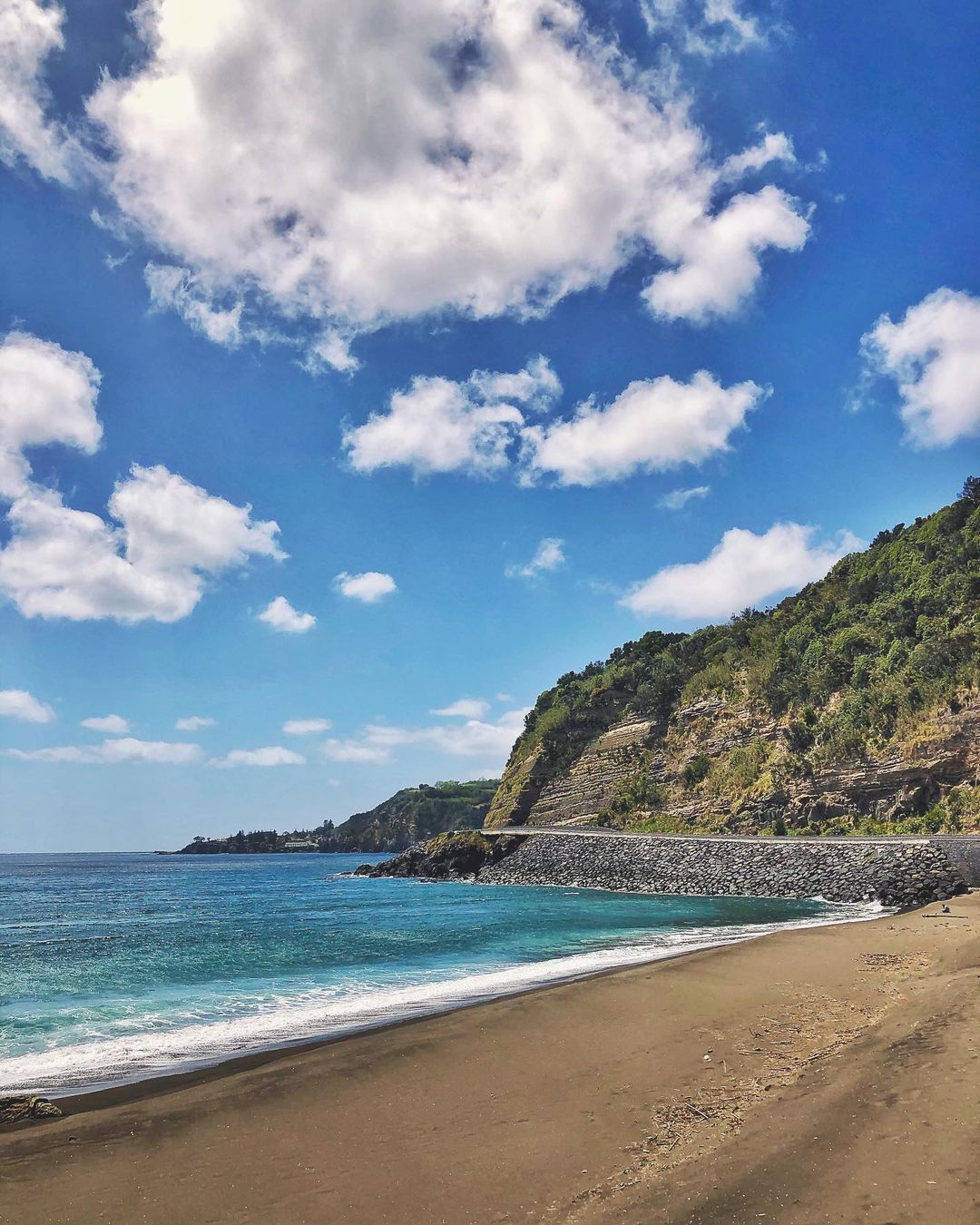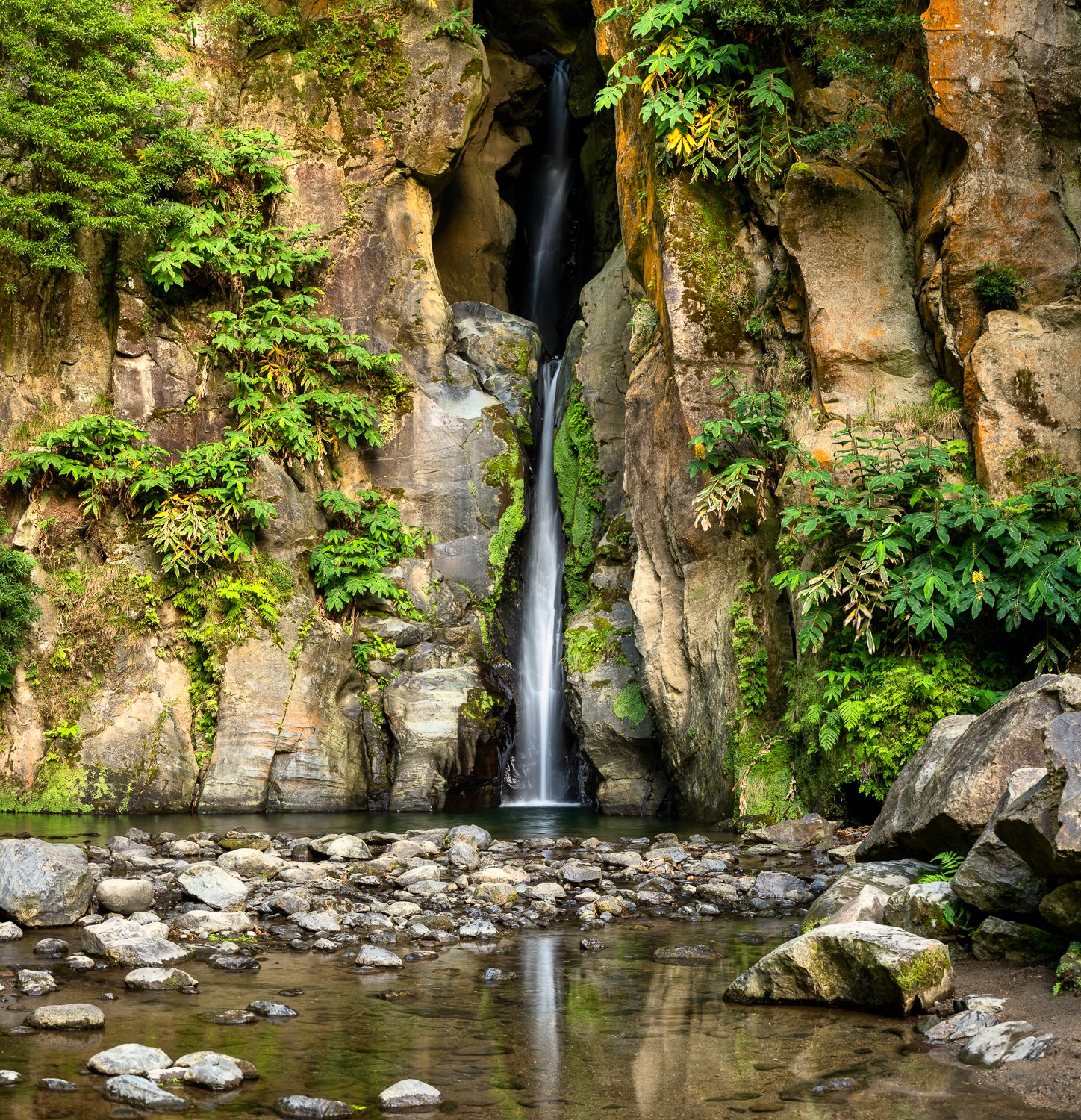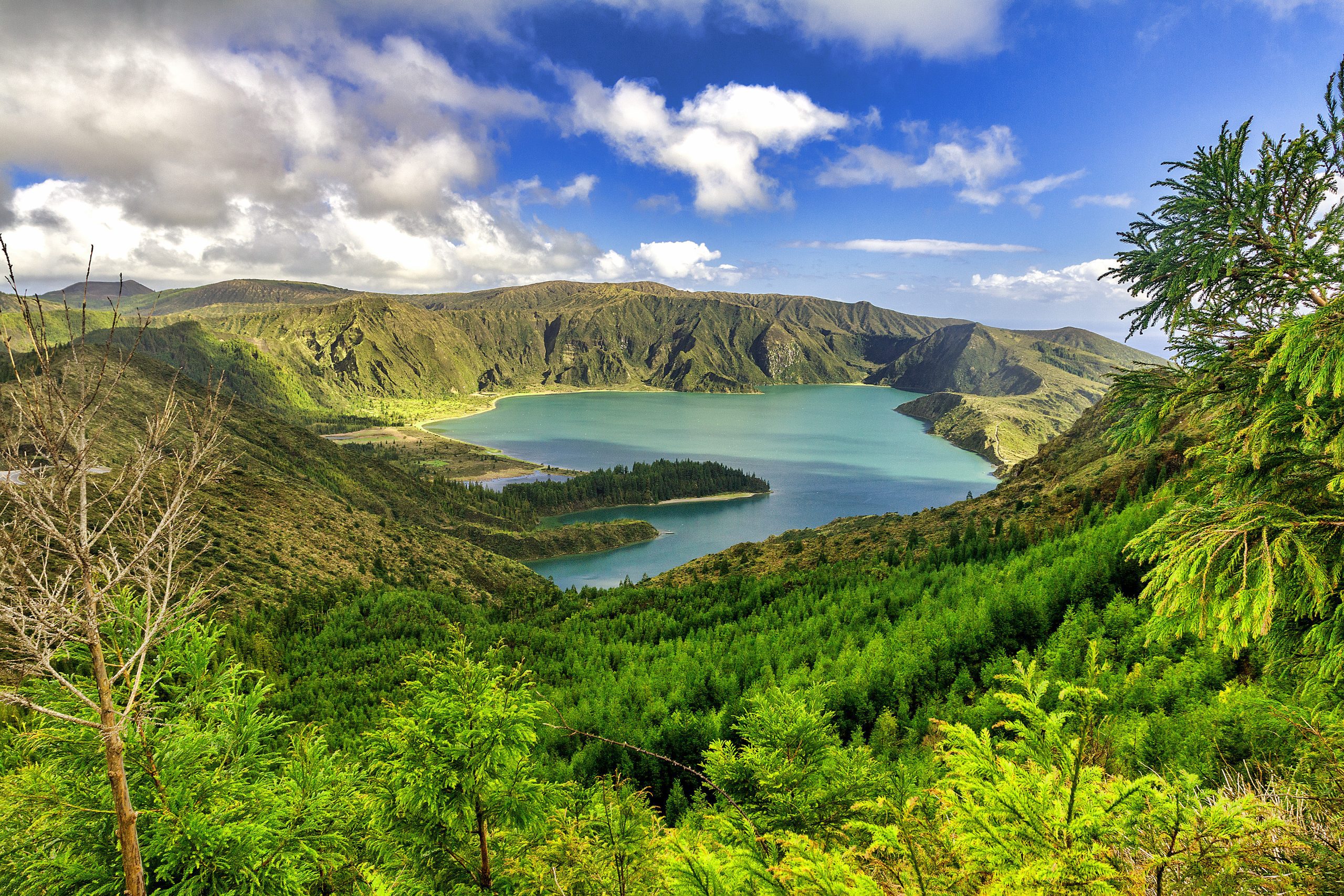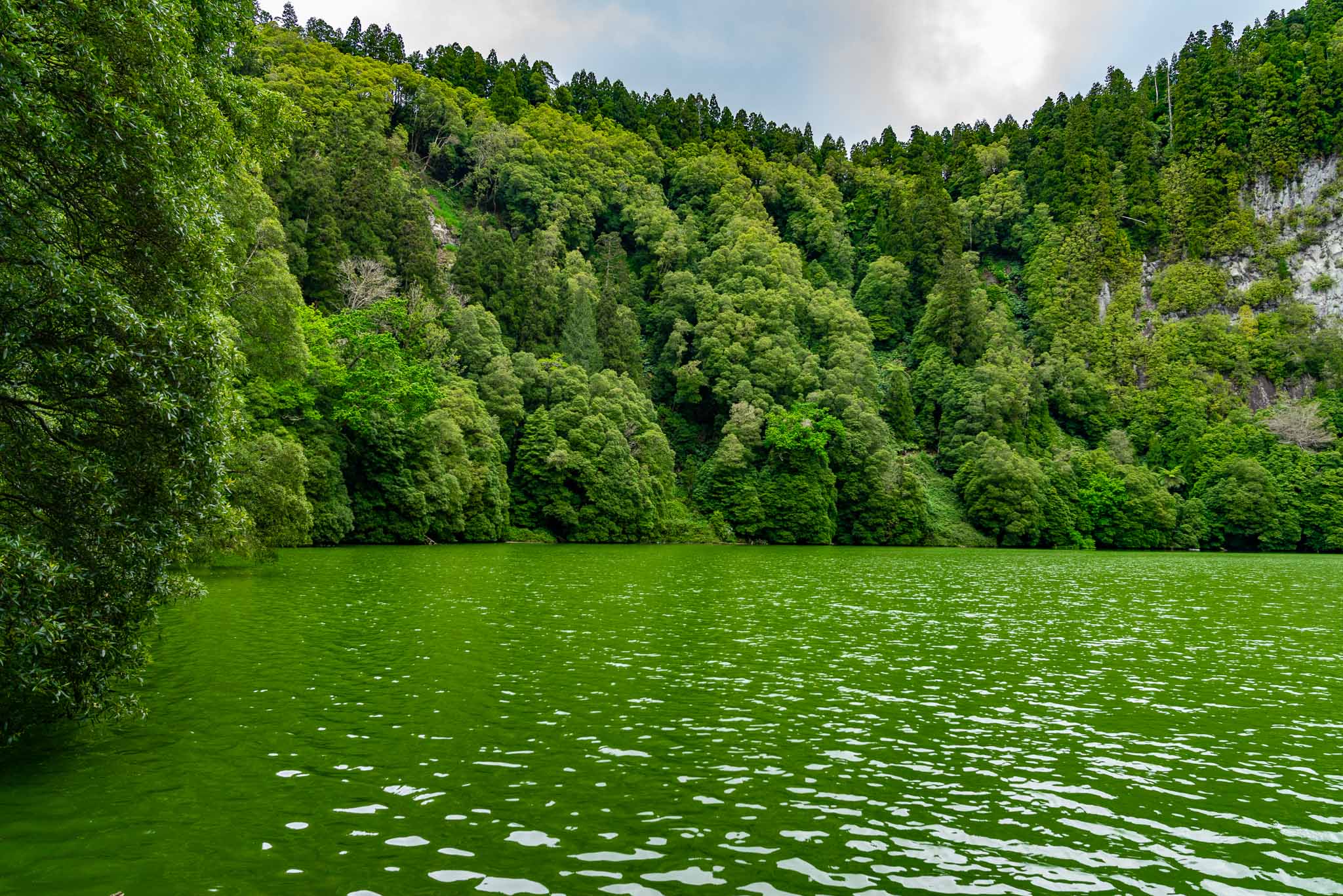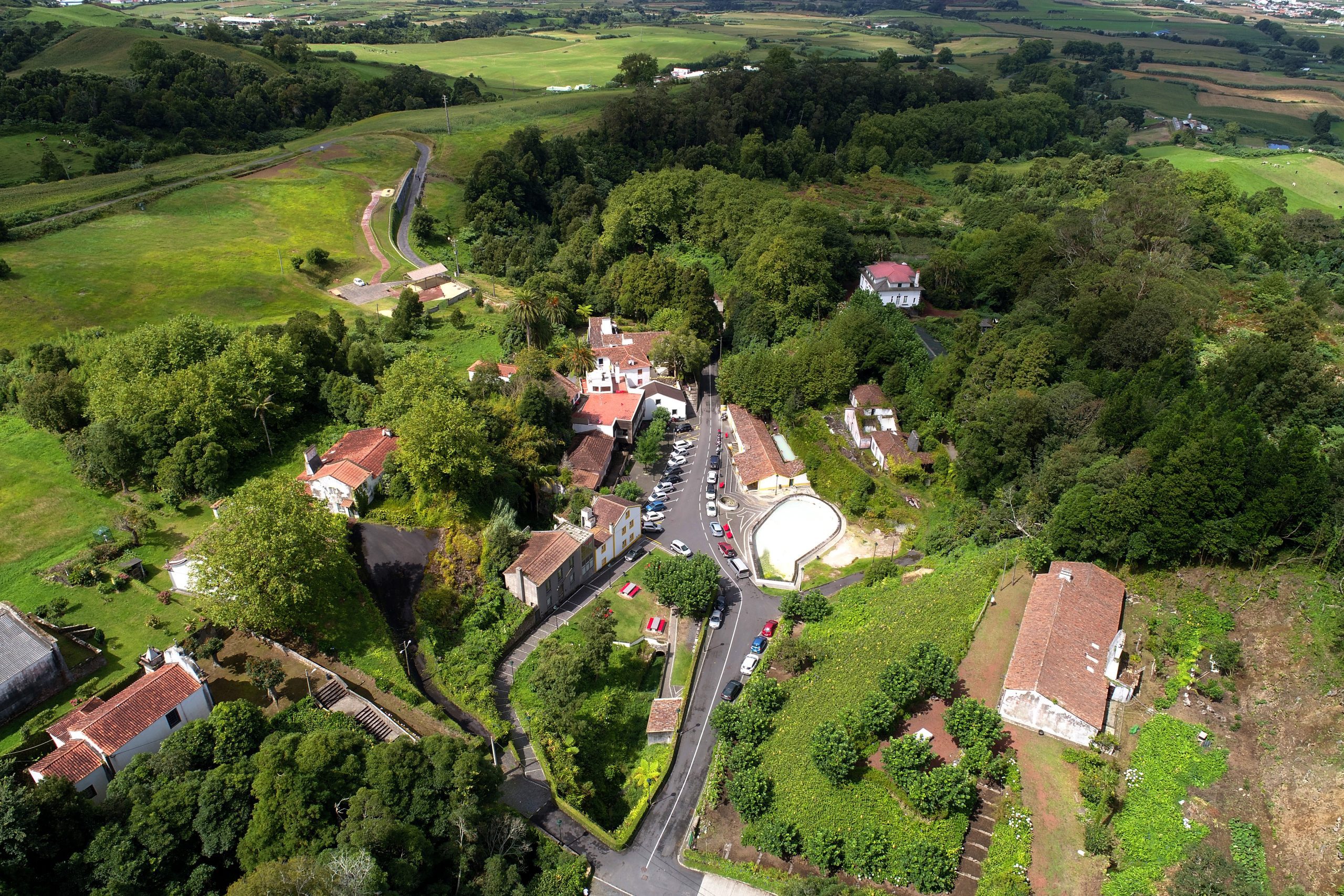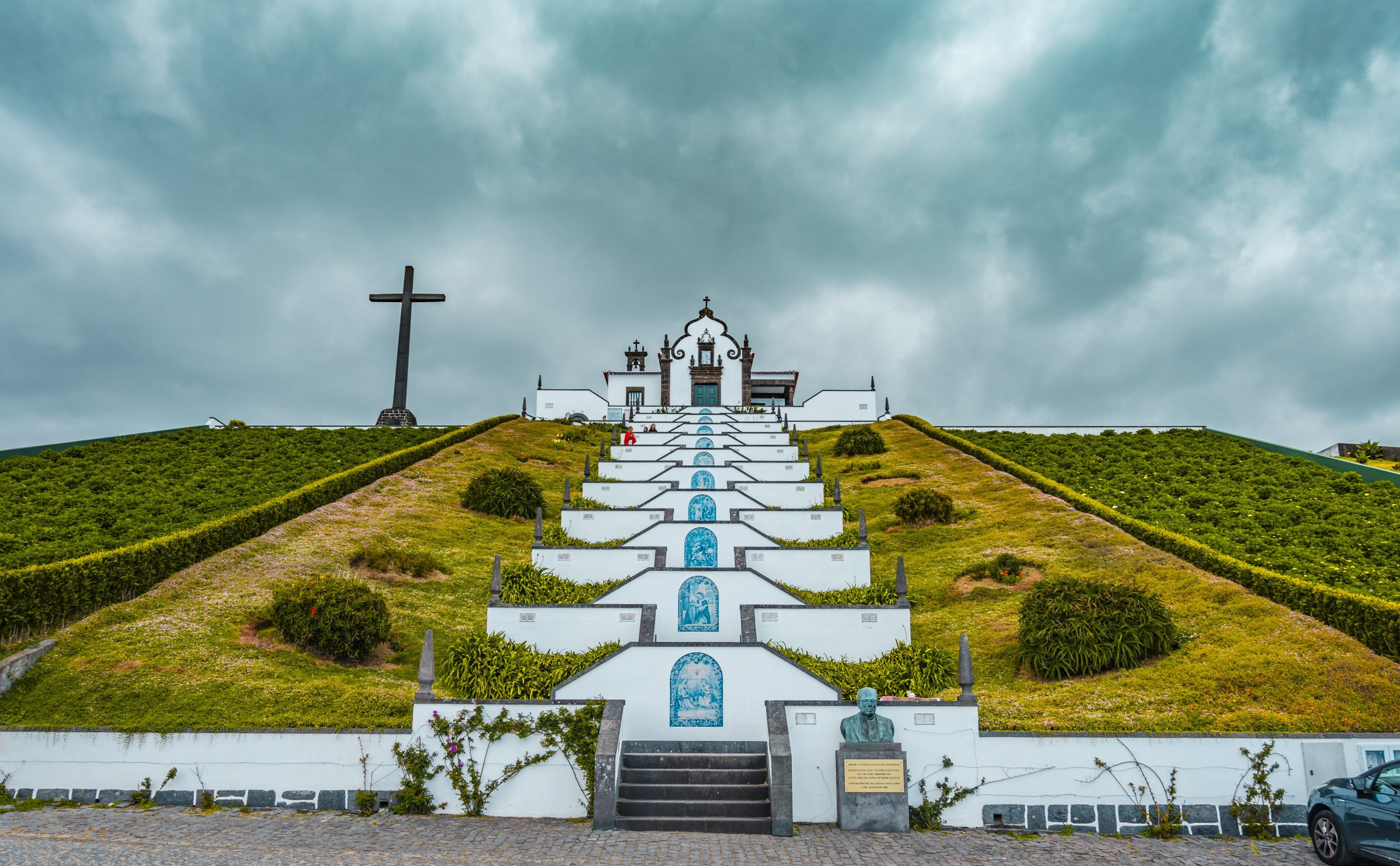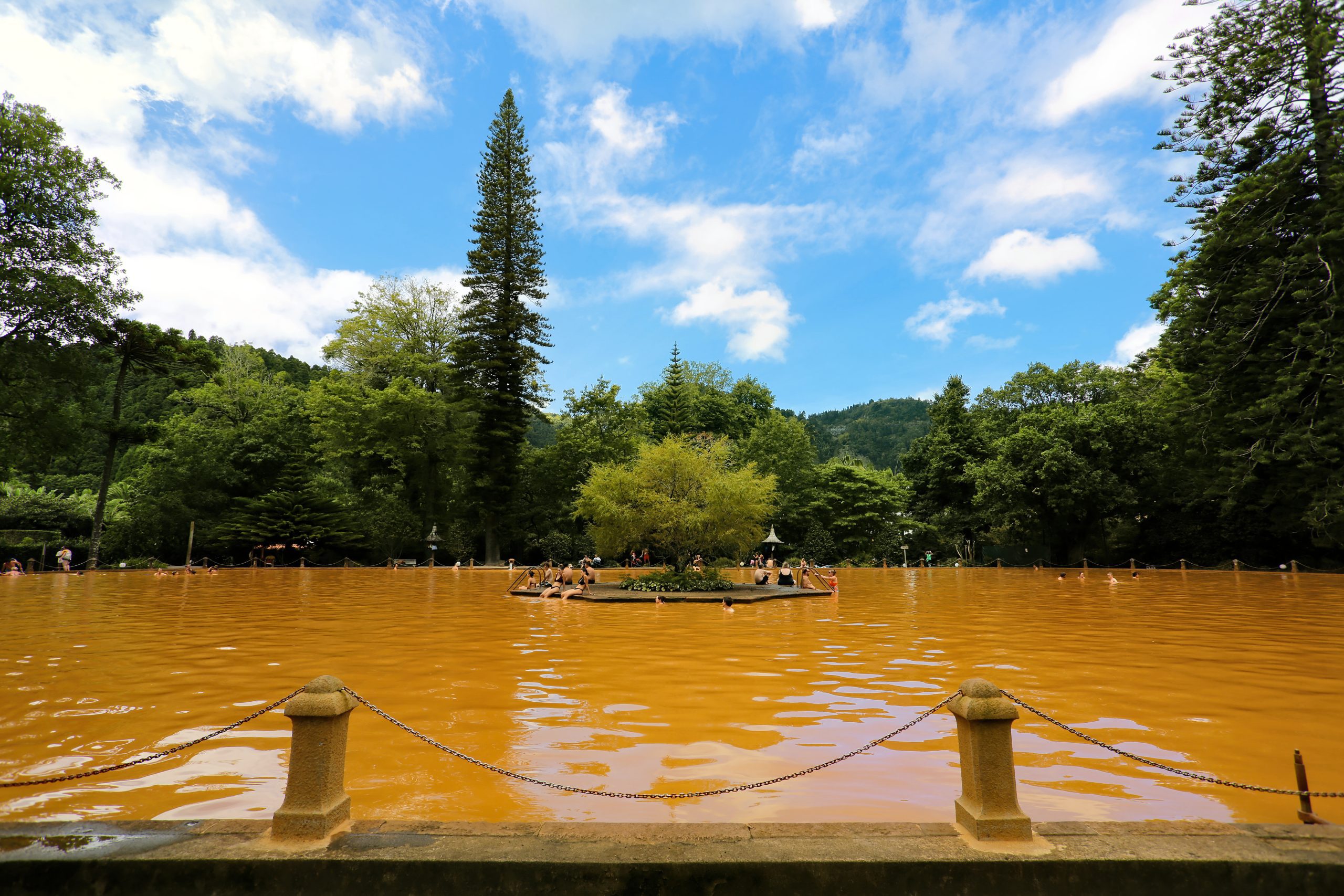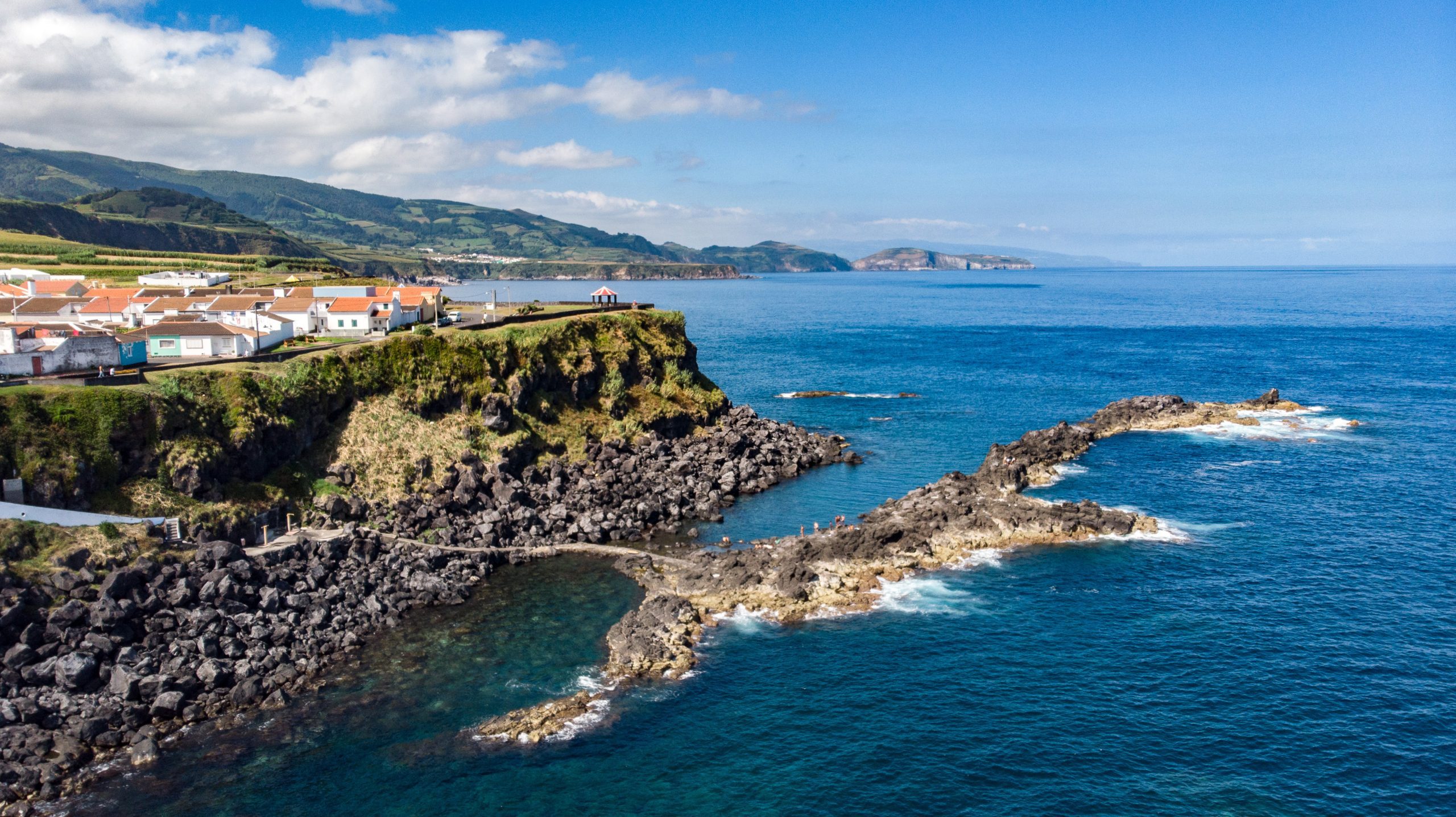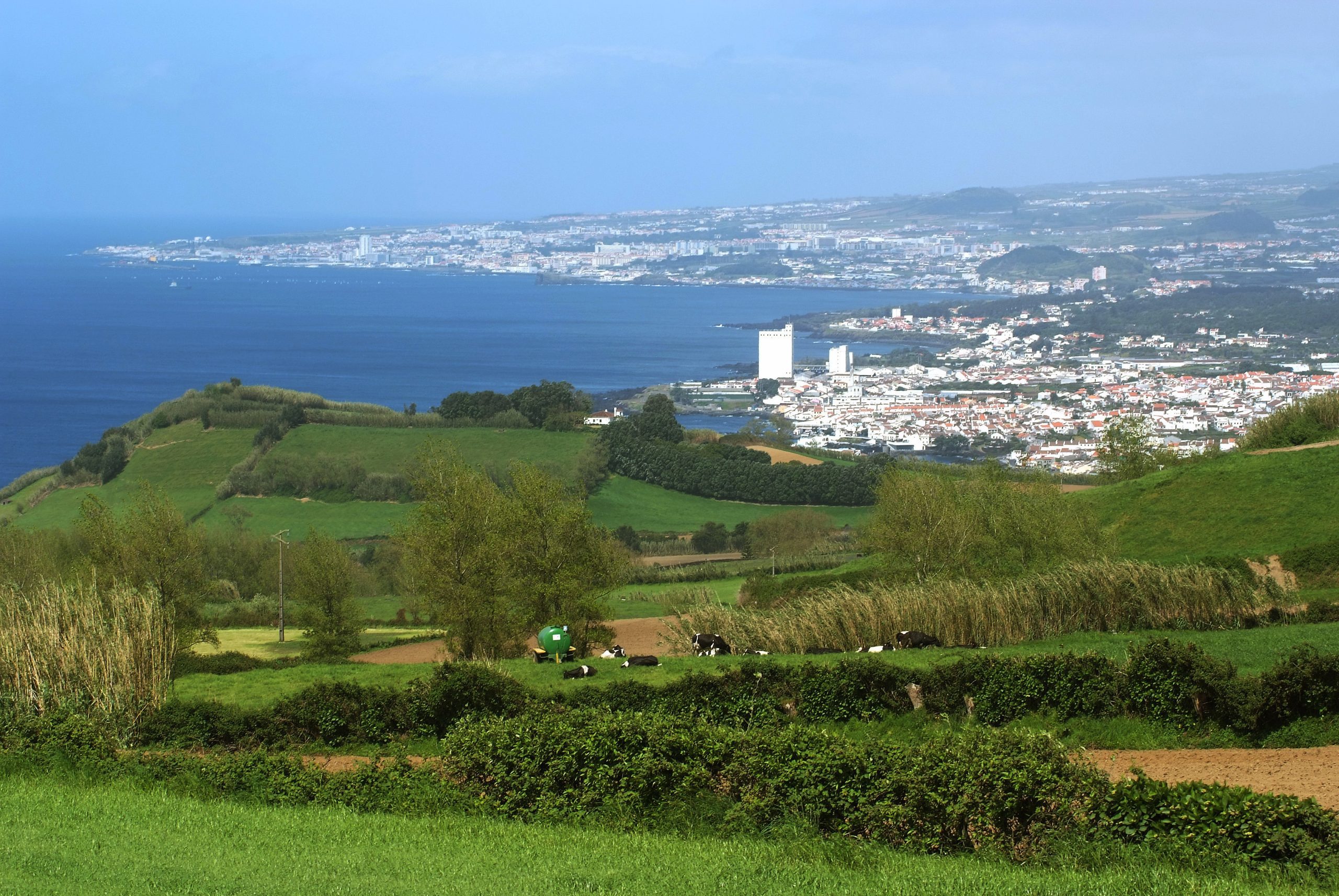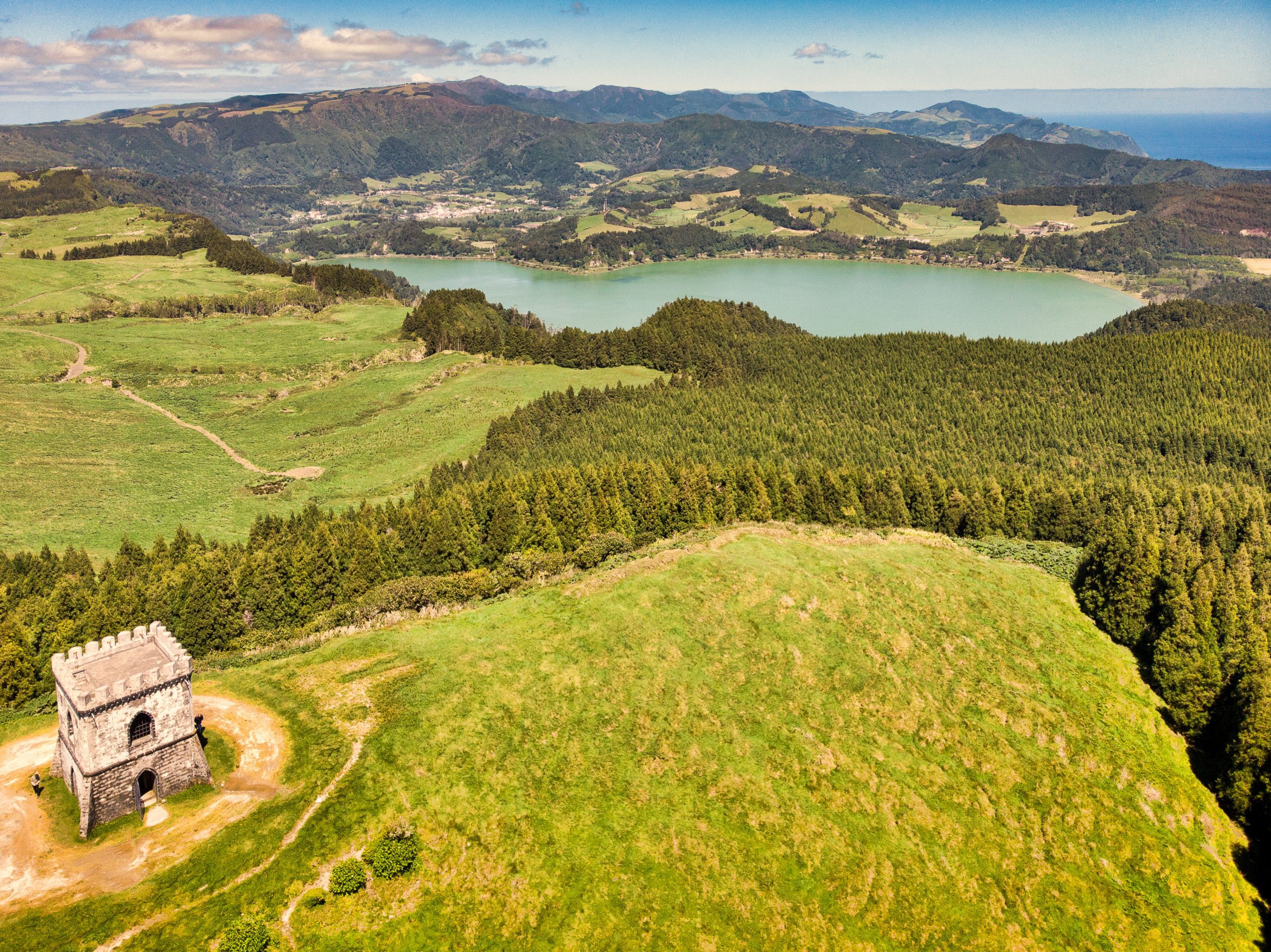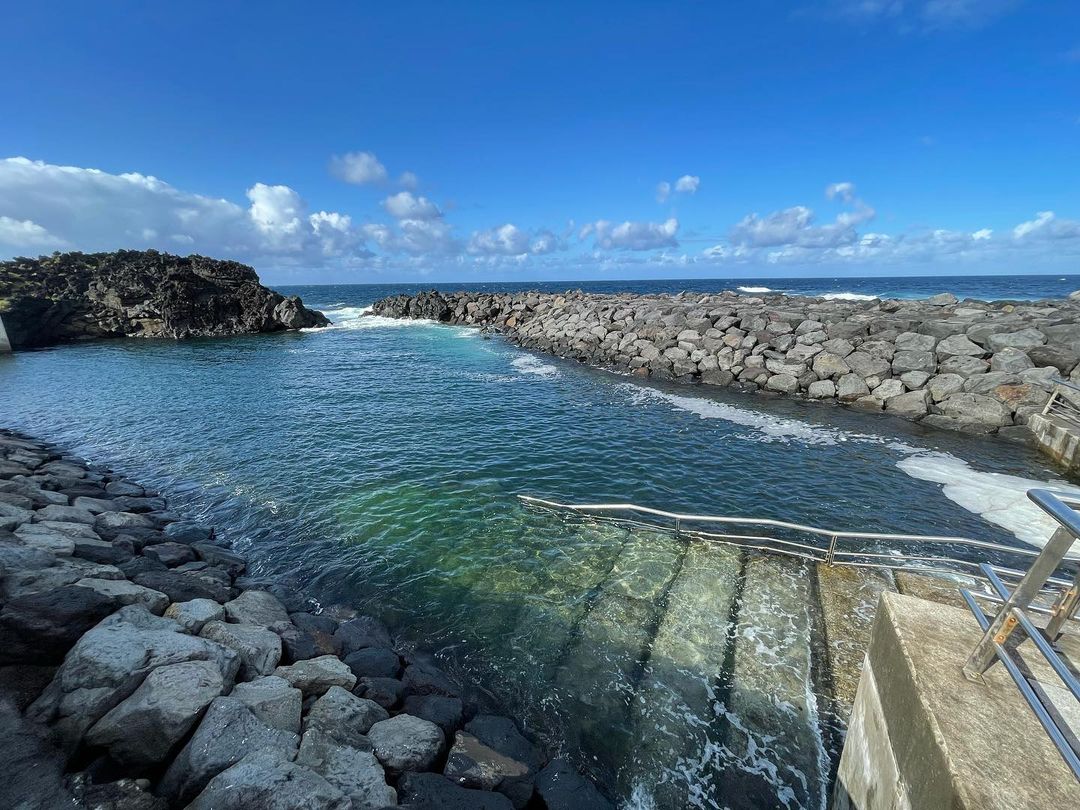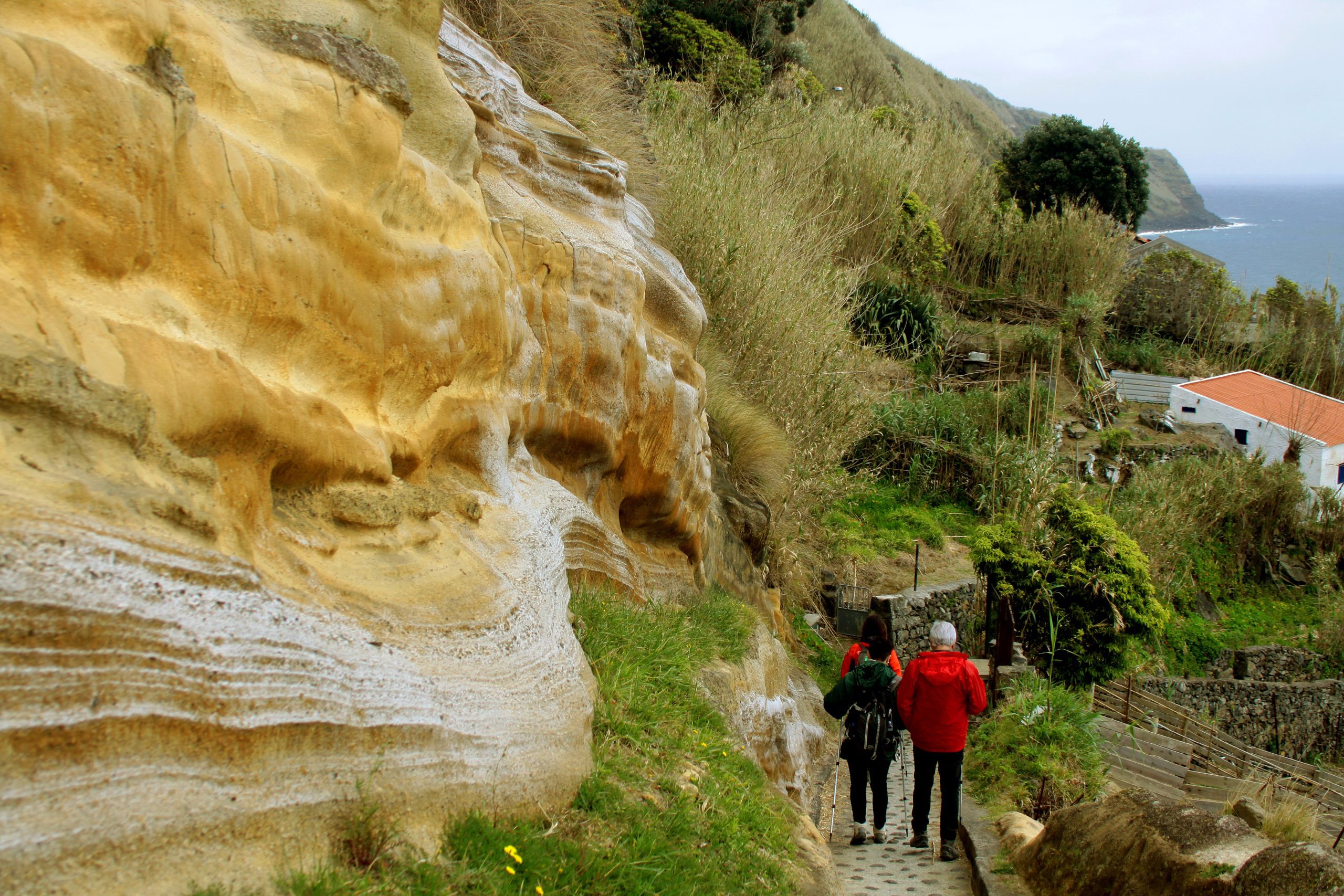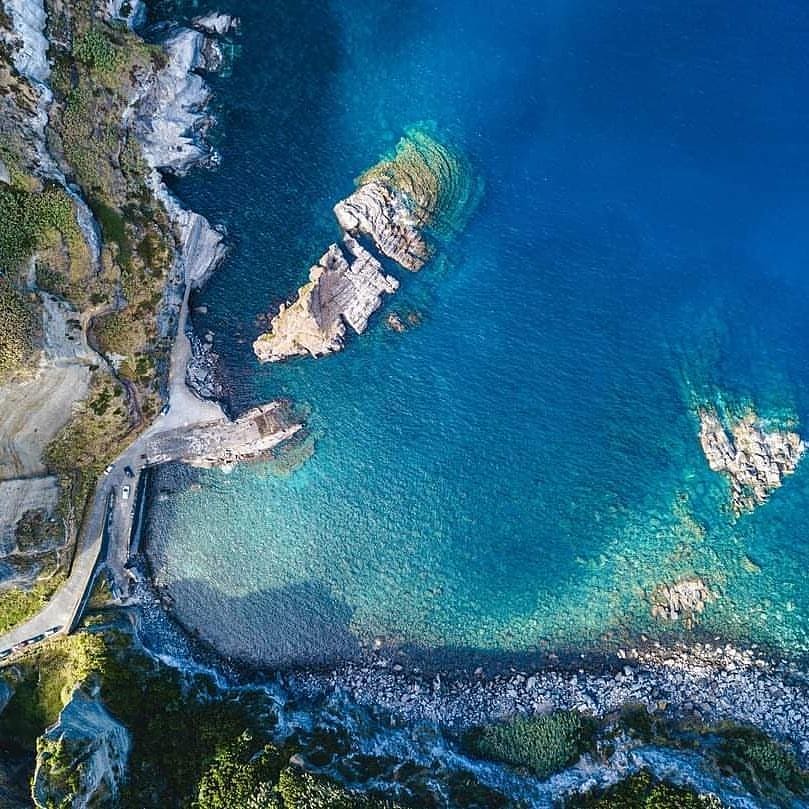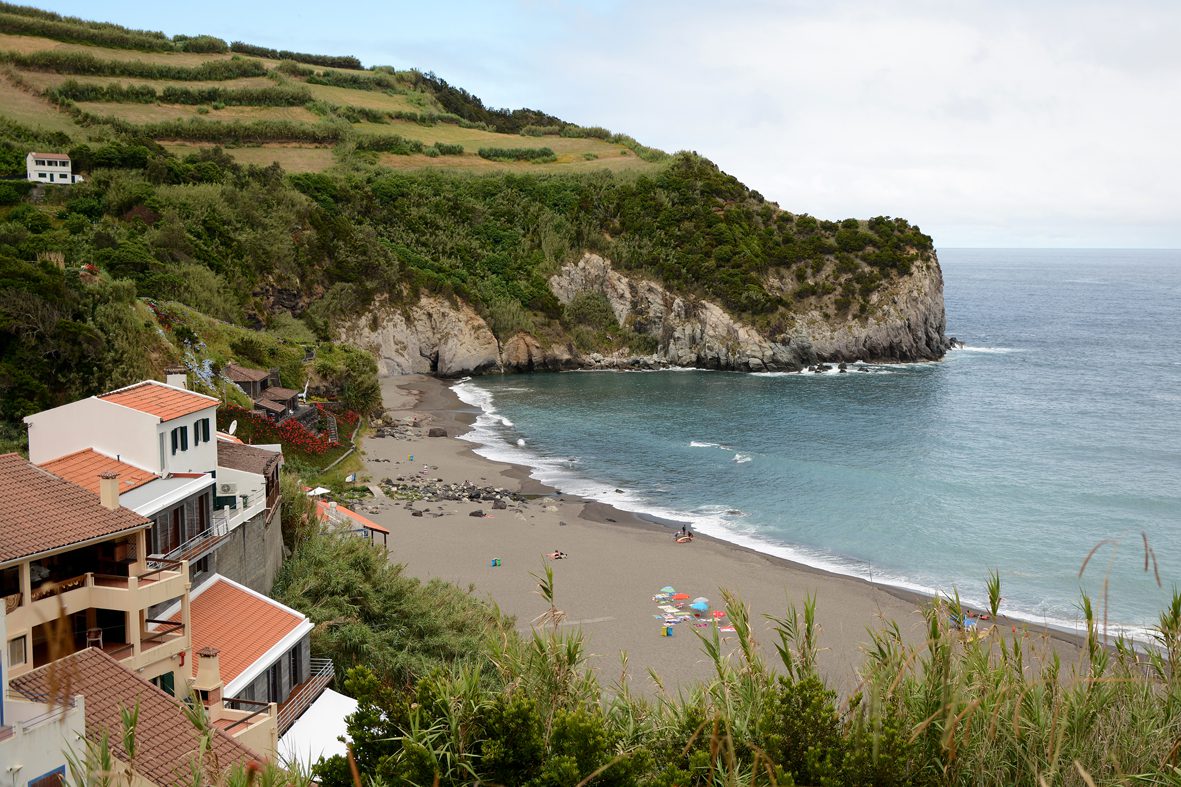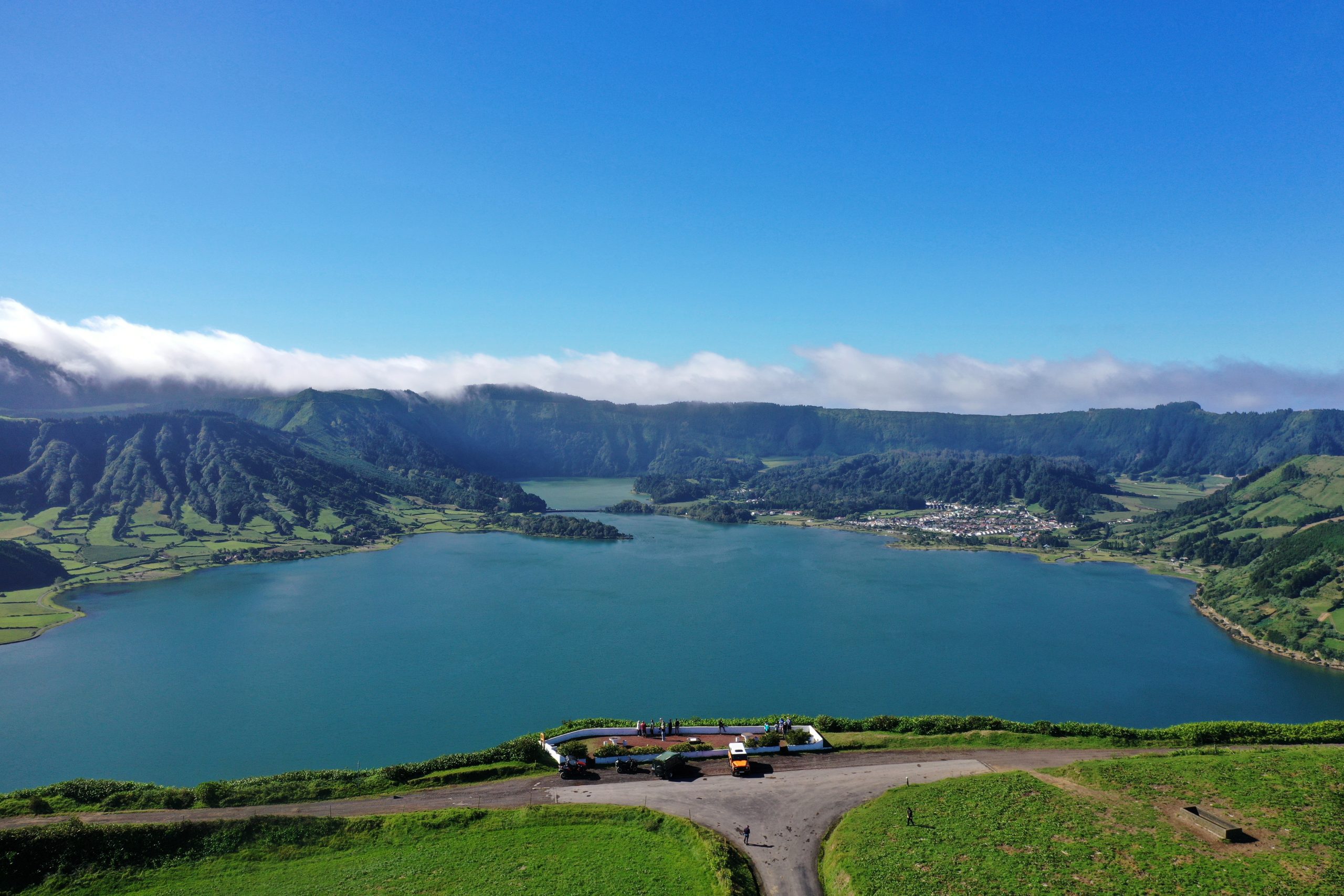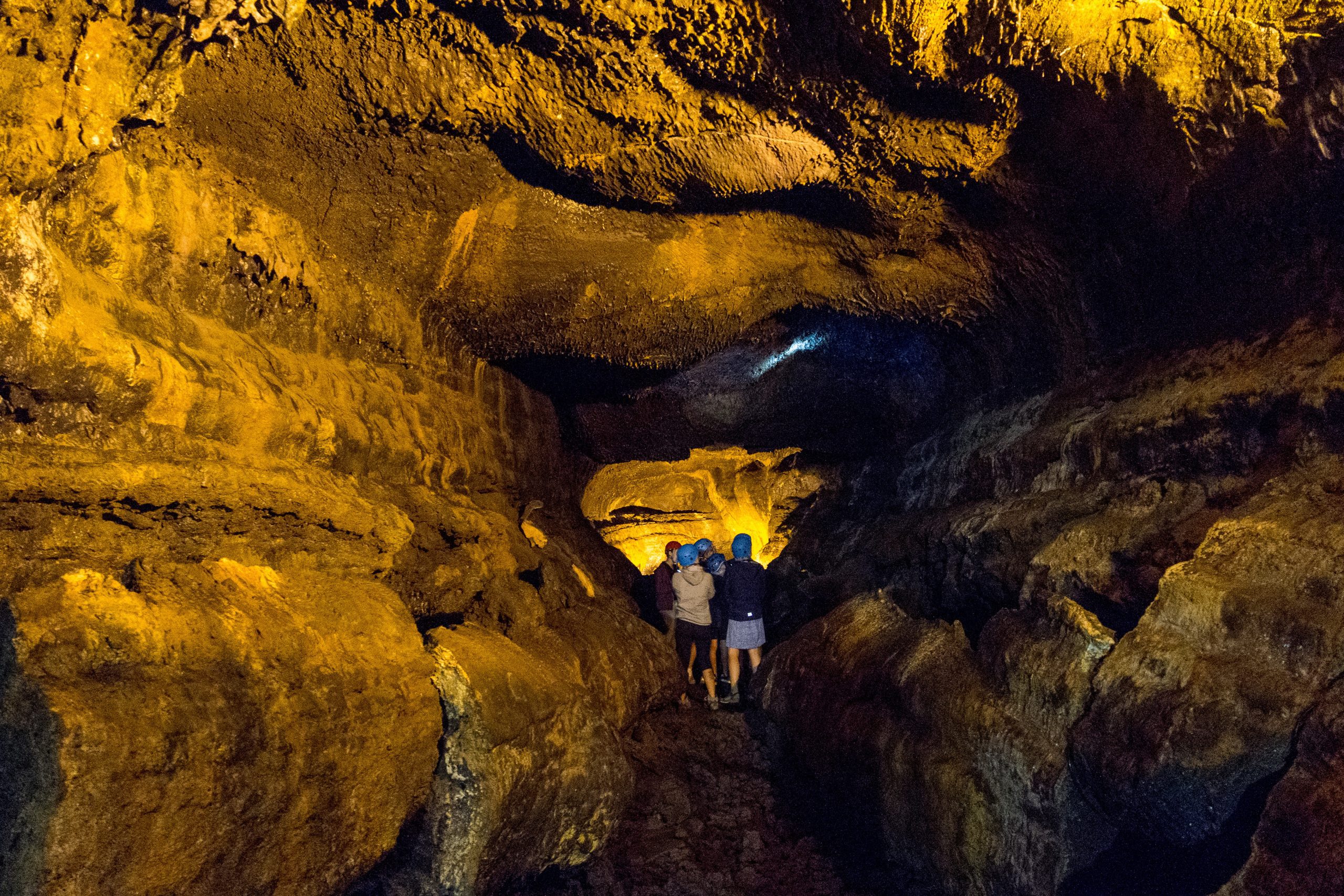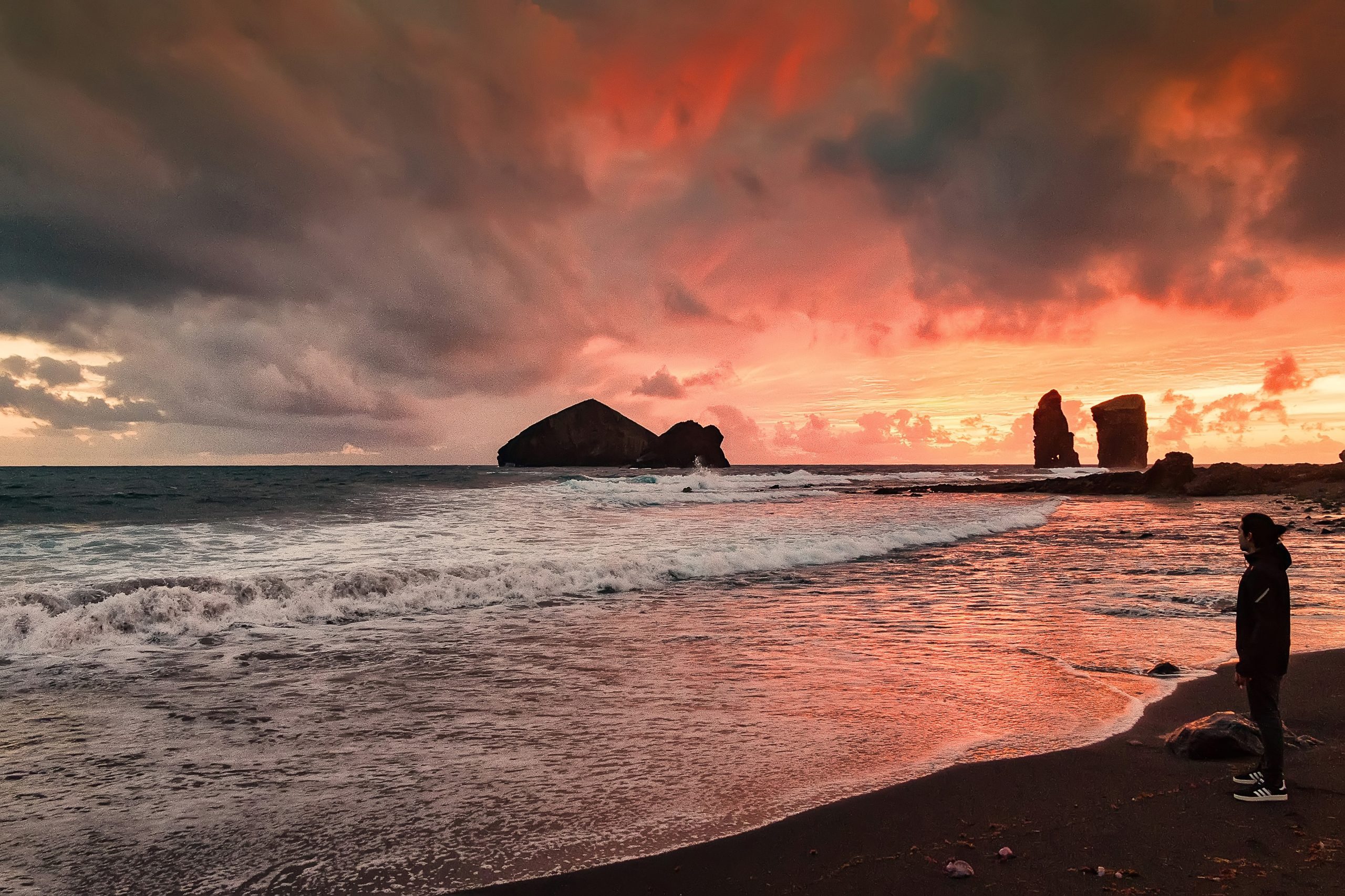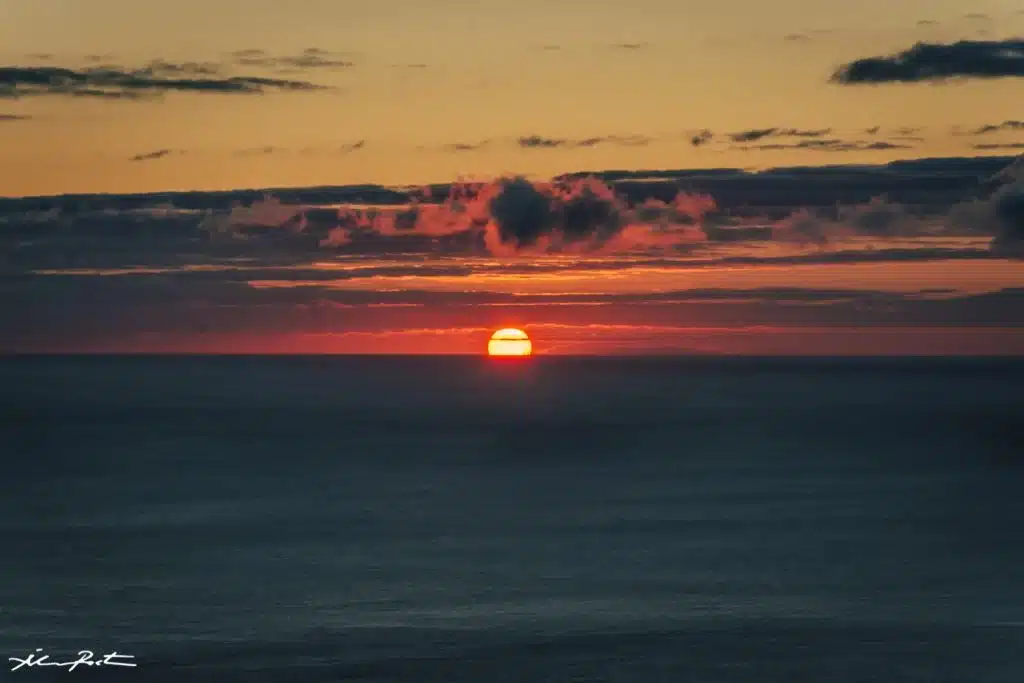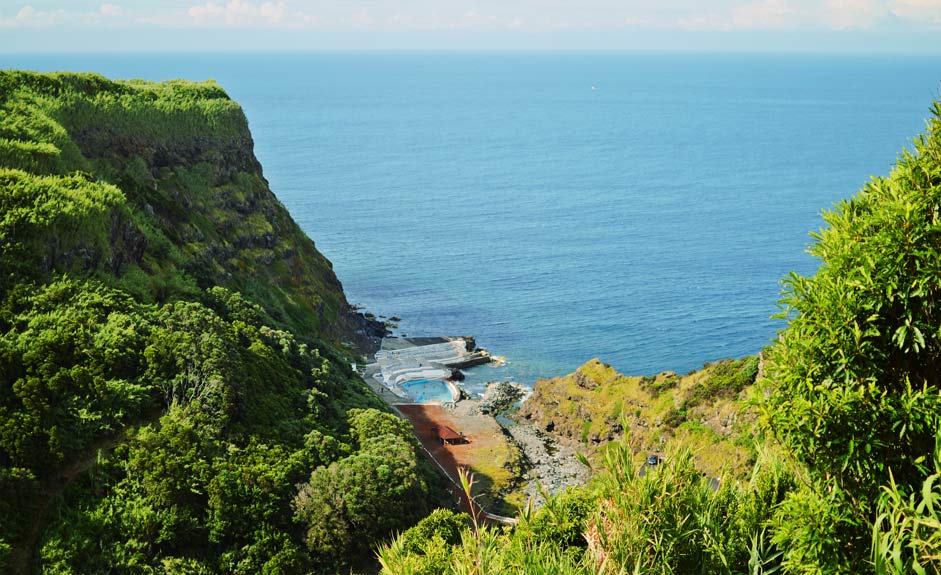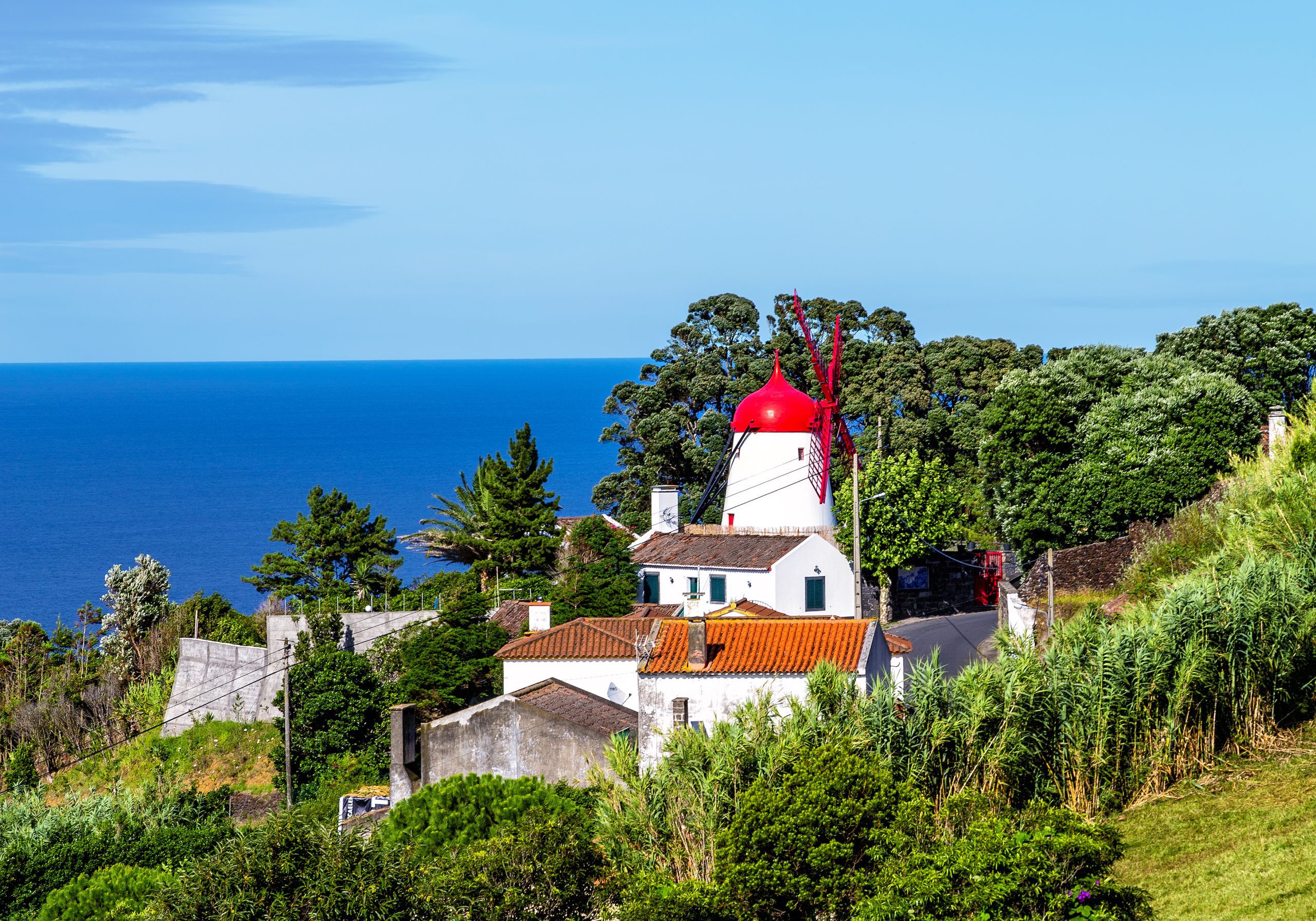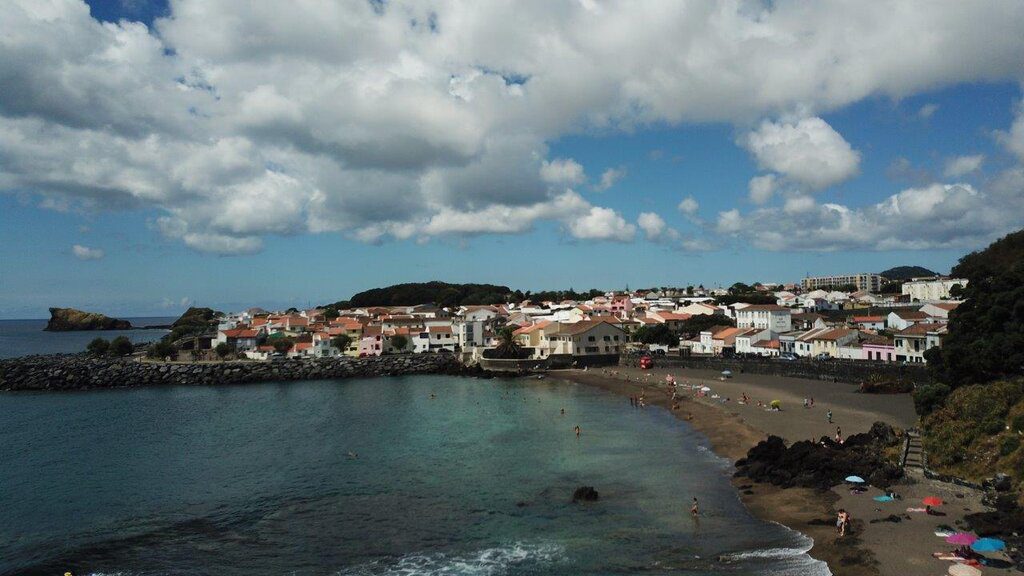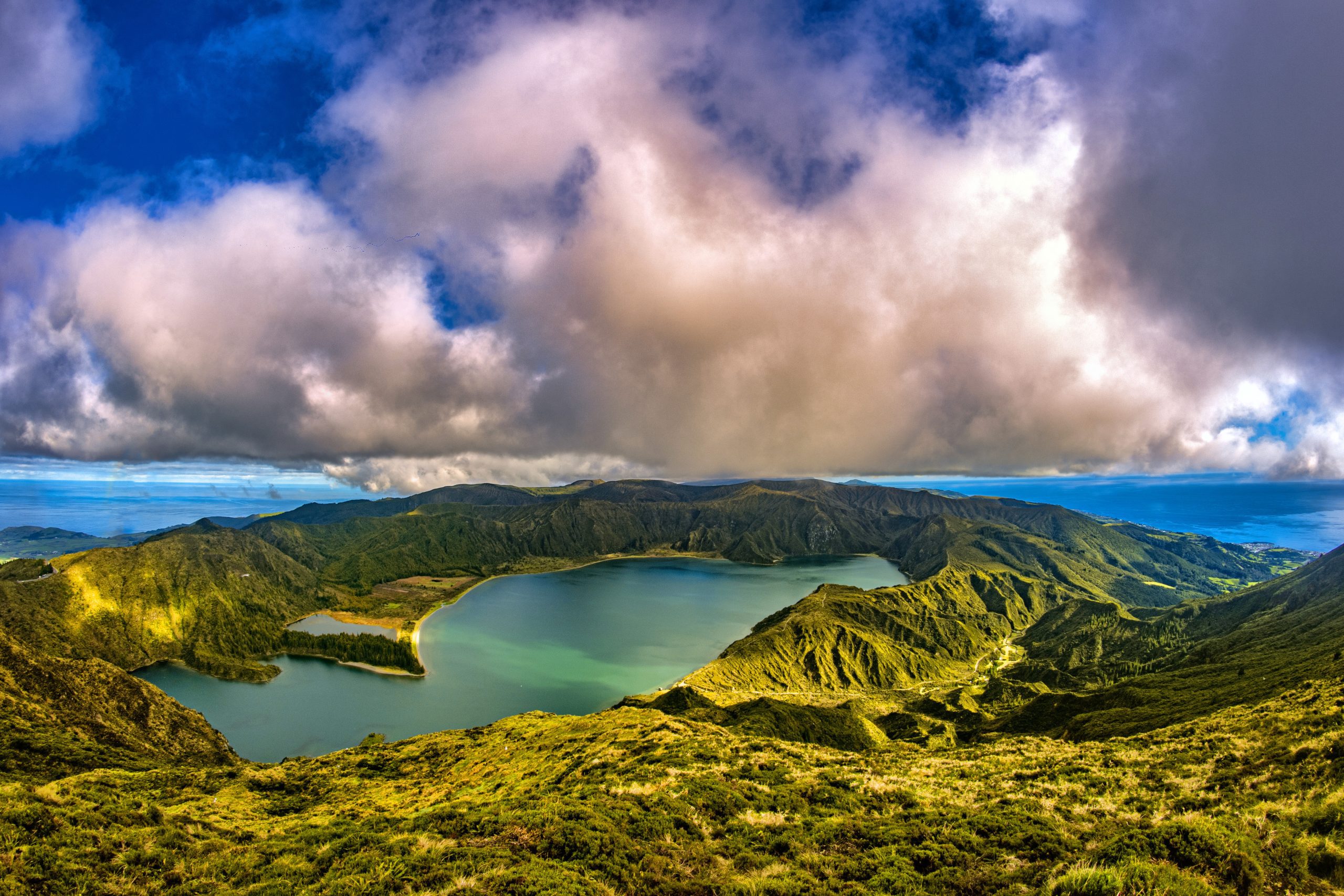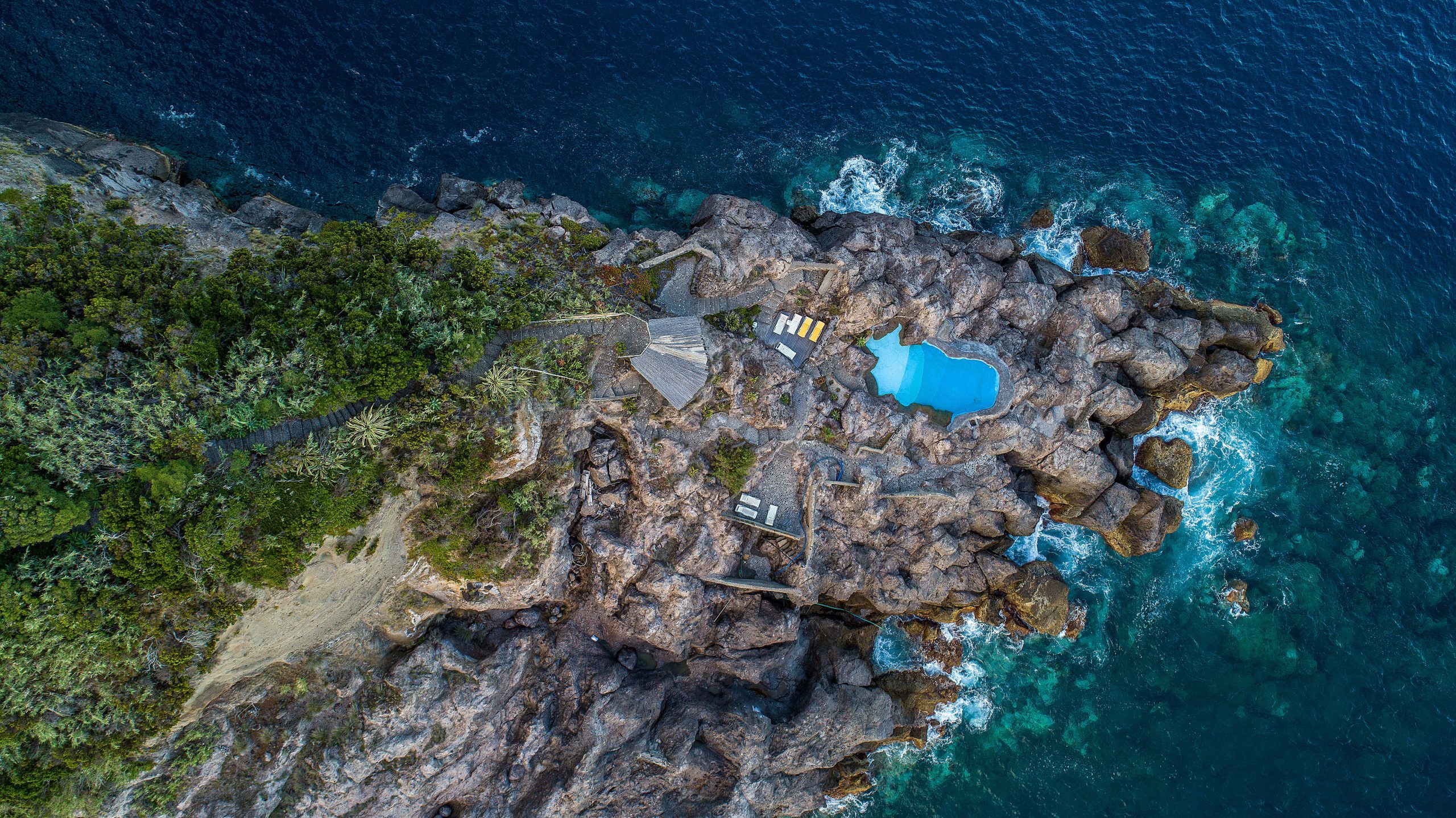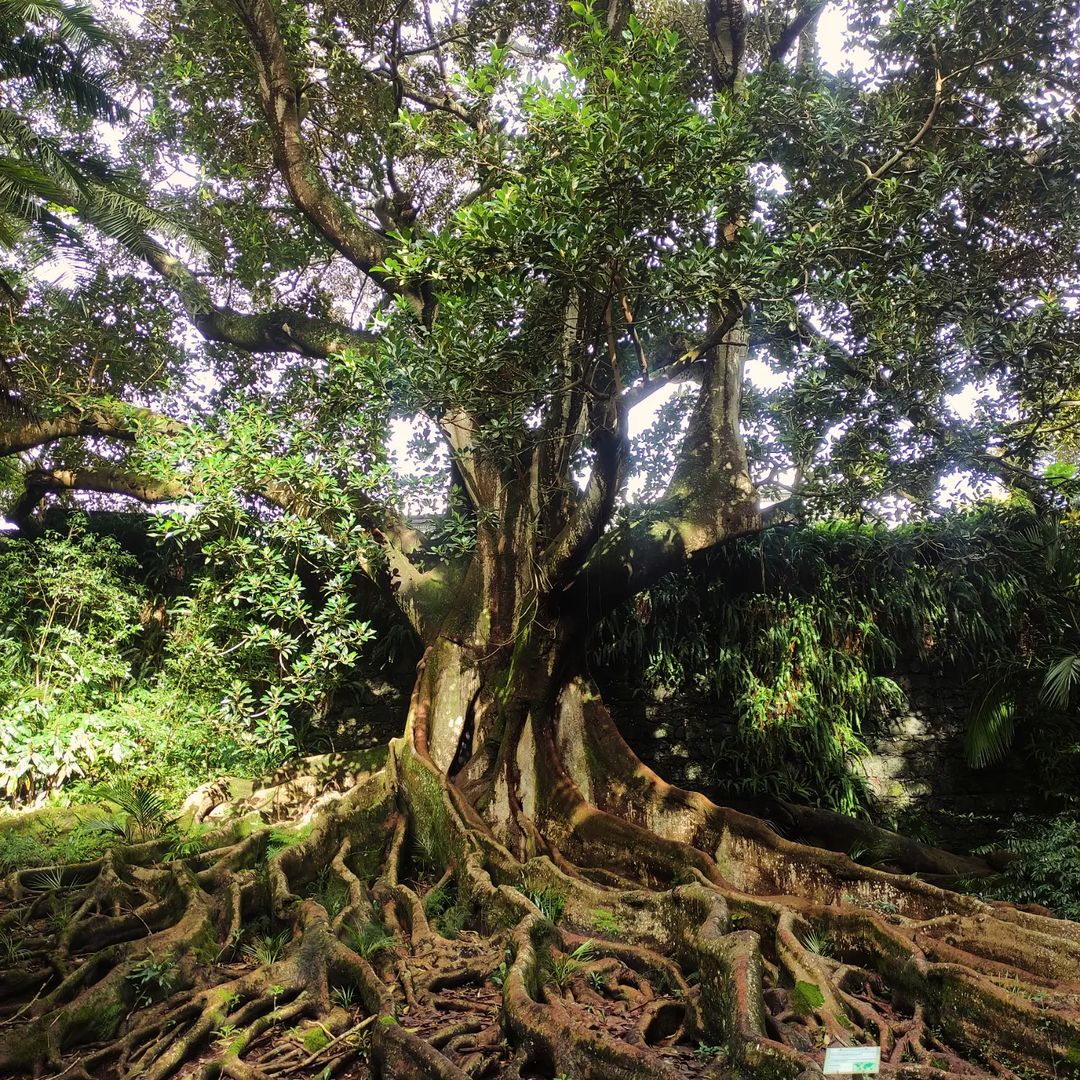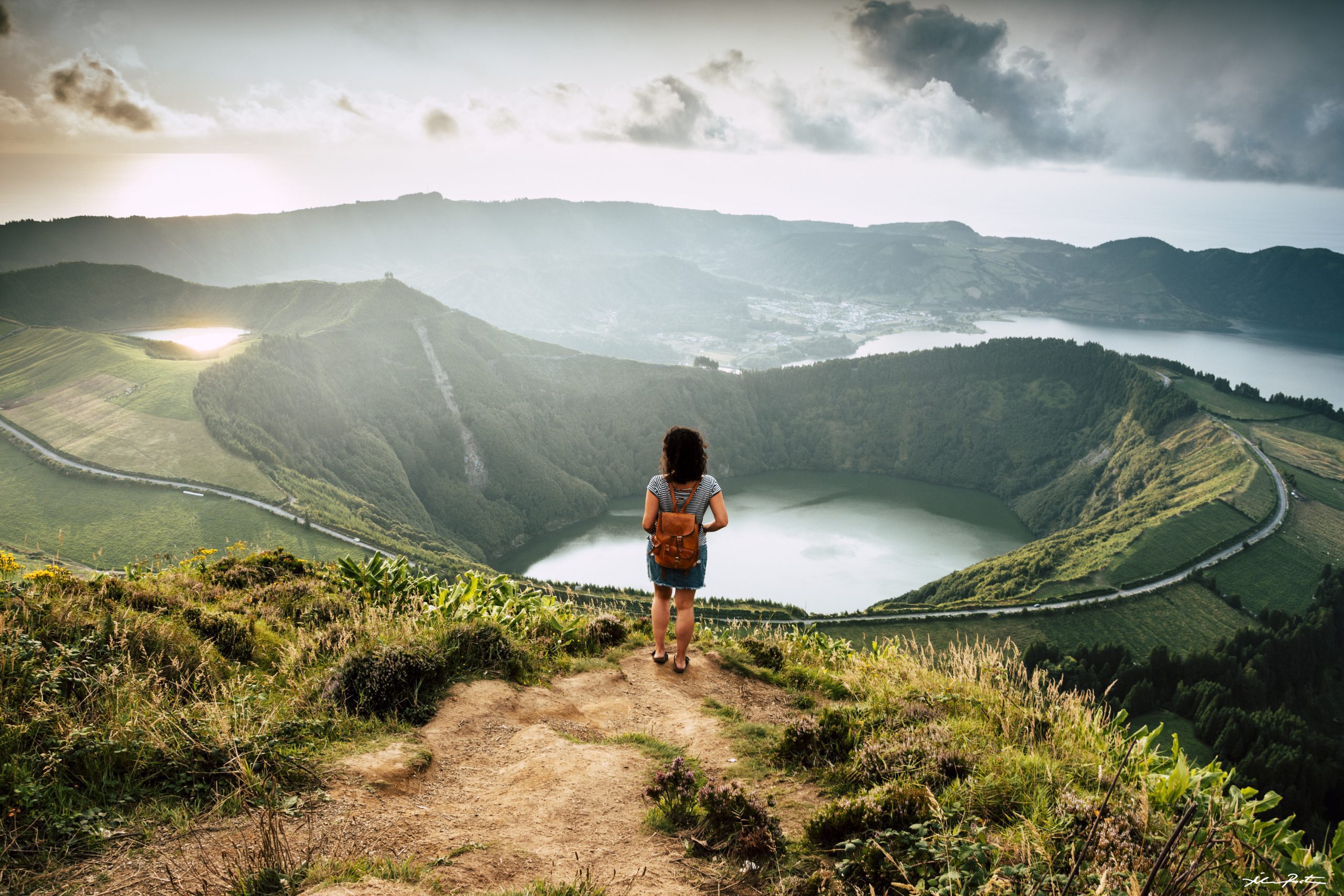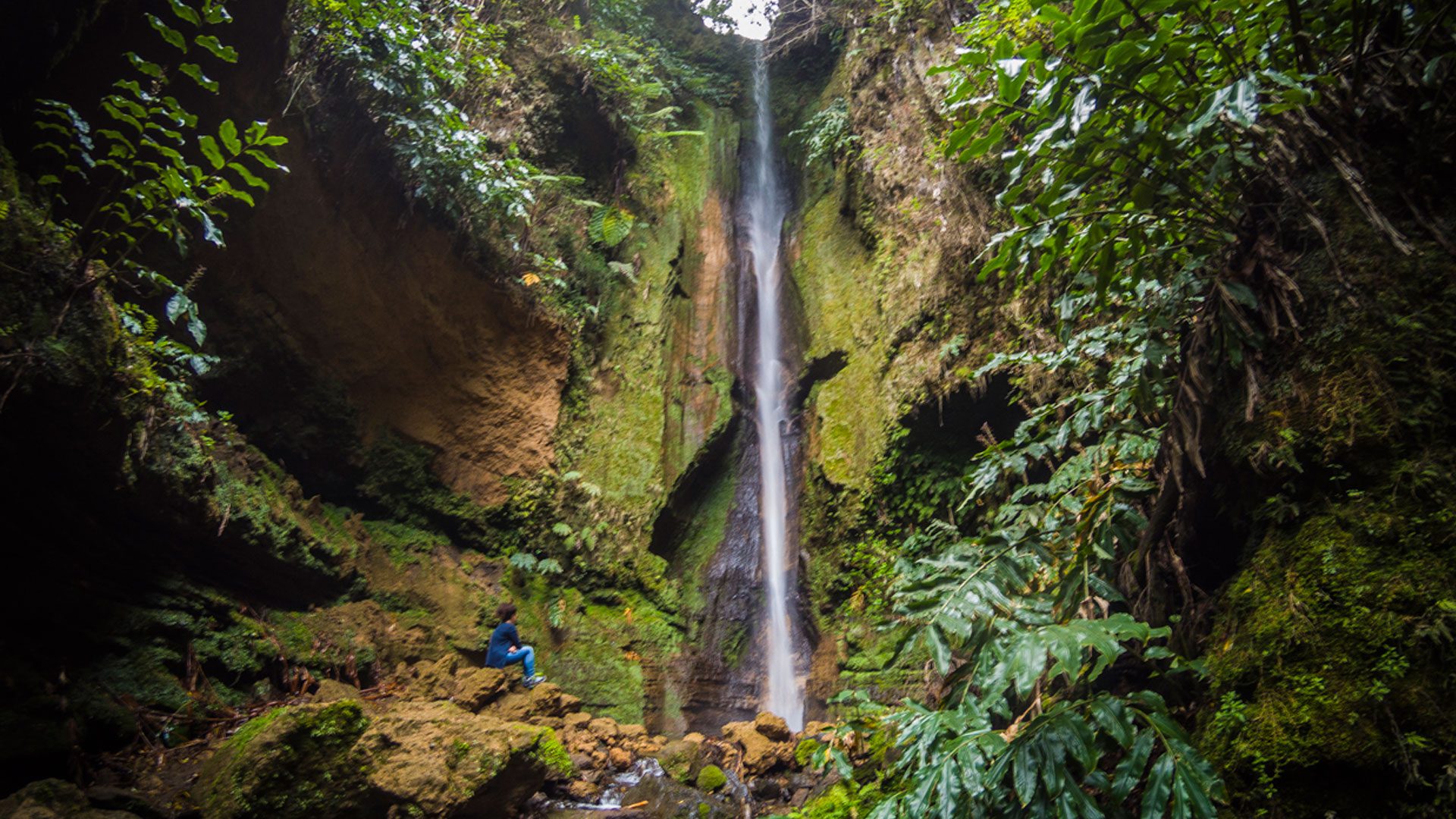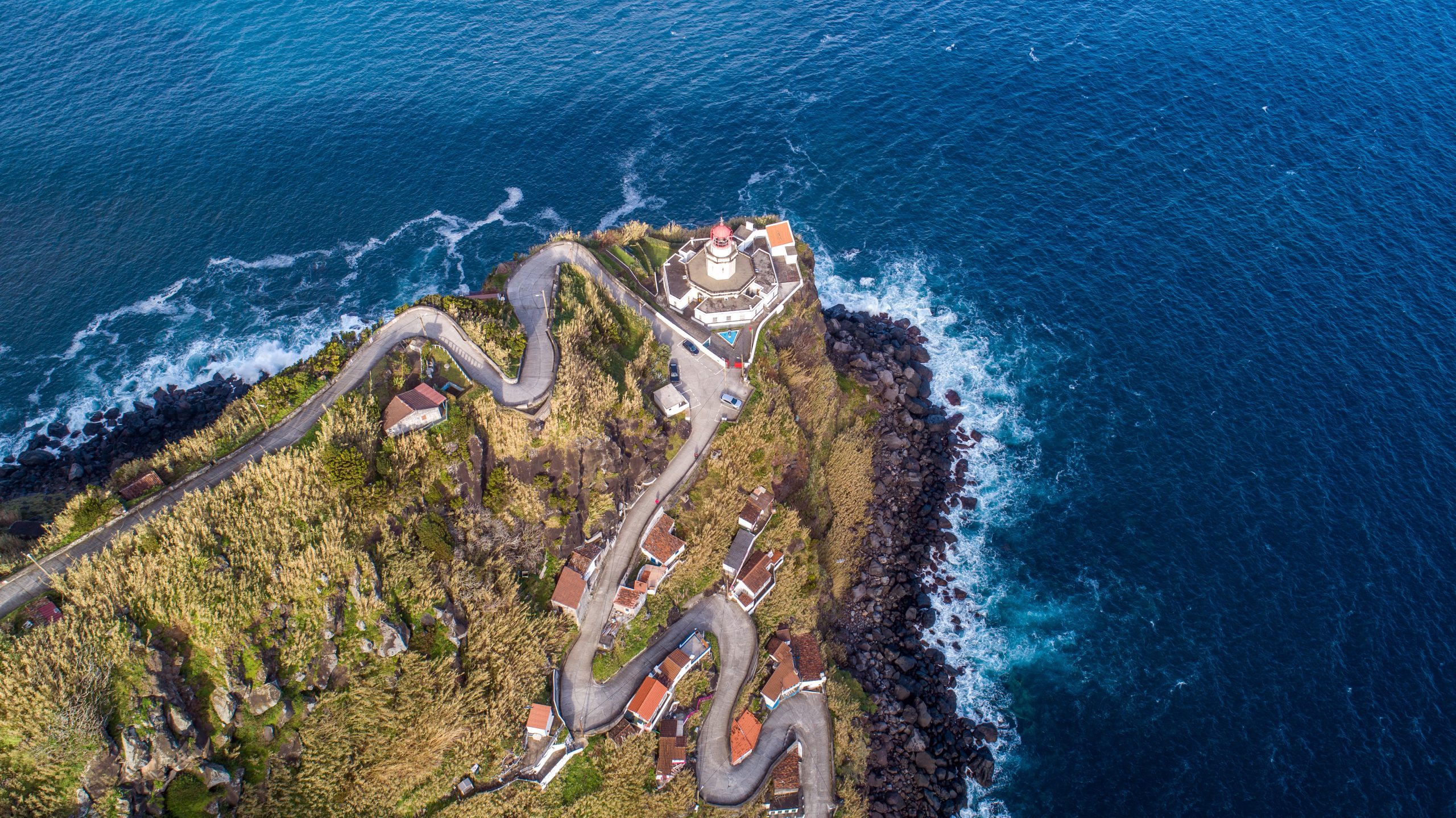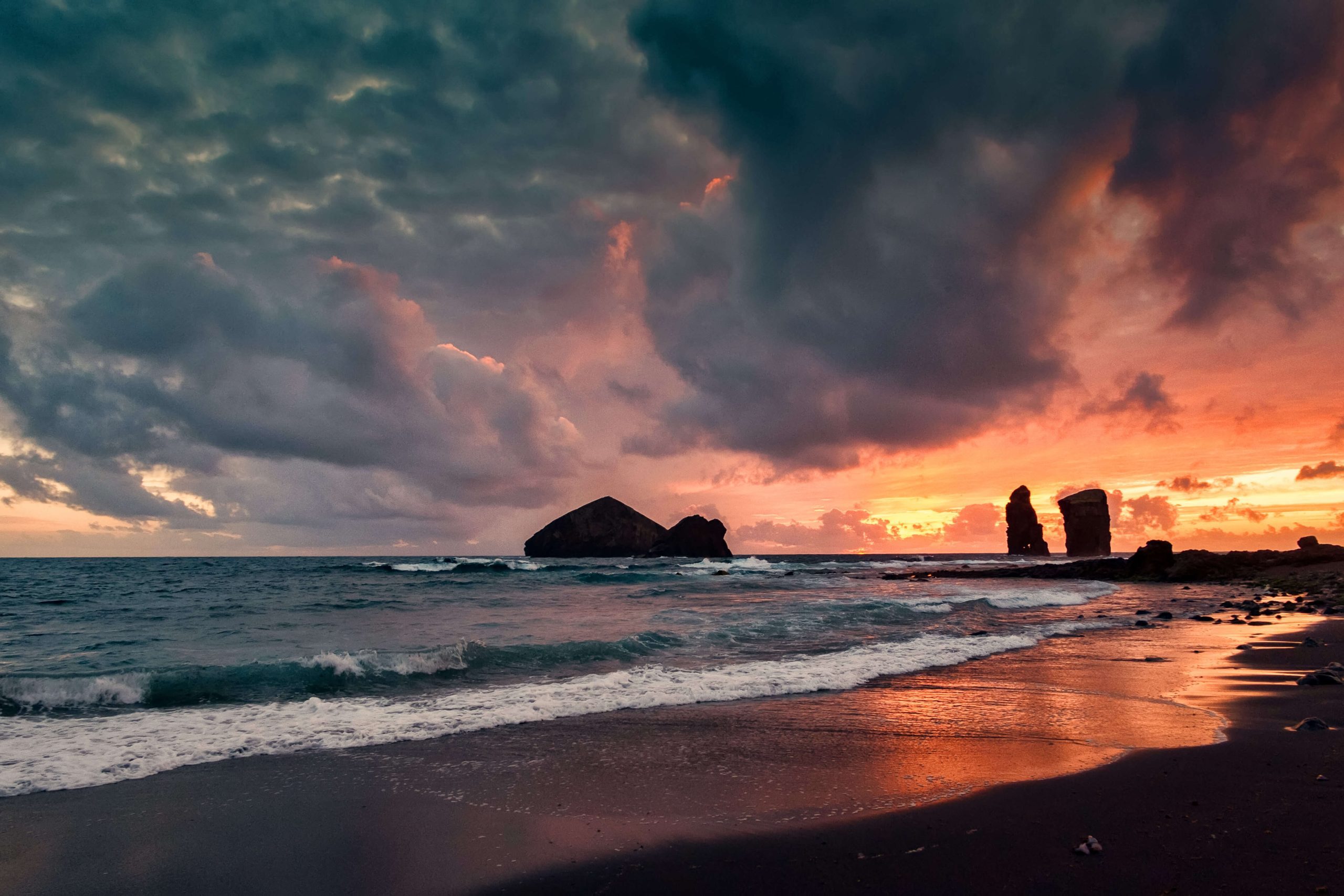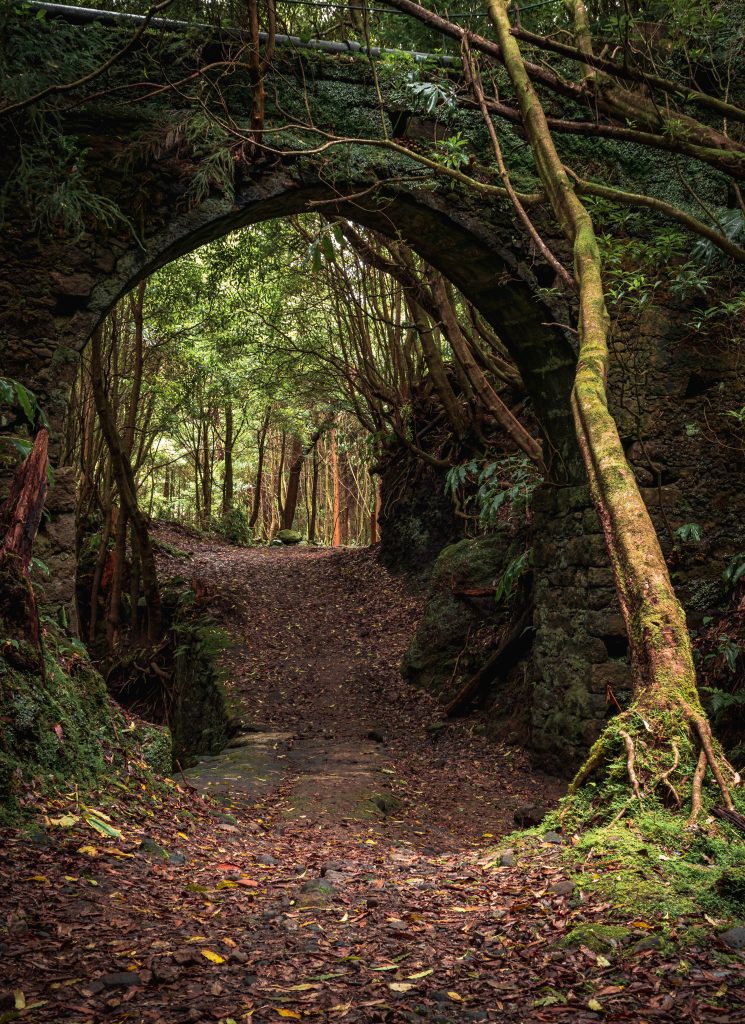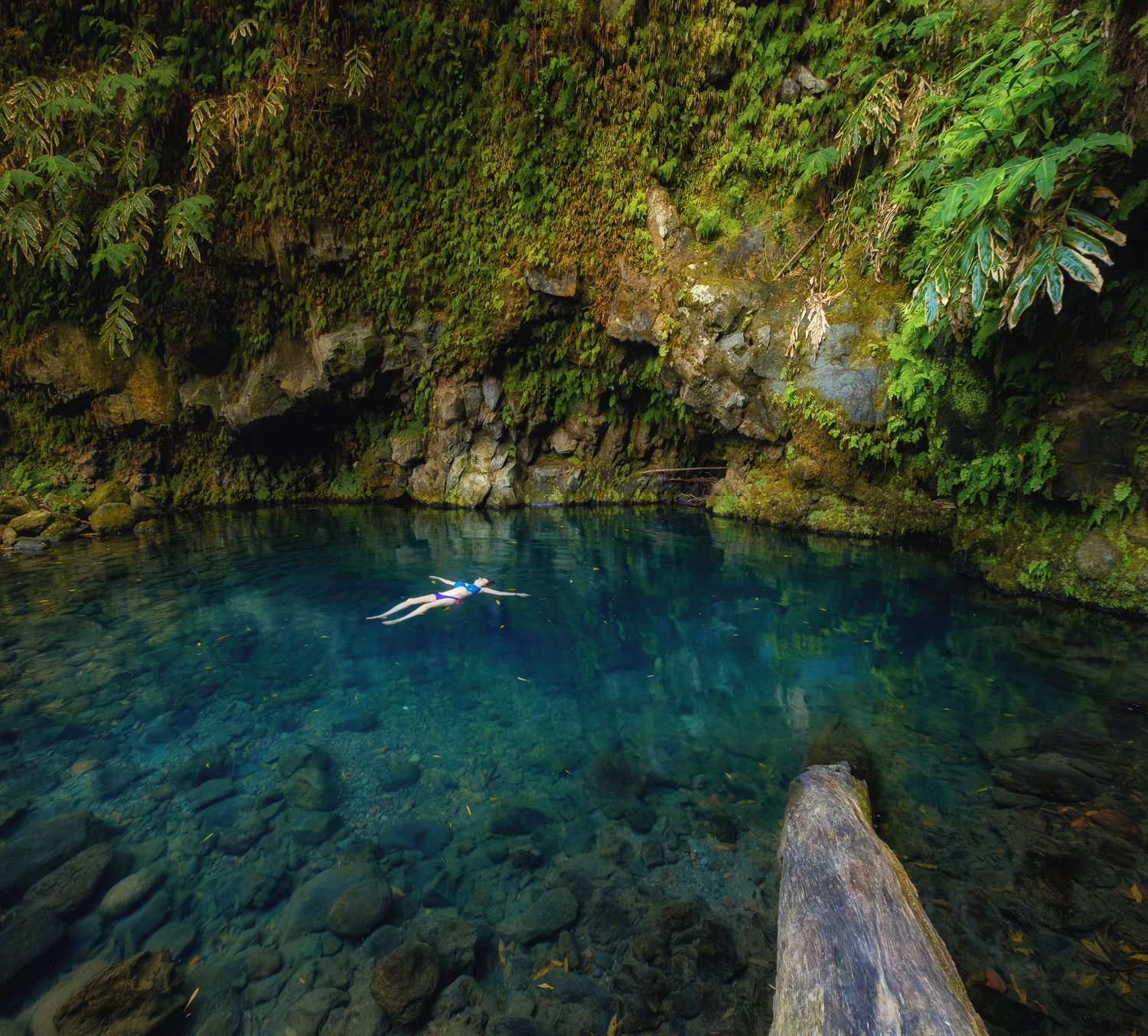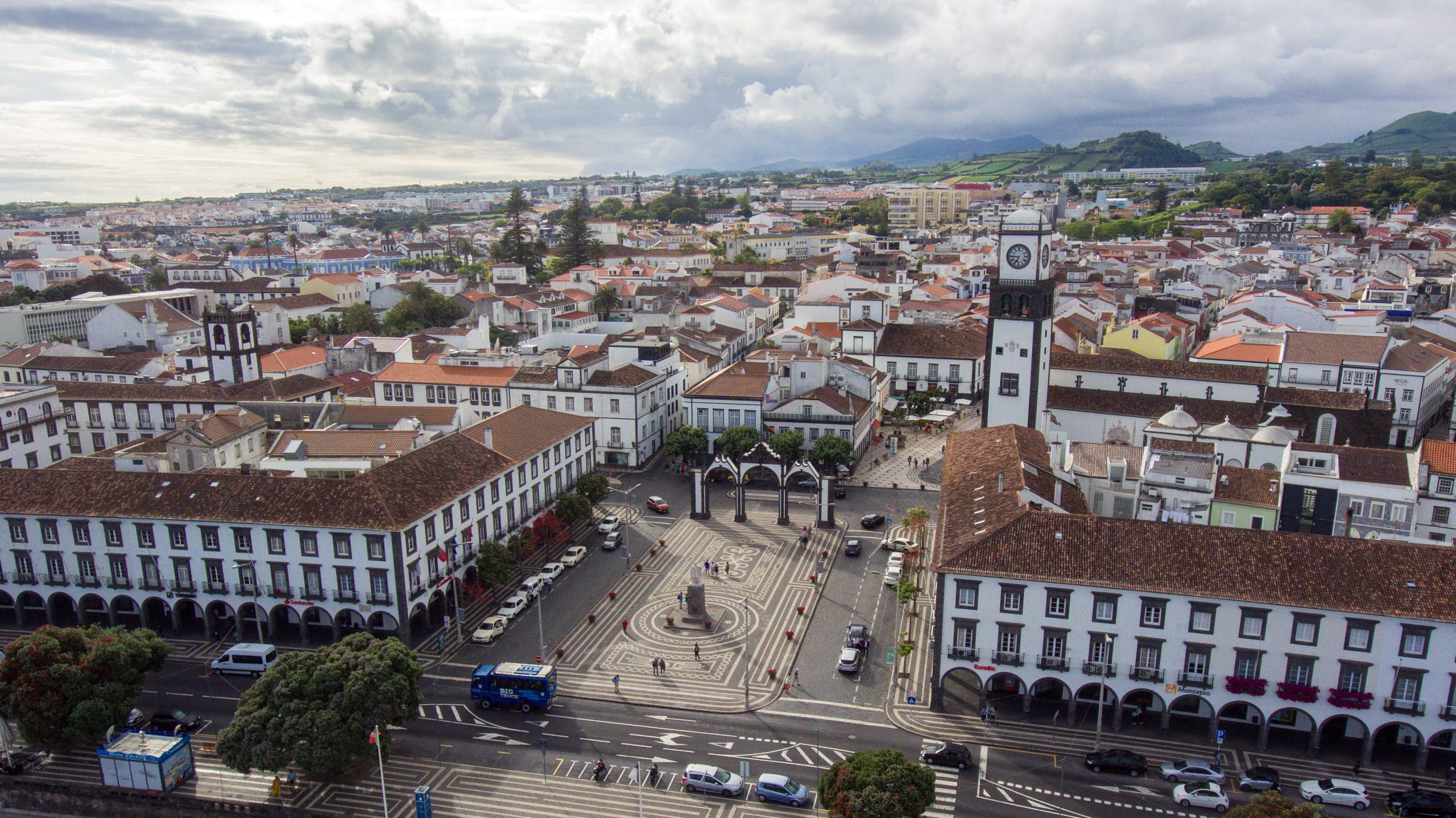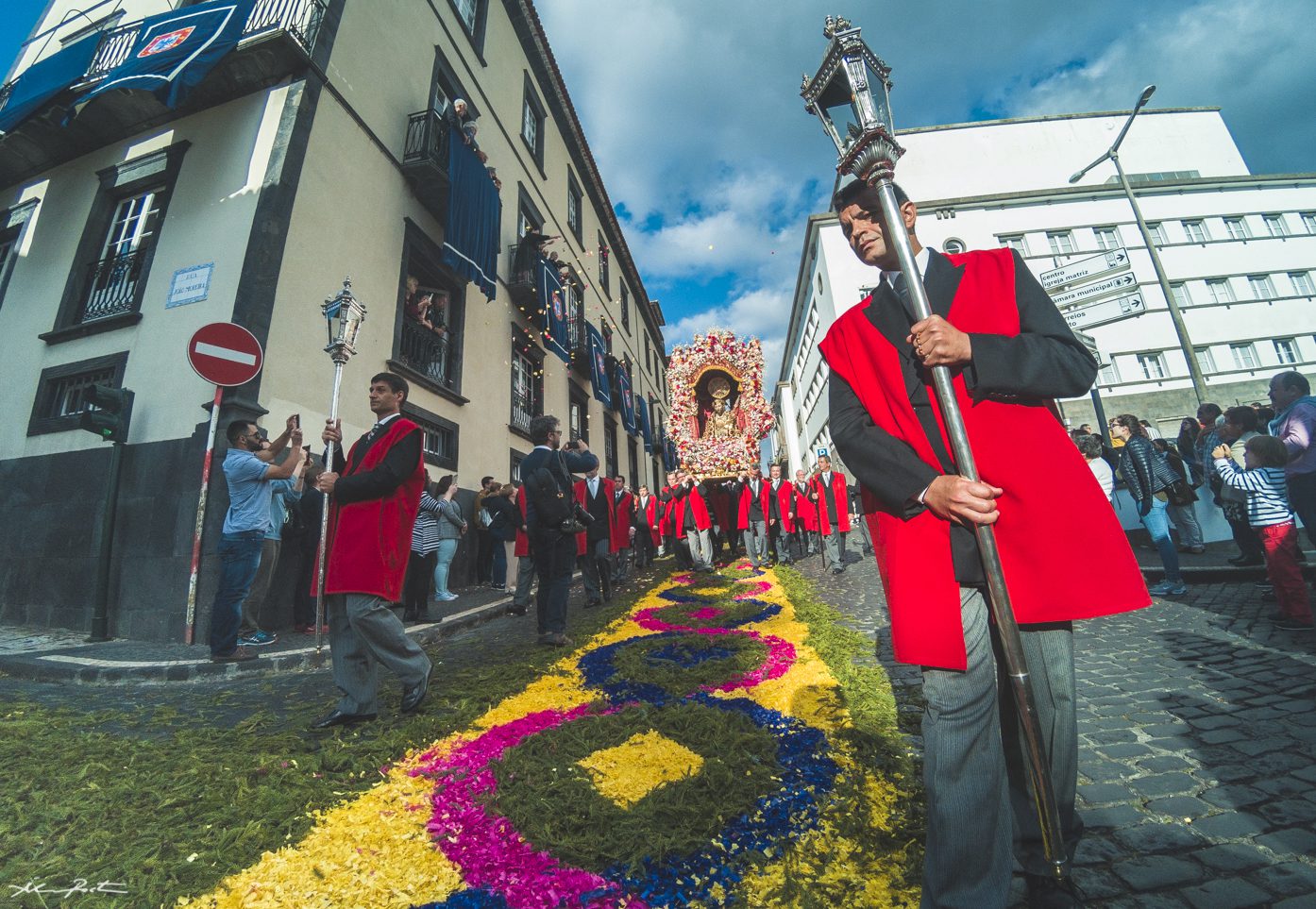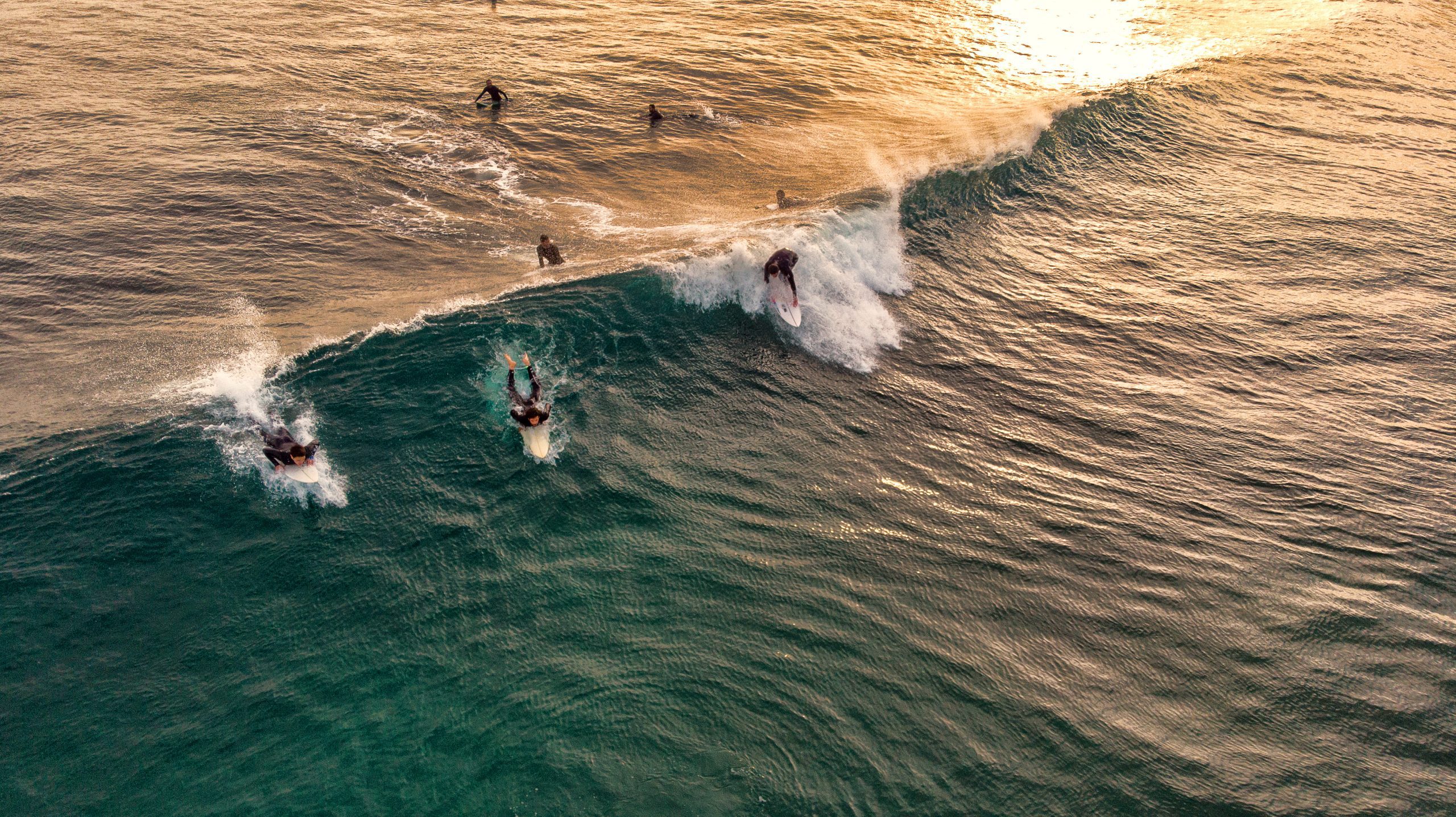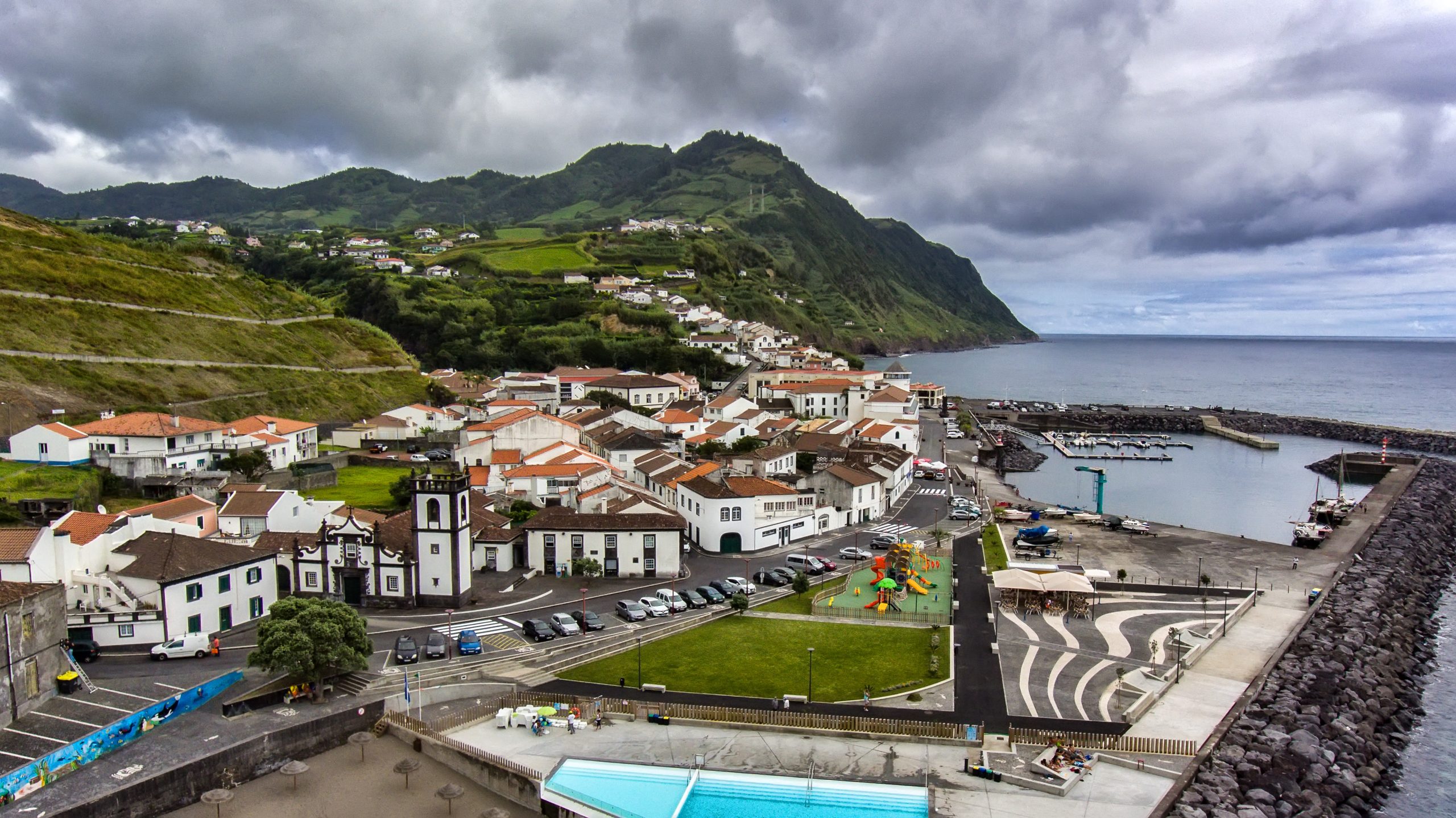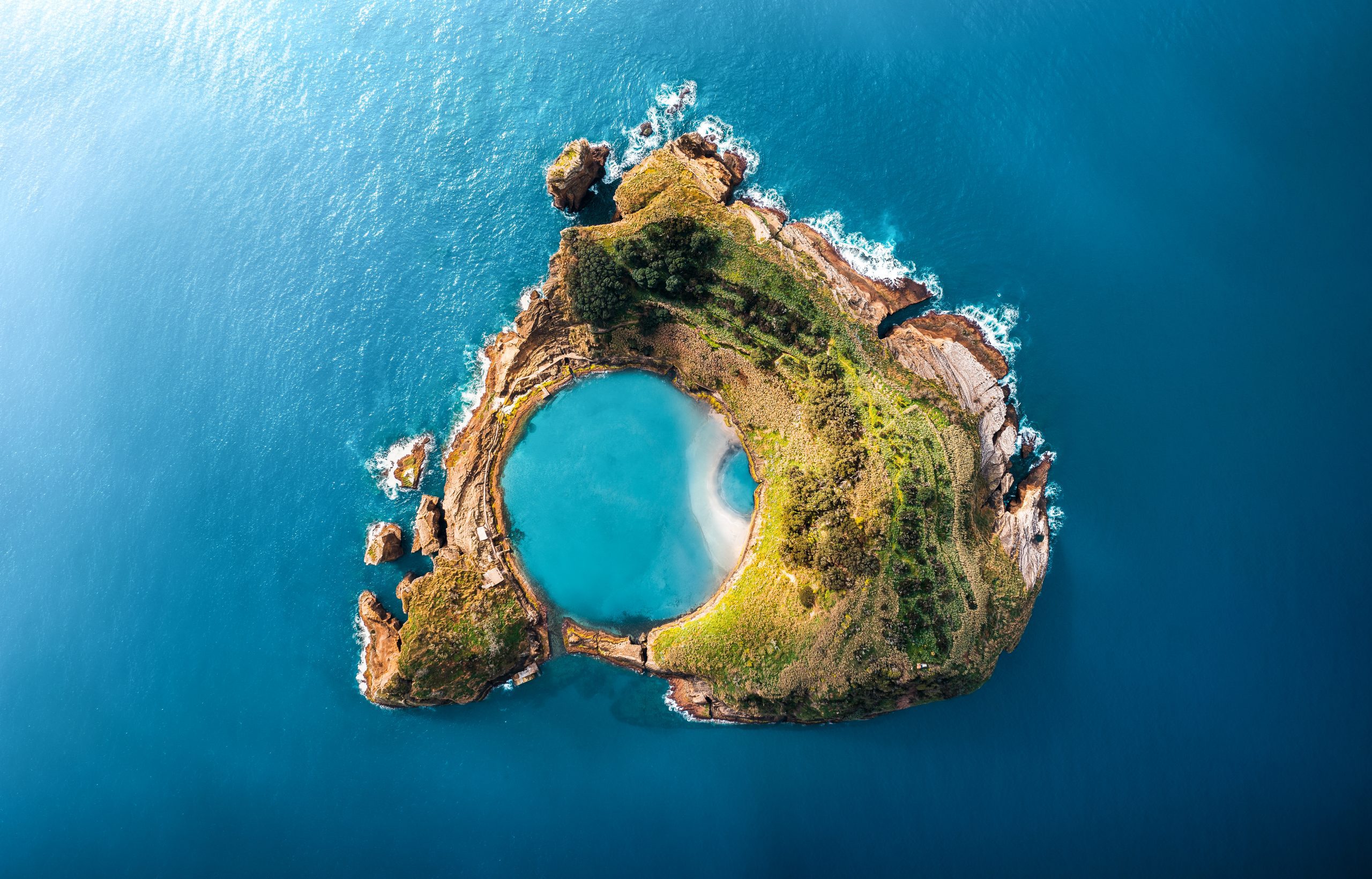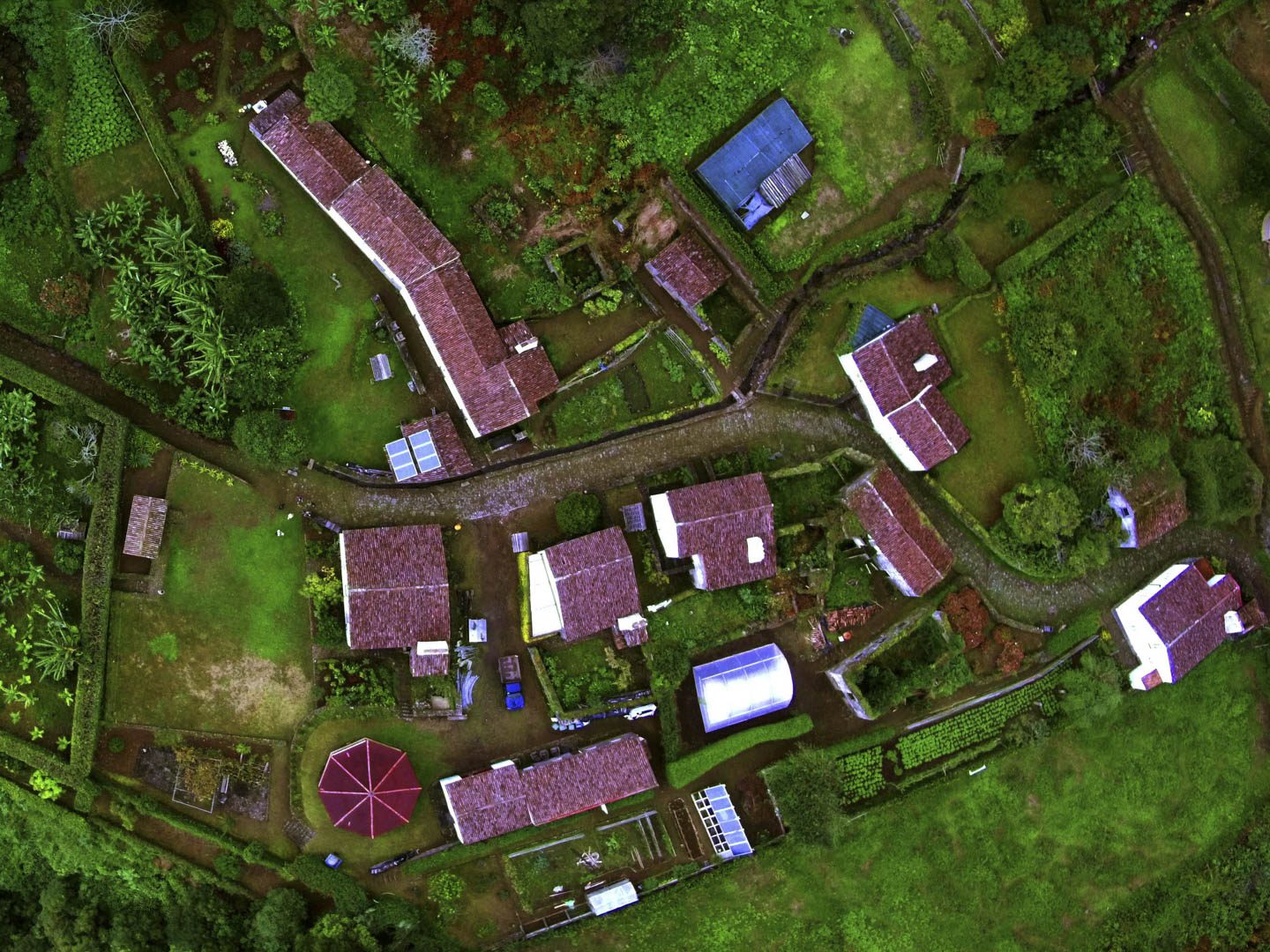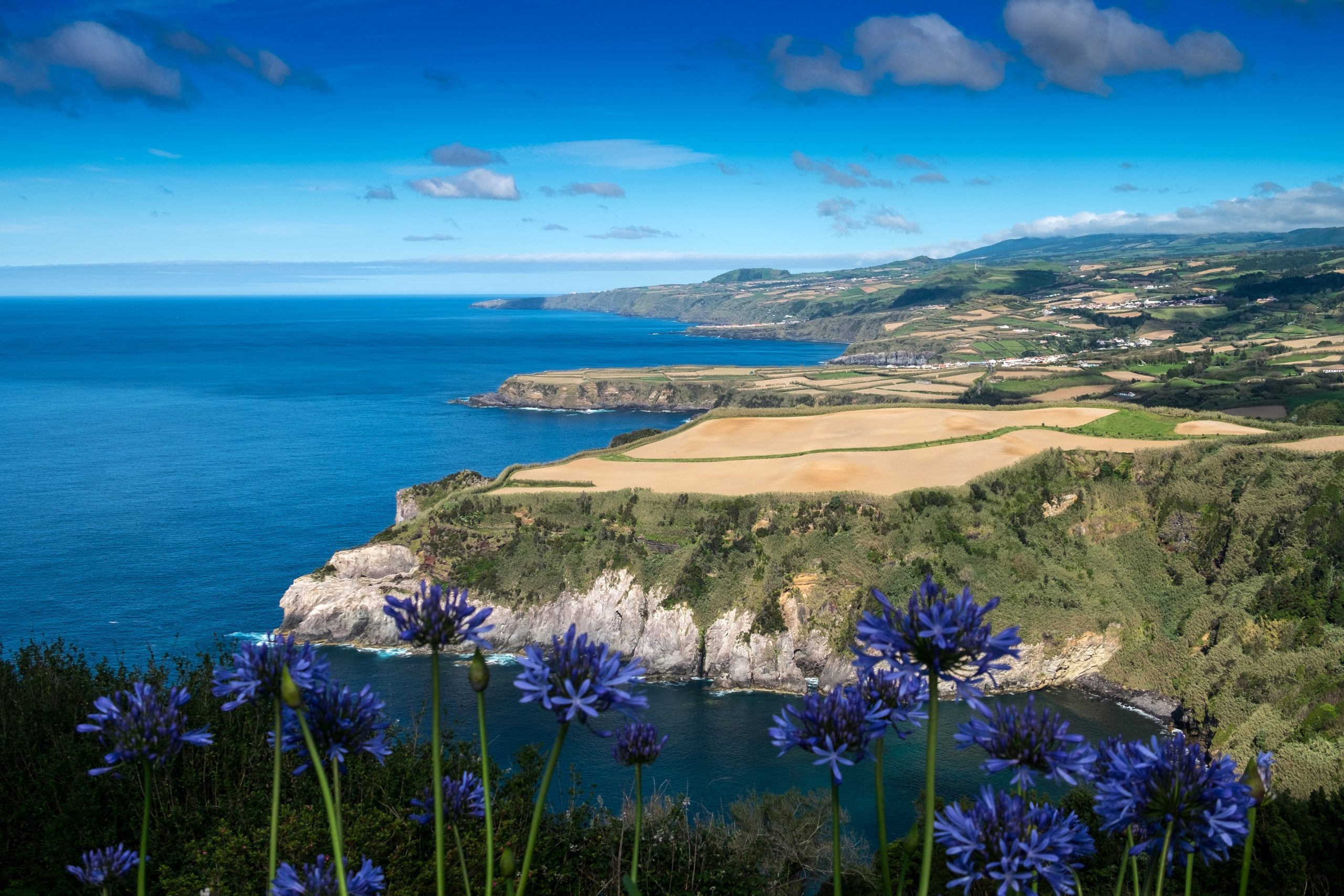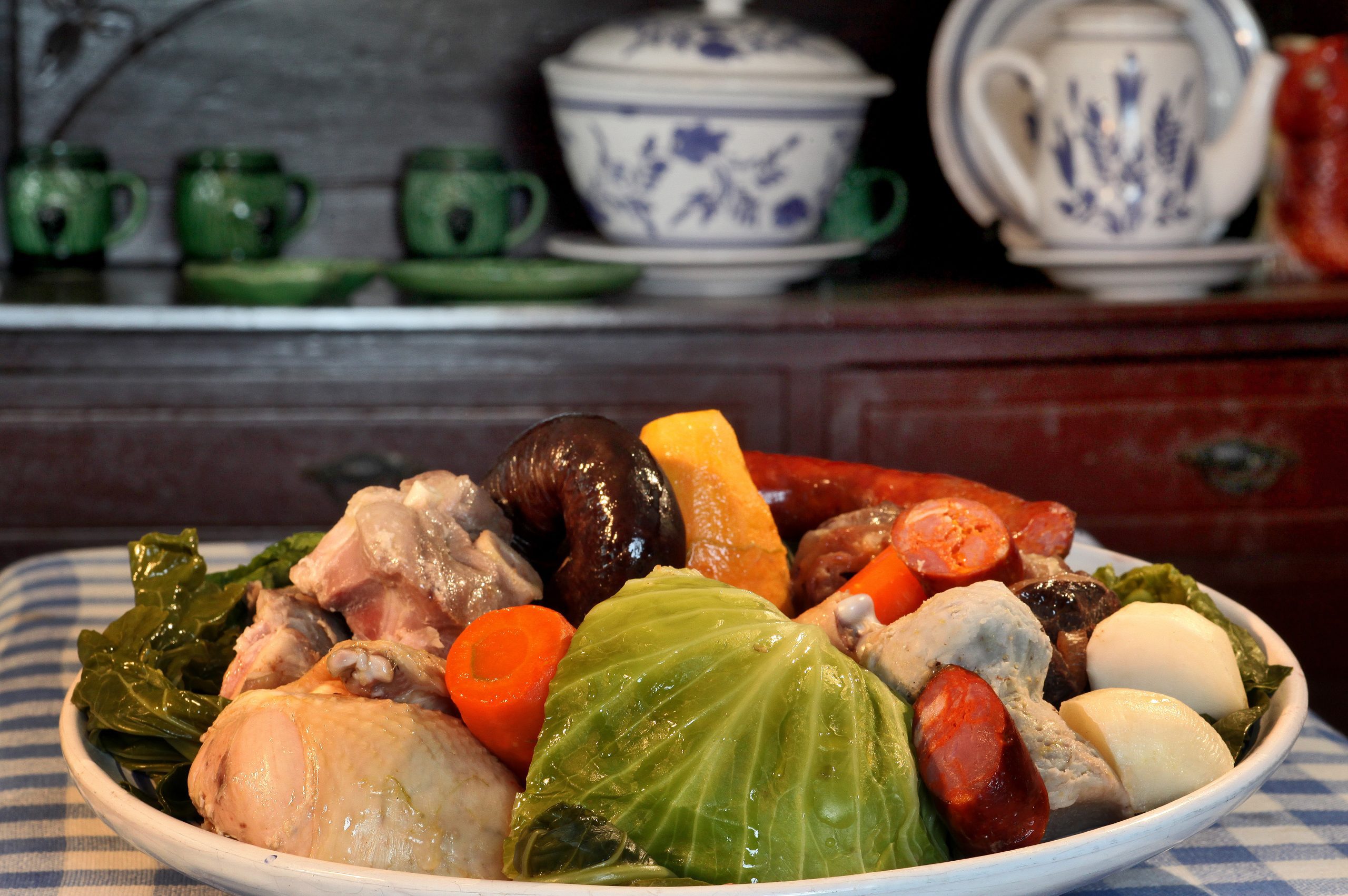Ponta Delgada is officially one of the best counties in Portugal to live in. The modern city is the biggest and most populated of the Azores. Ponta Delgada, a town with a 500-year history, maintains its traditions in the present day and is also renowned for its welcoming and approachable atmosphere. The city offers a peaceful and serene environment that embodies the laid-back lifestyle of the Azorean people.
What is Ponta Delgada

In the beginning, Ponta Delgada was only a tiny fishing village. But quickly, thanks to its safe bays, it became the most important harbor for trade on the island. King João III declared Ponta Delgada a city in 1546 after an earthquake destroyed the island’s previous capital in 1522.
During the 19th century, the city experienced a golden age characterized by economic prosperity from exporting citrus to the UK and an influx of foreign merchants, including Jewish families. The city emulated English taste by building romantic gardens and beautiful palaces and improving the city’s appearance.
What to Do at Ponta Delgada
Gruta do Carvão

Gruta do Carvão is the longest known volcanic tunnel on the island of São Miguel, which is part of the Azores archipelago. Experts estimate its length to be 5 km. Its value lies in the diverse geological features typical of the volcanism that created the cave. The cave is conveniently located near the center of Ponta Delgada. As a result, Gruta do Carvão is a popular tourist attraction, offering guided tours to visitors.
→ Related article: Gruta do Carvão
Forte de São Brás
Forte de São Brás is a historic fortification in Ponta Delgada. In the 16th century, builders constructed the fort to defend the city against pirates and corsairs, and it played a significant role in protecting the island during the Age of Discoveries.
The fort has undergone several renovations over the centuries. It is now home to the Azores Military Museum, which displays a collection of artifacts and documents related to the Azores’ military history. Visitors can explore the fort’s ramparts, bastions, and tunnels and learn about the island’s military history through exhibits, models, and multimedia presentations.
Today, Forte de São Brás is considered an important cultural and historical landmark in Ponta Delgada and a tourist attraction for those interested in the Azores’ rich history and heritage.
Mata-Jardim José do Canto

The botanical garden, Mata-Jardim José do Canto, is located in Ponta Delgada and was established in the 19th century by José do Canto, a significant historical figure of São Miguel island. The garden boasts a vast collection of plants from various regions around the globe, making it an excellent location to experience nature while still in the heart of the city.
Botany enthusiasts, in particular, are highly recommended to visit this beautiful site. Moreover, the garden has recently incorporated a specific area dedicated to endemic species of Macaronesia, further enhancing its appeal to visitors.
→ Related article: Mata-Jardim José do Canto
Jardim António Borges

The António Borges Garden, established between 1858 and 1861, is one of the most significant historical gardens on the island of São Miguel. Initially, it served as a private garden for António Borges, a wealthy and nature-loving man interested in collecting plants. After his passing, the Municipality of Ponta Delgada purchased the garden and inaugurated it as a city park in 1957. Over time, the garden has undergone renovations while retaining its original beauty.
In addition to its vast collection of plants, the garden provides a picturesque setting to stroll around. Visitors can grab a drink at the café, read a book by the small lagoons, or explore the meandering paths that lead to artificial tunnels and small caves constructed from red lava rock. One of the most prominent and noteworthy species in the garden is the “Ficus macrophylla” or Moreton Bay Fig, a colossal tree with aerial roots that is a compelling reason to visit the garden.
→ Related article: António Borges Garden
Mercado da Graça

The market of Ponta Delgada, which you can still visit in its original location today, was inaugurated in 1847. Before its establishment, trade in Ponta Delgada occurred in various places but was primarily concentrated in the area south of the city’s main church, the Church of São Sebastião. Numerous farmers sell their products at the Mercado da Graça, while others offer various fruits and vegetables.
This market is the ideal place to purchase local products, whether you intend to prepare a meal or bring some Azorean fruit along as you explore the island. There are also designated areas for butchers and a fish market where you can observe various fish species caught in the deep Atlantic Ocean.
Additionally, shops are selling Azorean cheese, wine, and crafts. The market is open every day except Sundays, and the best time to visit is in the morning when more stands are selling their products, allowing for a unique shopping experience among the locals.
→ Related article: Mercado da Graça
Museu Carlos Machado

Dr. Carlos Machado founded the Museum in 1876. It showcases zoology, botany, geology, and mineral collections. In 1930, the Convent of Santo André was acquired, allowing for the consolidation of all collections under one roof. In 2006, the Sacred Art section located in the Igreja do Colégio dos Jesuítas was integrated with the museum. Subsequently, in 2010, the Núcleo de Santa Barbara was added to the museum and focused on promoting culture and preserving memory.
Did you know
This church is a stunning example of Baroque art, established by the Order of the Society of Jesus in 1592. However, in 1760, the Marquês de Pombal ordered the Jesuits’ expulsion from Portugal. Nicolau Maria Raposo de Amaral later purchased the church in 1834, whose heirs subsequently donated it to the Municipality of Ponta Delgada. Today, it is part of the “Núcleo de Arte Sacra do Museu Carlos Machado” and is open to visitors.
Parque Atlântico
The largest shopping mall in the Azores is the Parque Atlântico. It was opened in 2007 and boasts over 89 stores and 17 restaurants, making it an ideal destination for shopping enthusiasts. Architect José Quintela designed the mall as a tribute to the Azores and the Atlantic Ocean. Upon entering, visitors are immediately greeted by an enormous sperm whale.
Numerous other Azorean references are also inside, including a whaling boat, winch, and various other items. The mall is conveniently located close to the city center.
Piscina do Pesqueiro

Swimming in the ocean is a profoundly ingrained activity among the residents of Ponta Delgada. It is a popular pastime for leisure, health, and socializing with friends. One of the most frequented local spots is the Zona Balnear do Pesqueiro, where people can be seen year-round enjoying the ocean. The area is located in “Portas do Mar” and offers excellent amenities, making it a safe and comfortable place for anyone to dip at any time.
Pineapple Plantations

The introduction of Pineapple to the Azores during the 19th century may seem unexpected, but it soon became a symbolic fruit for the island of São Miguel. Pineapple was brought in to fill the void left by the loss of orange cultivation due to a disease caused by the fungus Phytophthora Citrophthora.
One of the most influential businessmen in the Azores, José Bensaude, initiated the first greenhouses for pineapple cultivation on São Miguel Island. On November 12th, 1864, the first shipment of Azorean pineapples was exported to England.
Today, there are approximately 230 pineapple producers in the S. Miguel islands, with an estimated annual production of 700 to 1000 tons. Visitors can explore numerous plantations to learn more about this fascinating fruit and the various other products that can be derived from it. Additionally, they can indulge in tasting the delicious fruit.
Visit Pineapple Plantations
- Plantação de Ananás dos Açores: Rua das Laranjeiras, 9500-317 Ponta Delgada;
- Ananás Arruda: Rua Dr. Augusto Arruda, 9500-454 Fajã de Baixo;
- Ananás Santo António: Rua José Manuel Bernardo Cabral N.º 1, 9500-450 Ponta Delgada;
- Centro Interpretação da Cultura do Ananás: Rua Direita N.º 124, Fajã de Baixo, 9500-448 Ponta Delgada.
Portas da Cidade

The Portas da Cidade is a historical landmark in Ponta Delgada. It was built in 1783 near the sea as an entrance to the city. It consists of three arches made of basalt stone with baroque ornaments. The gates feature the Portuguese coat of arms and the coat of arms of Ponta Delgada in the center. Over the years, many notable figures, including kings, princes, and presidents, have passed through them.
Originally located near the sea, they later moved them to Gonçalo Velho Cabral square after constructing the main avenue, the Avenida Infante Dom Henrique or Avenida Marginal. Portas da Cidade is the backdrop for many events in Ponta Delgada, such as New Year’s Eve, Christmas, and the Azores Airline Rally. Interestingly, Fall River, United States, home to many Azorean immigrants, also hosts a life-size replica of these gates.
→ Related article: Portas da Cidade
Praia das Milícias

If you’re searching for a nearby beach to Ponta Delgada, Praia das Milícias offers an excellent option on the south coast of São Miguel island. Locals also refer to this beach as “Praia Grande”, which is well-known among them. In addition to attracting surfers, families also prefer it because the ocean here is typically calm, and there is always supervision on the beach.
There are some bars and restaurants near the beach as well. You can easily reach this location in a few minutes by car or public transportation. Alternatively, a pleasant walking or cycling trail runs from the city center to São Roque, close to Praia das Milícias.
→ Related article: Praia das Milícias
Biblioteca Pública e Arquivo Regional
Established in 1841, the Public Library of Ponta Delgada is an institution that has stood the test of time. In 1931, the library incorporated the Arquivo Regional, and it has been housed in the old Colégio dos Jesuítas since 2001. The library is an excellent destination for those passionate about learning and acquiring knowledge, as it hosts various cultural events. The library is also popular for visitors with Azorean roots who wish to explore their family genealogy.
Rocha da Relva

Rocha da Relva is a detrital fajã, a flat area formed by rockfalls and landslides. This area is accessible through a trail near the Caminho Novo viewpoint or the Alminhas parking lot. You can see the Fajã of Rocha da Relva, which comprises more than 50 tiny houses, and the smaller yet similar fajã of Rocha do Cascalho. Access to the area is only by foot, but the house owners often use animals such as donkeys or horses to transport goods and people. The trail is 5.5 km (3.42 miles) long and not very difficult but quite steep.
→ Related article: Rocha da Relva
Convent of Nossa Senhora da Esperança
Founded in 1535, the Convent of Nossa Senhora da Esperança is believed to have been completed at an unknown date. The current building we observe is not the original, as earthquakes and a desire to enhance the Convent led to its transformation over time.
The convent was the first establishment in Ponta Delgada for Clarisse nuns under the obedience of the Order of São Francisco. Its main chapel is a must-see for visitors due to its magnificent golden carvings and blue and white tiles. Additionally, it holds great importance as it houses the image of Senhor Santo Cristo dos Milagres, around which one of the most important religious festivals in the islands is held annually.
→ Related articles: Senhor Santo Cristo dos Milagres | Public Holidays in the Azores
Sinagoga

In 2015, after restoring the former Sahar Hassamaim Synagogue, a group of Jewish immigrants from Morocco, who had founded it in 1836, opened the Hebraic museum, Sahar Hassamaim — Portas do Céu. The museum is composed of four accessible areas:
- Mikeve, which was the ancient ritual bath;
- Espaço da Memória, dedicated to the cultural and historical aspects of the Hebrew presence in the Azores archipelago;
- Quarto da Memória, which focuses on the history of the sisters Albo and the building itself;
- Sahar Hassamaim Synagogue.
Get more travel tips on Kayak’s Ponta Delgada Travel Guide.
Plan Your Visit to Ponta Delgada
Where to Eat Near Ponta Delgada
If you need somewhere to eat near Ponta Delgada, click here. In this link, you’ll find the 10 best restaurants on Tripadvisor.
Where to Stay Near Ponta Delgada
To make your life easier, we’ve filtered the search by:
Top Places to Visit Near Ponta Delgada
Ilhéu de Vila Franca do Campo

The islet of Vila Franca do Campo is probably the best beach on São Miguel island. It is an old submarine volcano with crystal-clear waters in its crater, where you can swim and snorkel. However, this wonder of nature is only open from June to October for preservation purposes. If you visit the island outside the high season, you can still visit Vinha da Areia beach in Vila Franca do Campo. The black-sand beach is ideal for relaxing when the sun is shining.
→ Related articles: Vila Franca do Campo | Vila Franca do Campo Islet | Miradouro da Nossa Senhora da Paz | Ermida de Nossa Senhora da Paz | Praia da Amora | Praia da Vinha da Areia | Praia de Água D’Alto
Lagoa

Lagoa is where nature meets urban life and creates the perfect balance. A few minutes away from the town, hidden trails abound with waterfalls, mystical volcanic lakes, and idyllic beaches. Thanks to various museums and traditional events, culture and history seekers will also be satisfied.
→ Related articles: Lagoa | Caloura
Lagoa do Fogo

Lagoa do Fogo is located in the crater of a dormant volcano that formed approximately 15,000 years ago. It boasts exceptional natural beauty and stunning landscapes. This awe-inspiring turquoise lake is a true testament to nature’s slow yet powerful force. Many stories can be told, and perhaps yours will begin here.
This pristine and less humanized area even features a pumice beach along the lagoon’s shores, which was recognized as the best wild beach in Portugal in the 7 Wonders Beaches of Portugal Contest. From the heart of São Miguel Island, the Serra da Água de Pau Volcanic Massif rises, with Lagoa do Fogo nestled in its embrace. The area is a treasure trove of untouched, pure nature and magnificent landscapes.
→ Related articles: Caldeira Velha | Janela do Inferno | Lagoa do Fogo | Salto do Cabrito
Maia

Peacefulness and the smell of the ocean mix in the town of Maia. It is a quiet coastal village on top of an old lava flow with luxuriant nature and a rich culture and history. Maia is far away from tourist crowds and camera flashes. Discover a place locals know how to appreciate.
→ Related articles: Maia | Gorreana Tea Plantation | Praia da Viola
Mosteiros

A town completely turned to the ocean, where the soothing salty breeze is omnipresent everywhere you go. A smell of holidays and an idyllic vision for sea lovers. The picturesque village of Mosteiros is the place to be for a refill of good vibes and the preferred spot for sunset enthusiasts.
→ Related articles: Mosteiros | Praia dos Mosteiros
Ribeira Grande

Ribeira Grande, the surf capital, is a beautiful coastal city on the North coast of São Miguel island. It is also the second-biggest city in the isle after Ponta Delgada. The city’s treasures include several churches, beautiful squares where locals and tourists meet, a farmers’ market, a river, and a fascinating Azorean Emigration Museum.
→ Related articles: Ribeira Grande | Caldeiras da Ribeira Grande | Pico da Barrosa | Porto de Santa Iria | Praia do Areal de Santa Barbara | Praia dos Moinhos | Rabo de Peixe | Miradouro de Santa Iria | Salto do Cabrito
Ponta da Ferraria

This is truly a wonder of nature. Ponta da Ferraria is the only hot spring in the Azores where you don’t have to pay to enjoy the relaxing warm waters. The best part is that it is in a volcanic fissure inside the ocean, which is 100% natural! You need to go when the sea conditions are good and at low tide to feel the warmth from the ground. Witnessing the volcanic origins of the Azores was a unique experience, as was swimming in a natural hot spring in the Atlantic Ocean.
→ Related articles: Ponta da Ferraria
Sete Cidades

Sete Cidades volcanic complex is a region and village in Ponta Delgada county, northwest of São Miguel. The love legend of the two-colored lake, renowned for its tale of a blue-eyed princess and a green-eyed farmer, tells how their tears created lakes after the king forbade their love.
→ Related articles: Sete Cidades | Lagoa das Empadadas | Lagoa das Sete Cidades | Lagoa de Santiago | Lagoa do Canário | Miradouro da Grota do Inferno | Miradouro da Vista do Rei | Monte Palace Hotel
Complementary Information
Best Season to Visit the Azores
The Azores Archipelago boasts a unique climate that shapes its lush landscapes, making it a splendid year-round destination. With mild temperatures and minimal fluctuations, each season offers something unique. Spring averages 16 °C, summer reaches 21 °C, autumn cools to 18 °C, and winter remains mild at 14 °C.
→ For a detailed breakdown of the weather by month, check the following links 🌤️☔️: January | February | March | April | May | June | July | August | September | October | November | December
How to Get to the Azores
The Azorean Archipelago is easily accessible through numerous flight routes. Lisbon and Porto are the main entry points to the continent, with direct flights available to São Miguel (PDL), Terceira (TER), Faial (HOR), Pico (PIX), and Santa Maria (SMA). To find the best flight, use search engines like eDreams or Skyscanner. These platforms enable you to compare prices and schedules from various airlines in one convenient location.
For more details on how to get to the Azores, take a look at our complete guide. But what if you want to explore beyond your arrival island? We’ve got you covered!
- Azores airports 🛬
- Flights between islands ✈️
- Ferries between islands ⛴️
- Which island to choose? 🏝️
- What airlines fly to the Azores? 🛩️
→ Once you’ve found the perfect route, book your tickets and get ready to experience one of the world’s most stunning island groups!
Travel Essentials
Essential Information for your Azores trip: Azorean Language & Phrases 🗣️ | Currency & Banks 💵 | Credit Cards & Traveler’s Cheques 🏧 | Driving in the Azores 🚗 | Electricity 🔌 | Experiences & Tours 🗺️ | Health & Safety 🩺 | Internet & Wi-Fi Access 🛜 | Phones & Mobile Service 📞 | Post Offices & Buying Stamps ✉️ | Public Holidays 🏖️ | Shopping 🛒 | Time & Daylight 🕒 | Whale Watching Guide 🐳 | Best Island to Visit 🏞️
Useful Tools & Apps
The weather in the Azores can be variable, so it’s helpful to use some apps before visiting the islands. Spotazores provides live camera feeds from the main tourist attractions, allowing you to check the weather and plan your visit. For accurate weather predictions, use Windy or Windguru — they provide the most reliable predictions.
Video
Conclusion
Visitors to Ponta Delgada will indeed find endless experiences and attractions to enjoy. From exploring the rich history of the city’s architecture and culture to immersing themselves in the stunning natural surroundings and participating in local festivals and events, there is something for everyone to enjoy. The city’s warm and welcoming atmosphere, combined with its vibrant and cosmopolitan character, makes it a truly unforgettable destination in the Azores.
Authors’ Note
I am pleased to inform you that all the recommendations in this article are based on my personal experience and observations. As the author, I have personally visited each attraction mentioned, ensuring that every suggestion is grounded in first-hand knowledge and genuine enthusiasm.
FAQs
Must-see attractions include the Portas da Cidade, the Mercado da Graça for local produce, the Gruta do Carvão, and the historic Church of São Sebastião. These sites highlight the city’s rich cultural and natural heritage.
The local cuisine in Ponta Delgada features fresh seafood, with highlights such as Cozido das Furnas, lapas, and queijadas. Try regional specialties at the Mercado da Graça or traditional Azorean restaurants.
The best time to visit Ponta Delgada is from May to September, when the weather is warm and conducive to outdoor activities. This period also hosts various festivals, offering a glimpse into local culture.
You can reach Ponta Delgada via João Paulo II Airport, which has regular flights from mainland Portugal, Europe, and North America. Several airlines offer direct flights, making it easily accessible. Once you are at the airport, you can enter the city in minutes by car.


